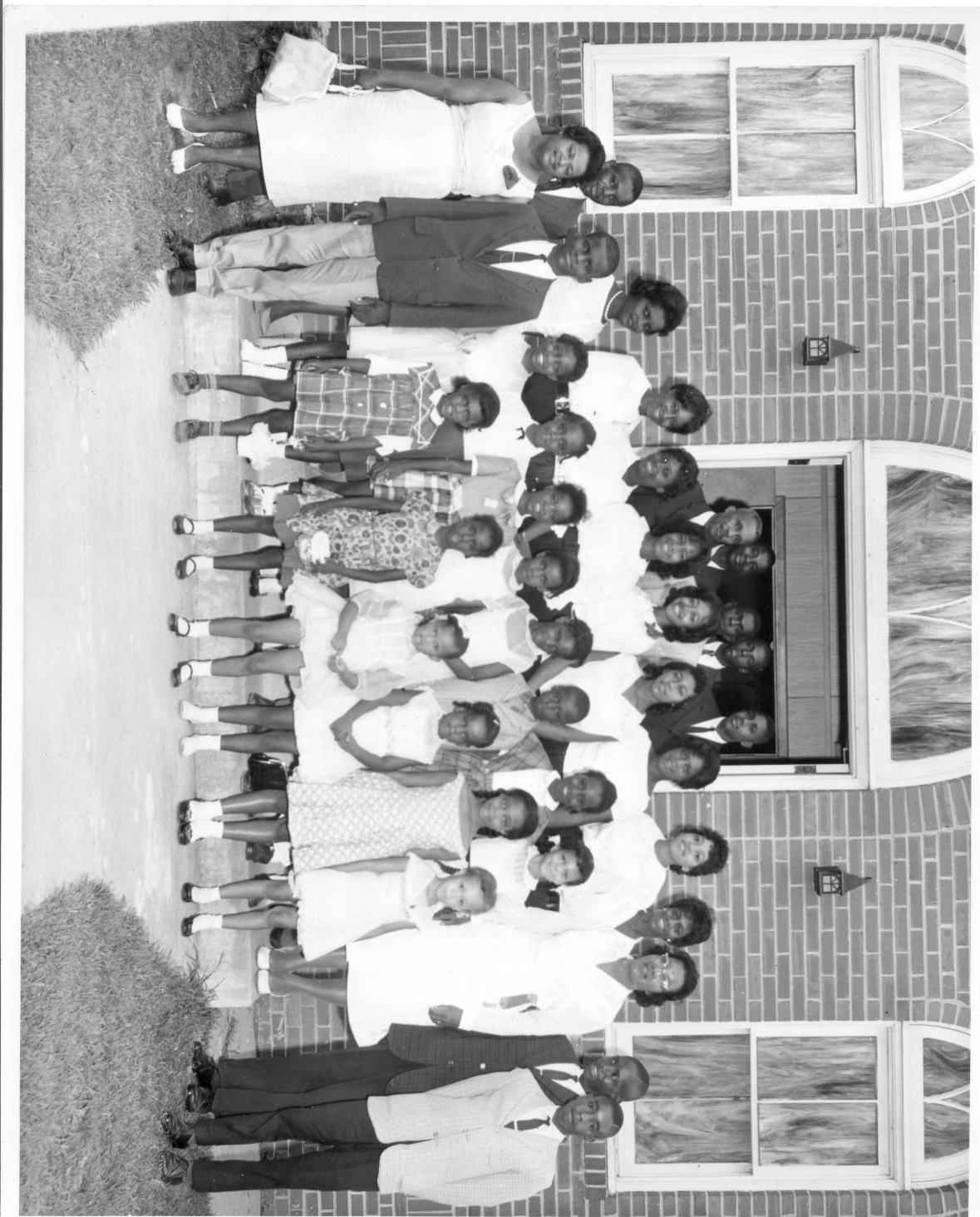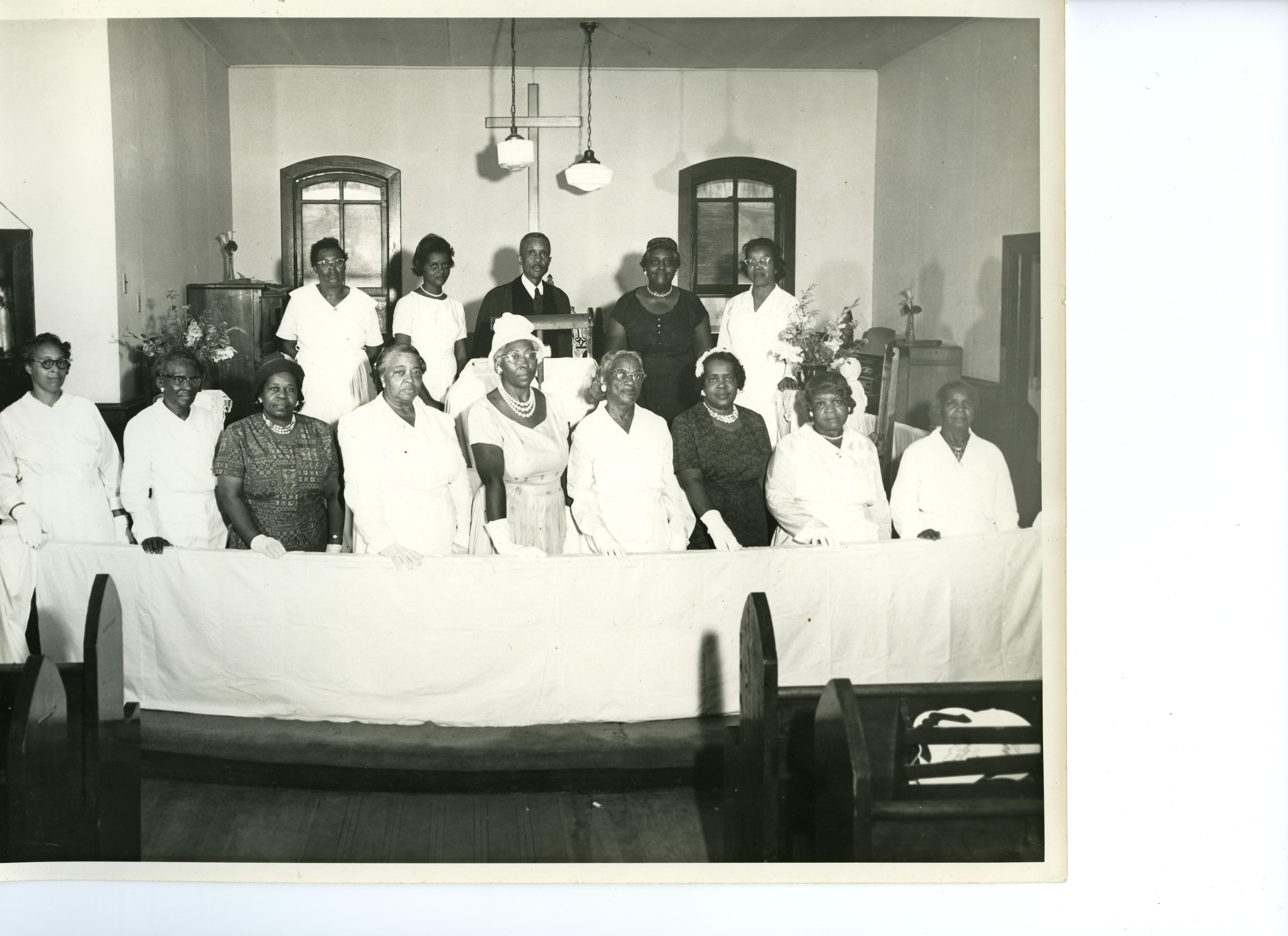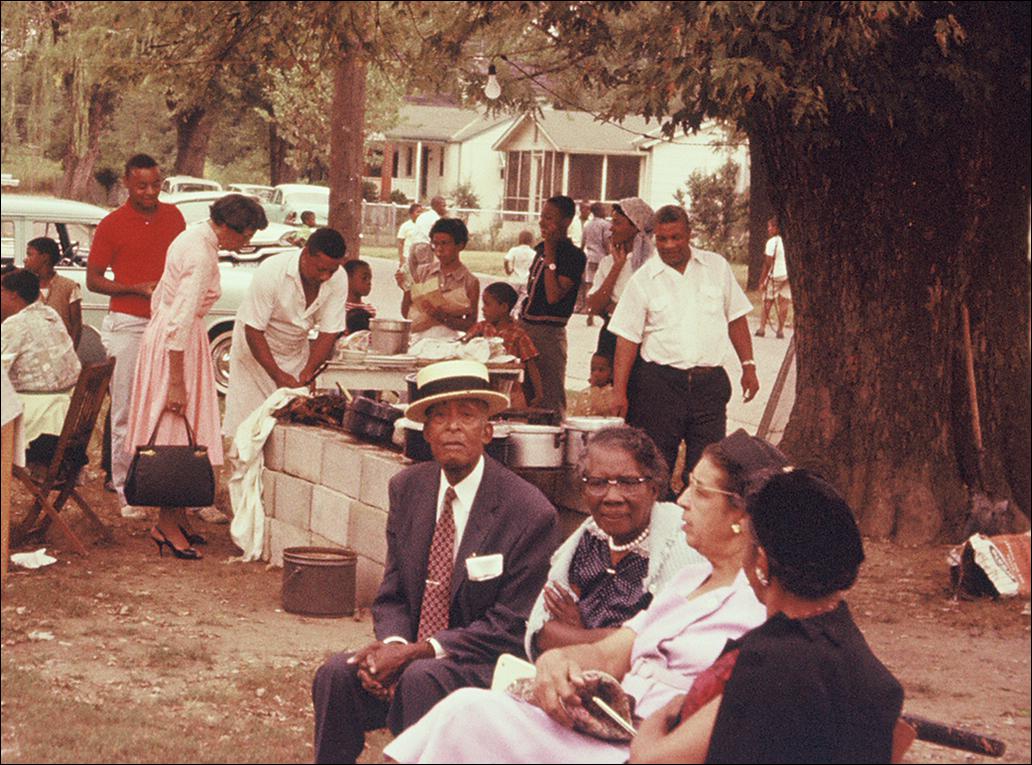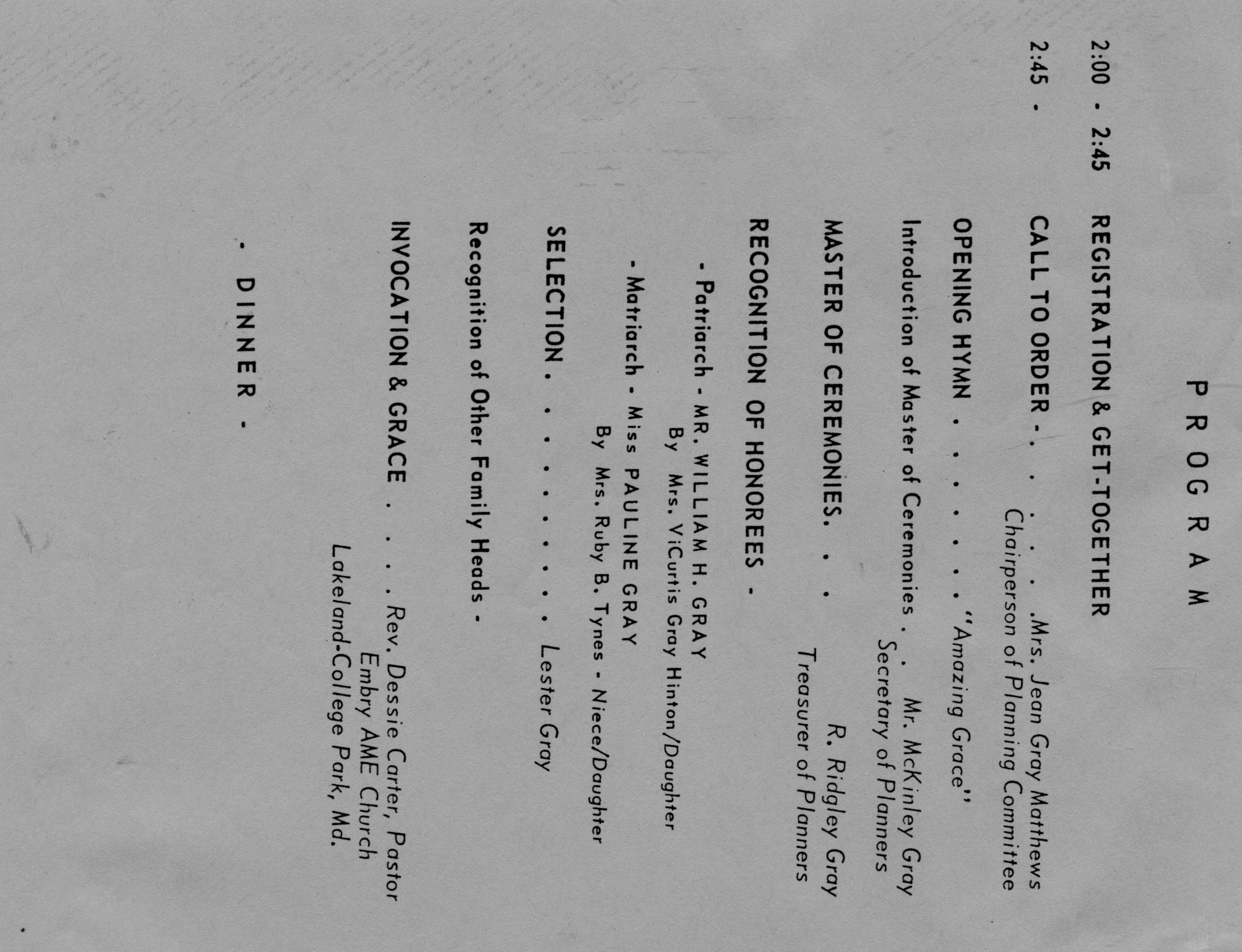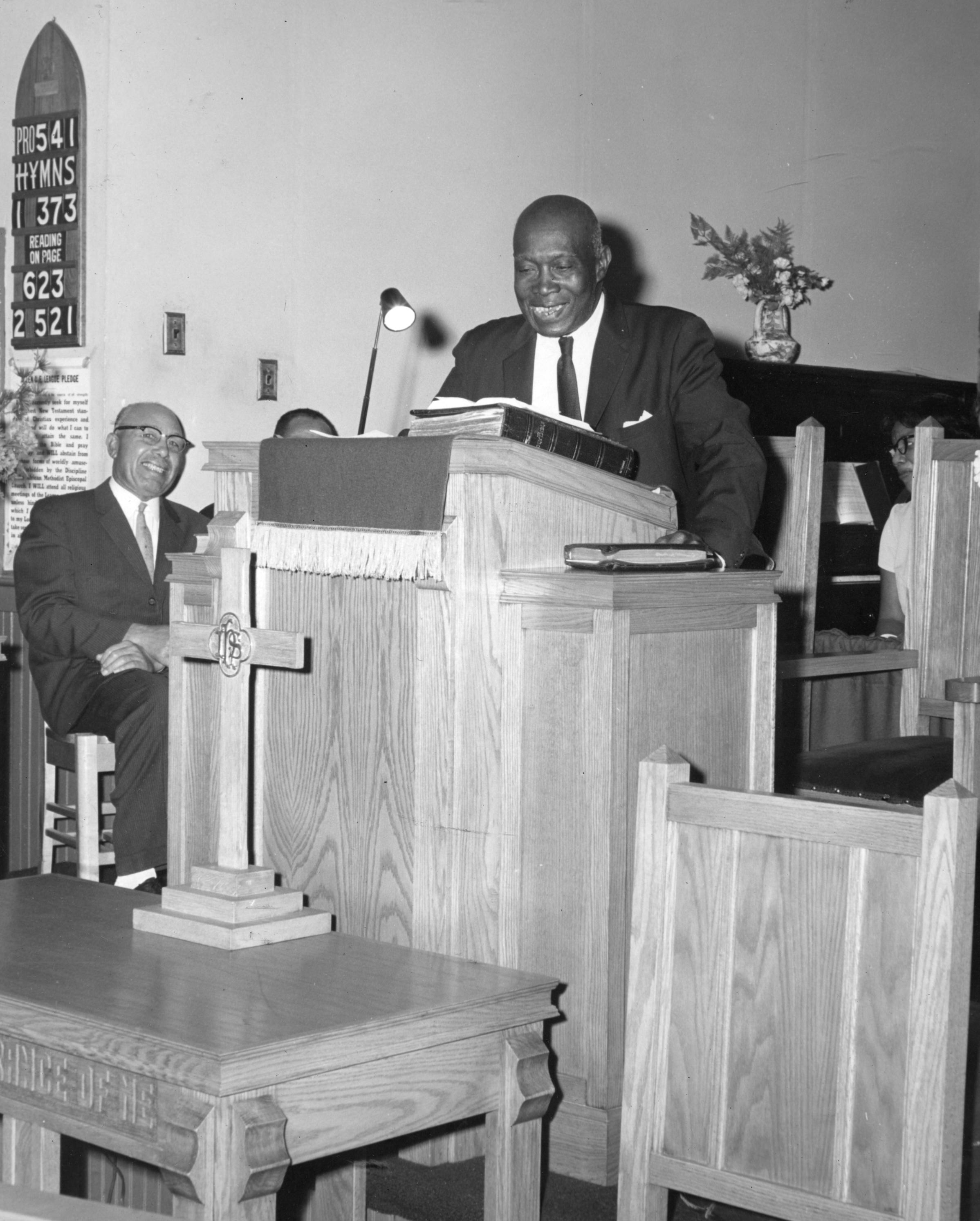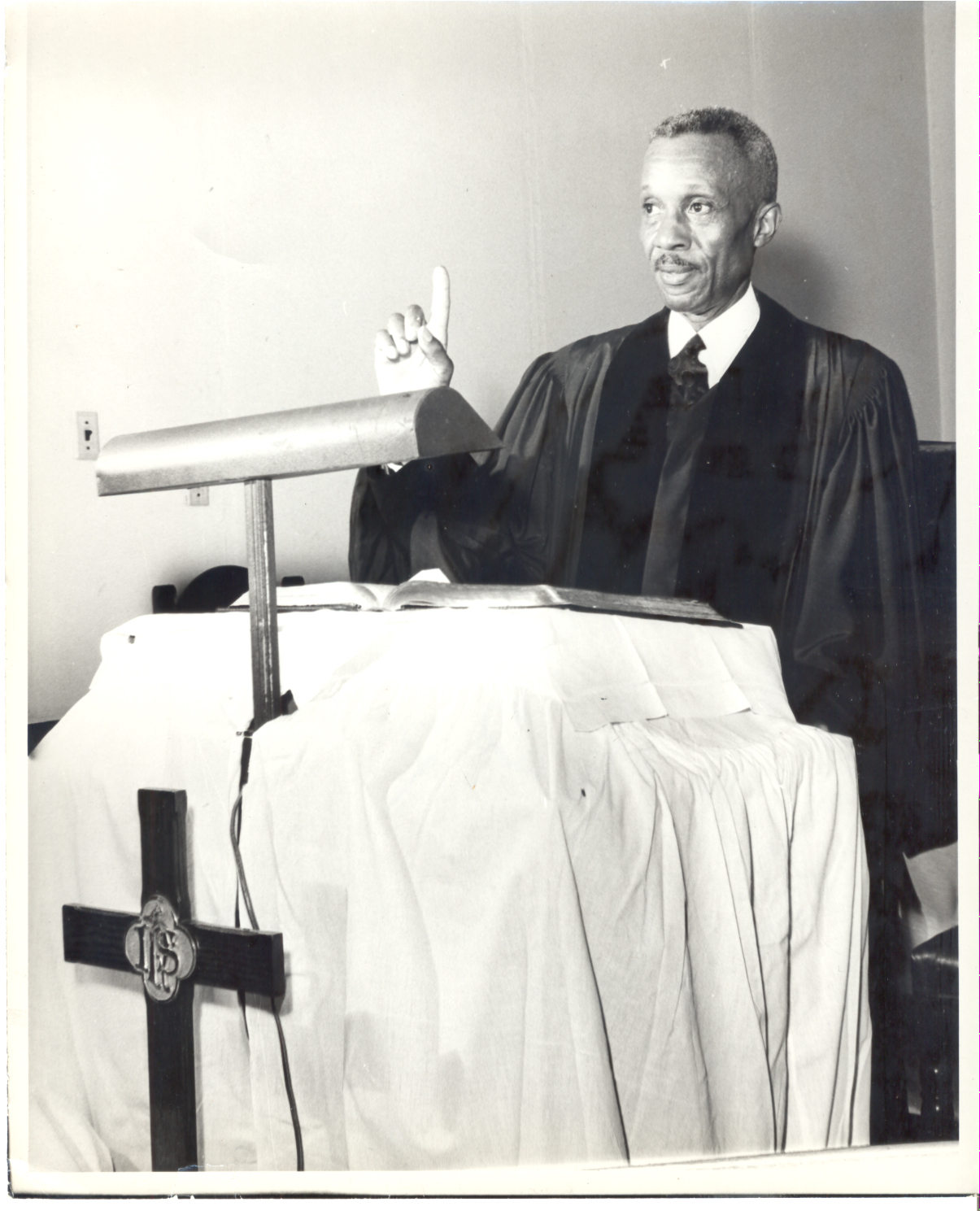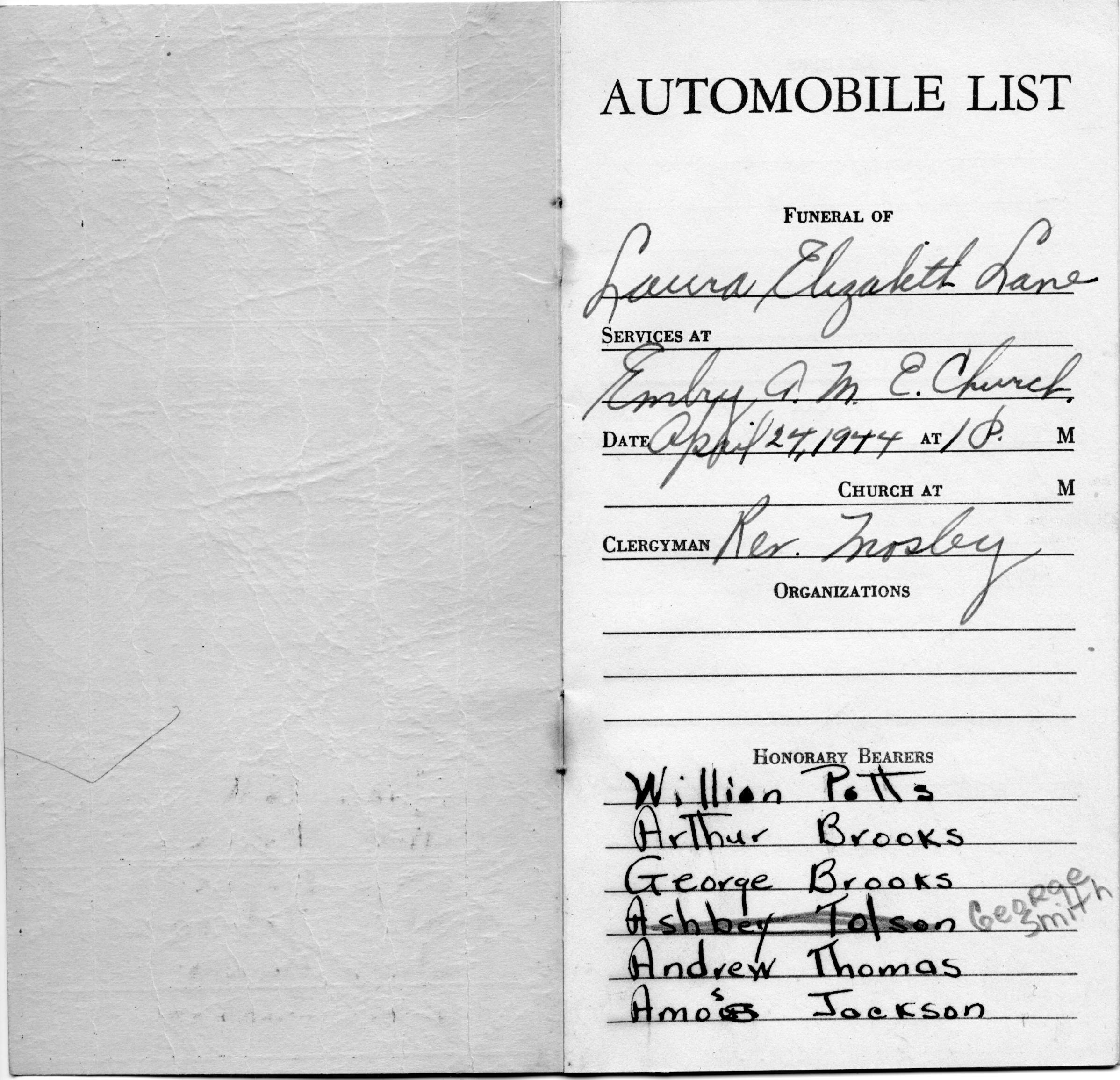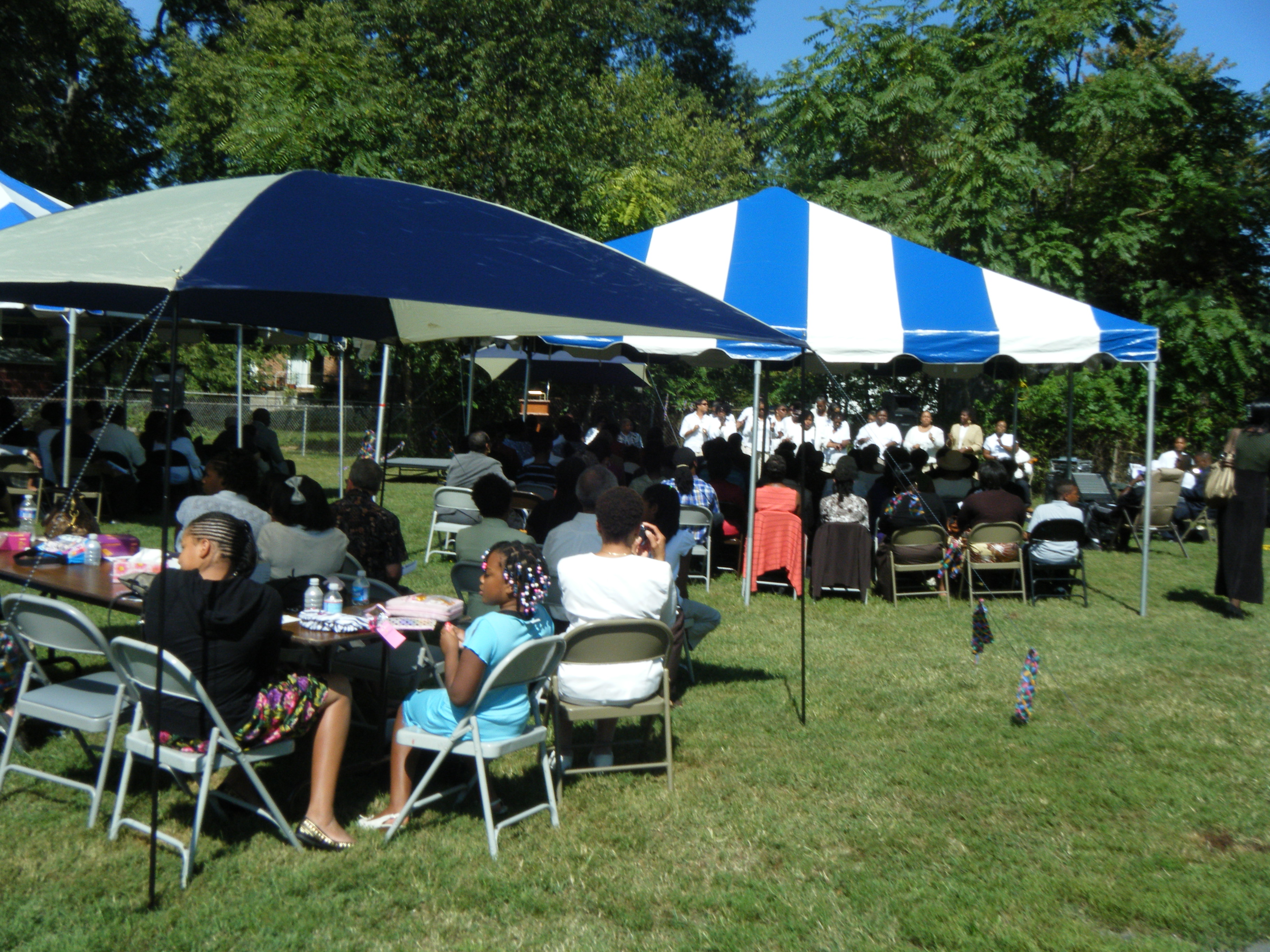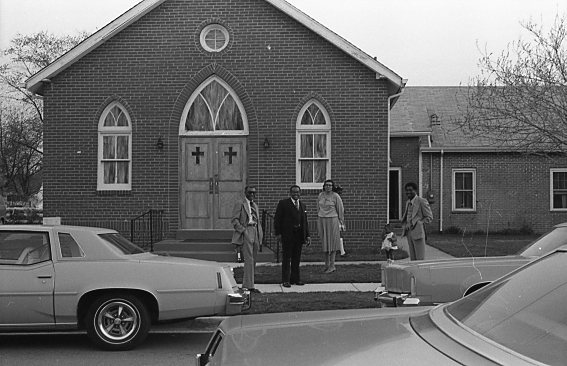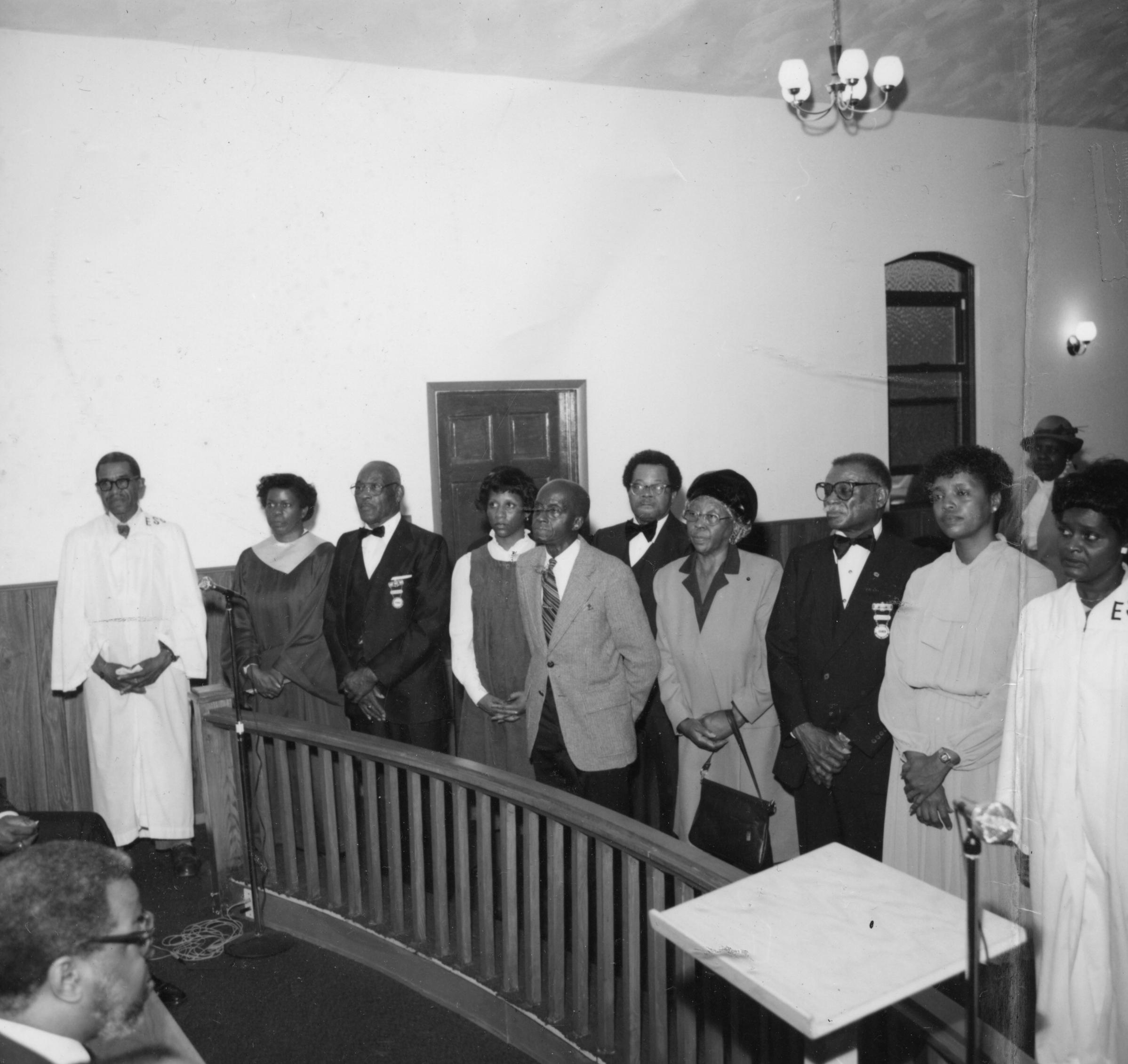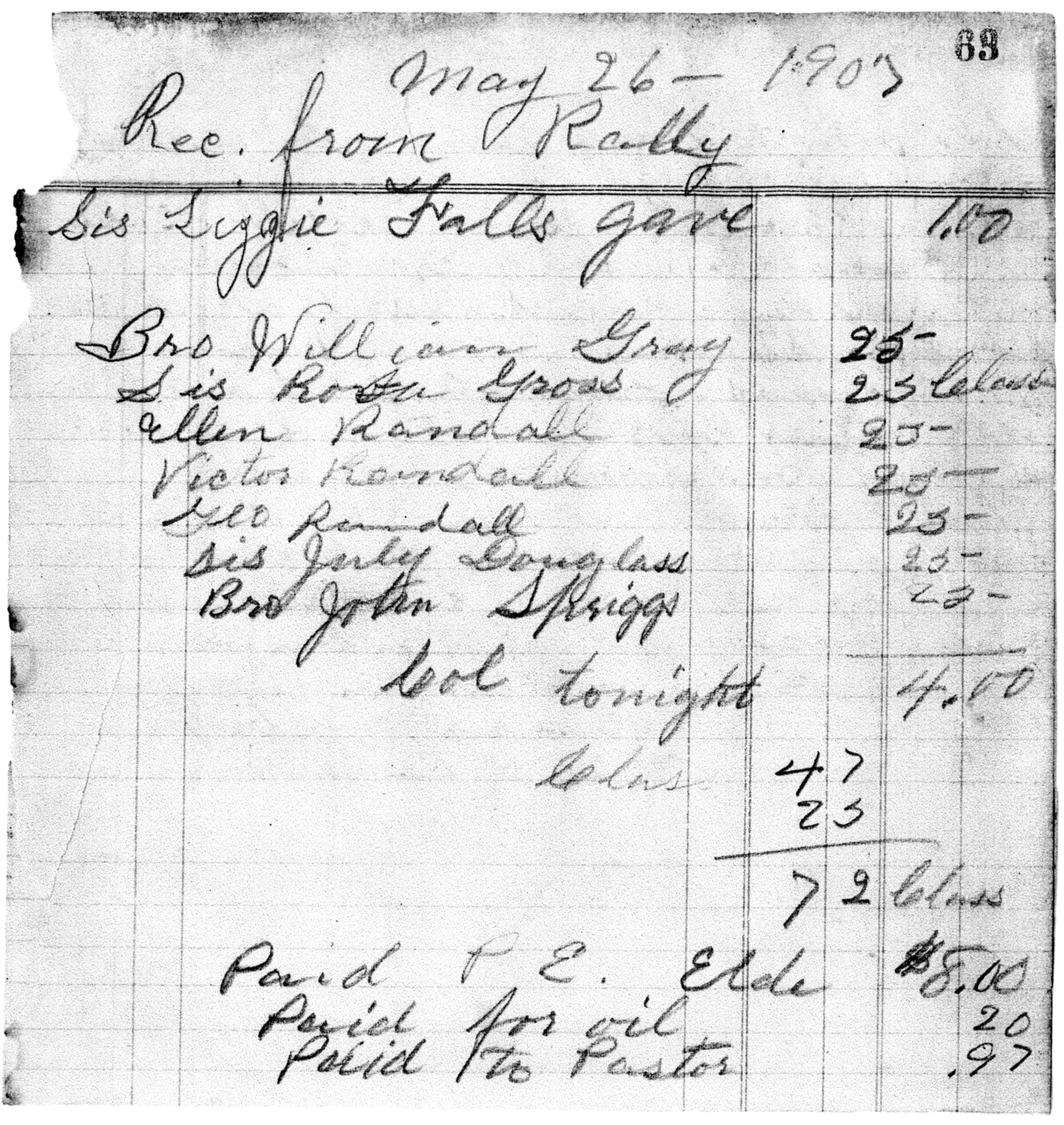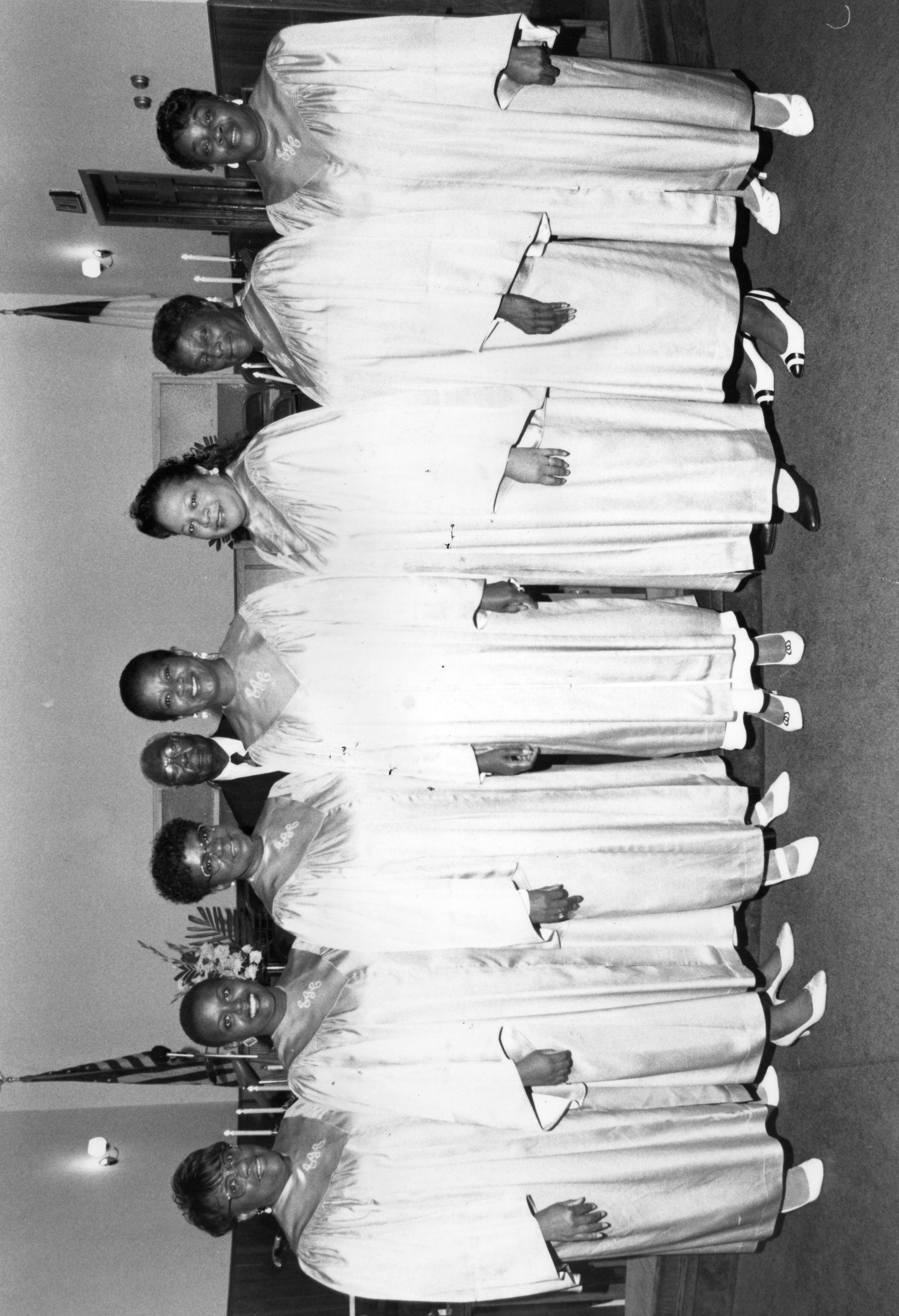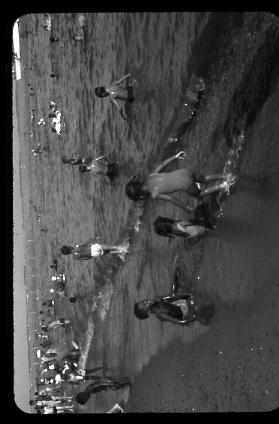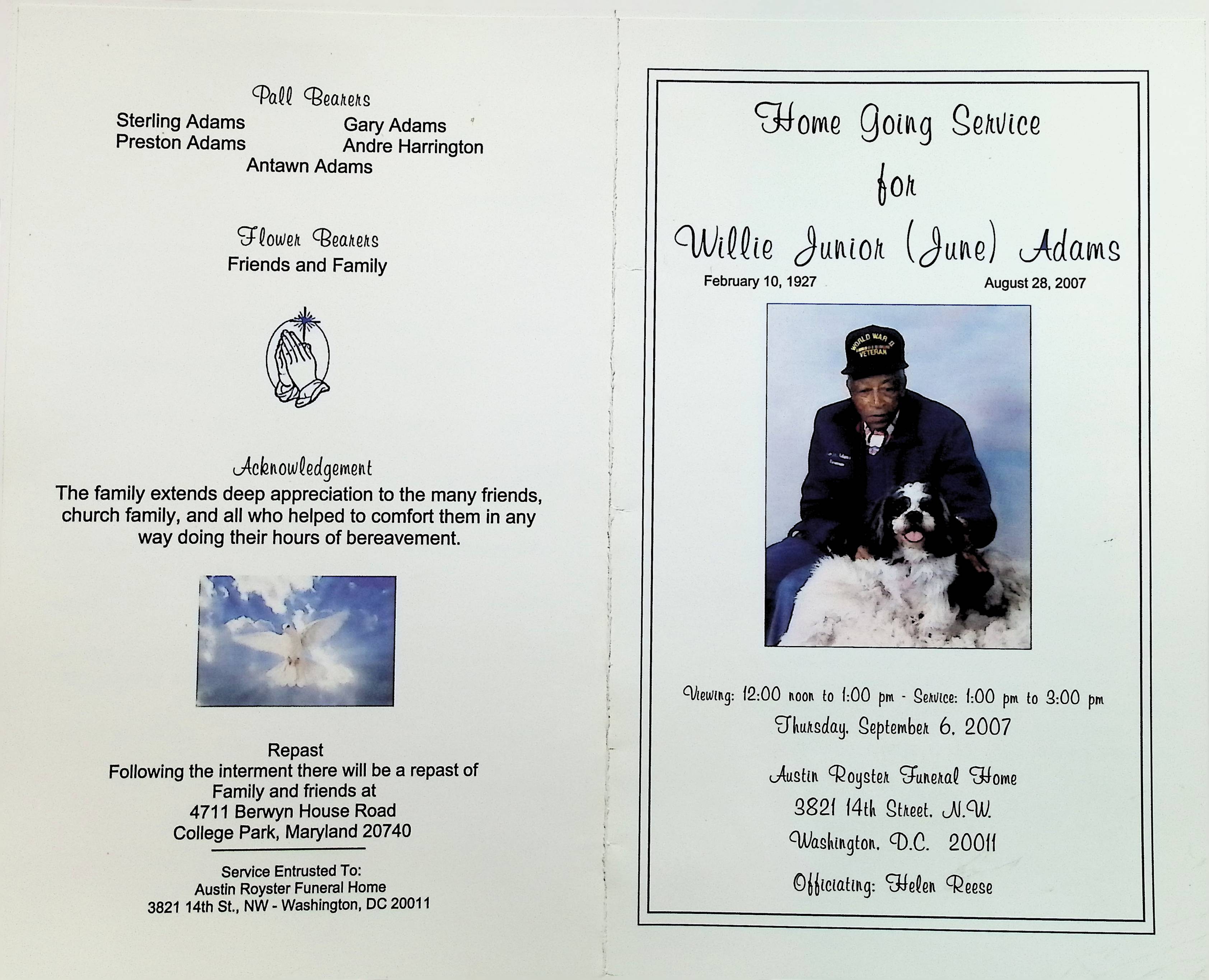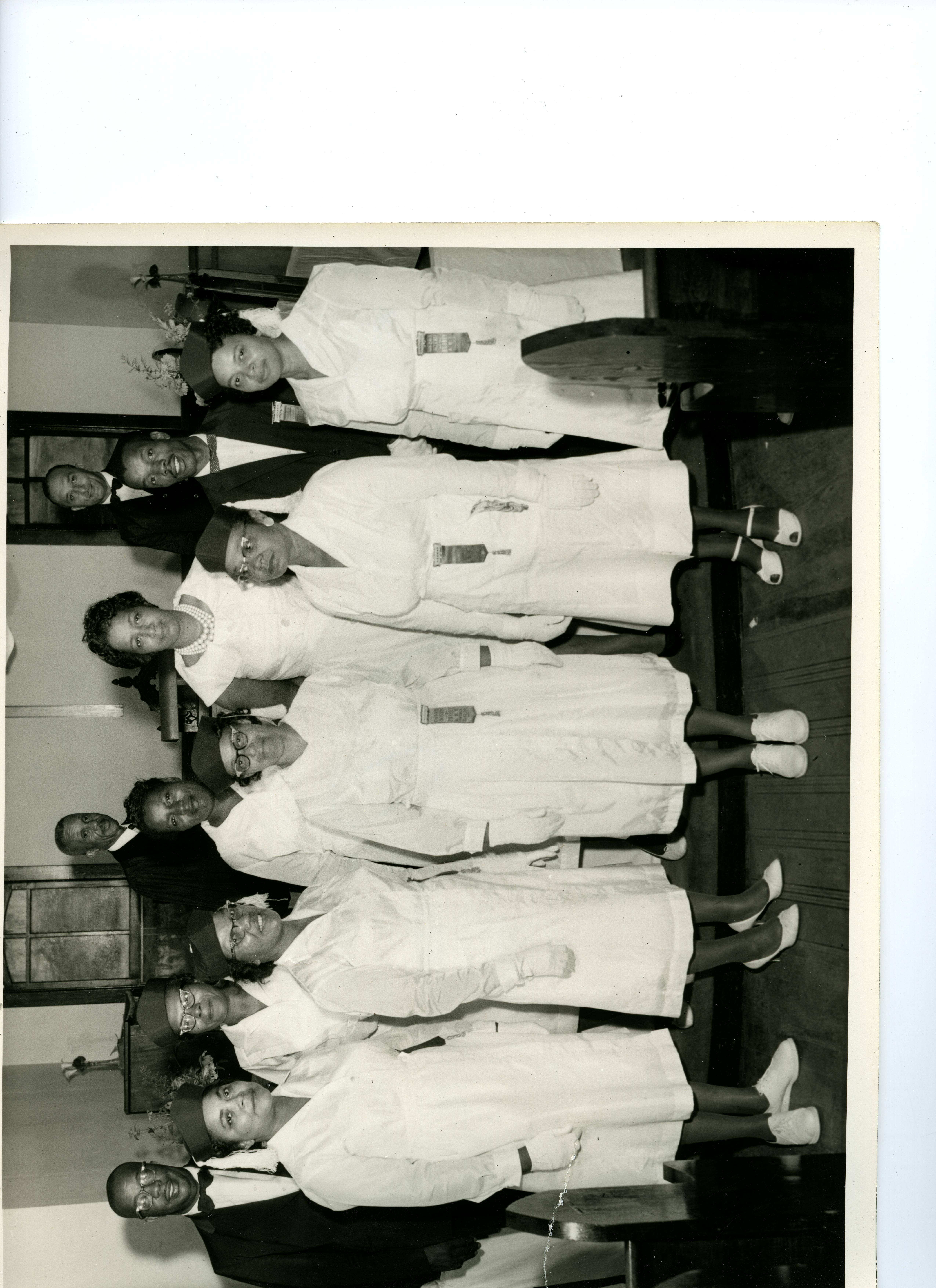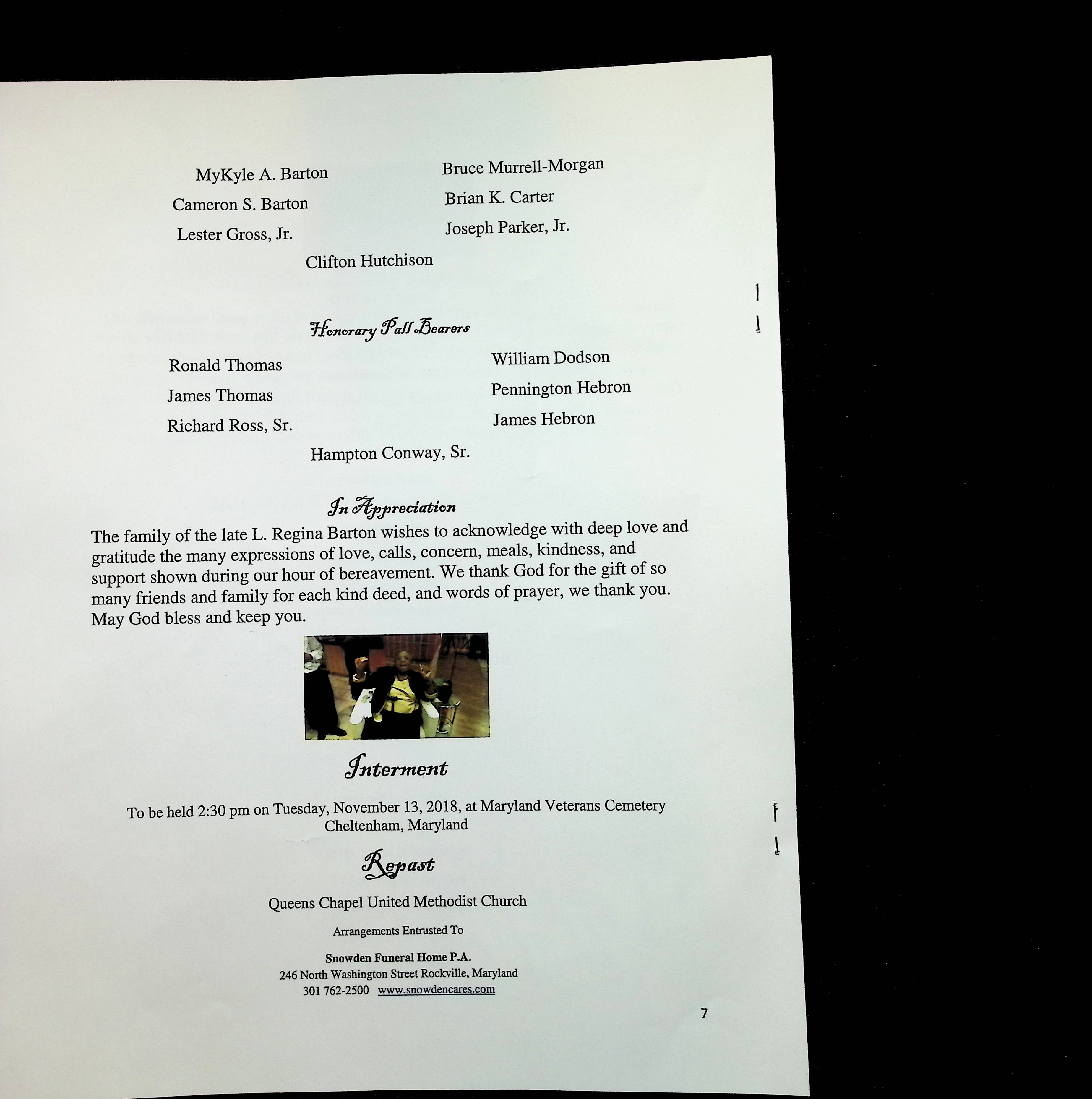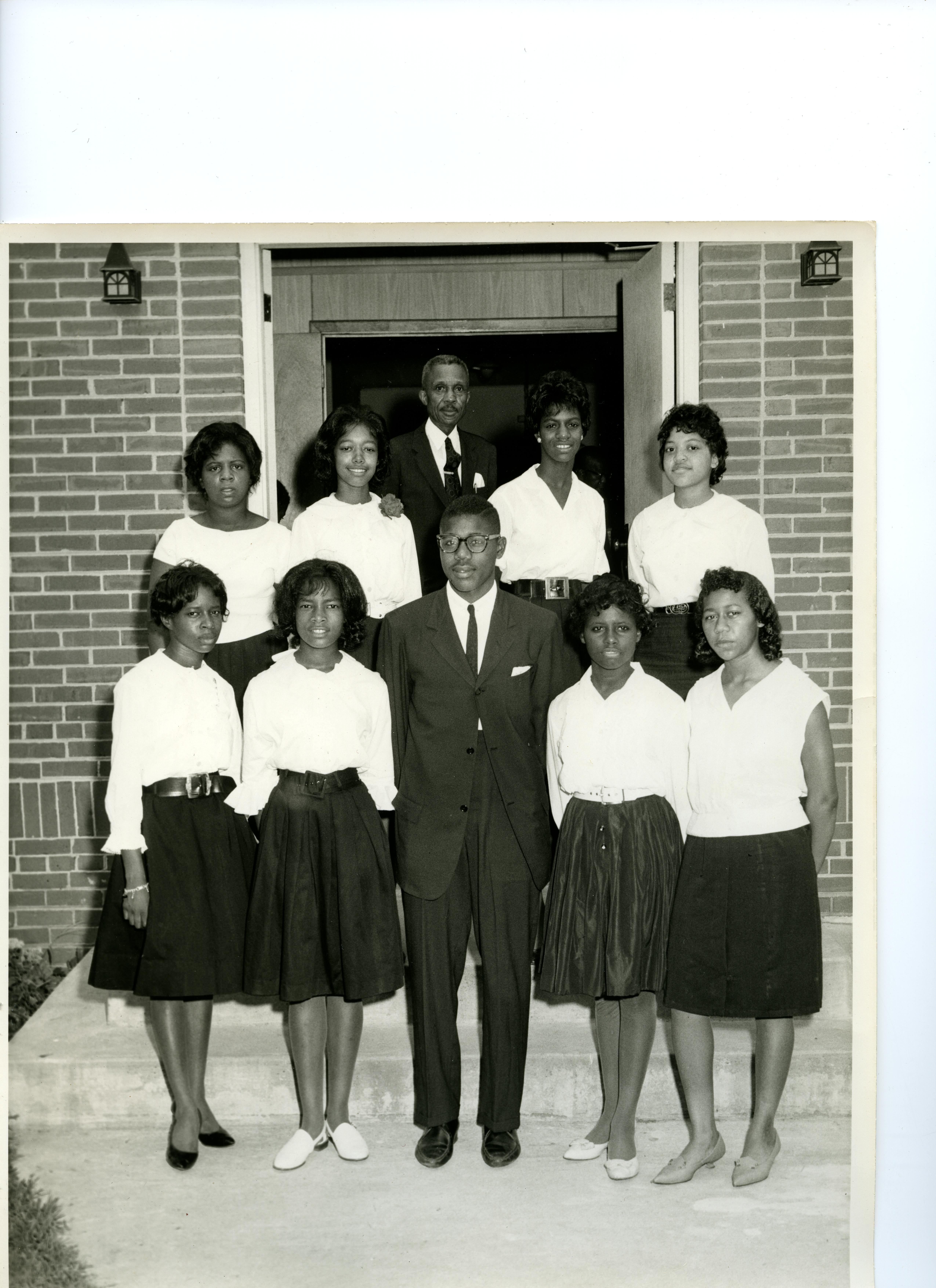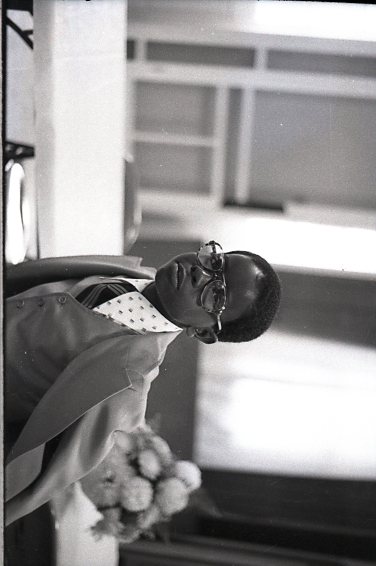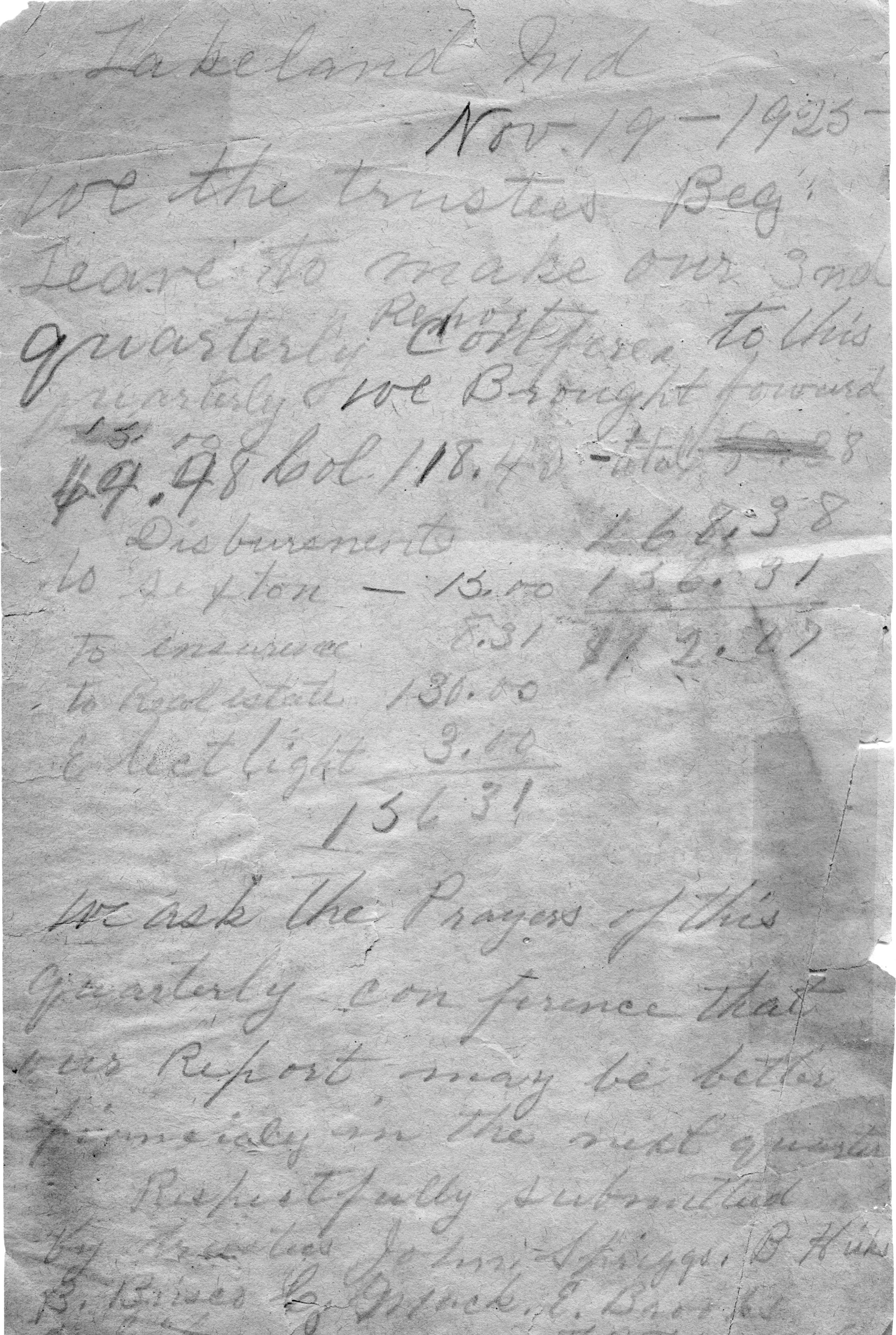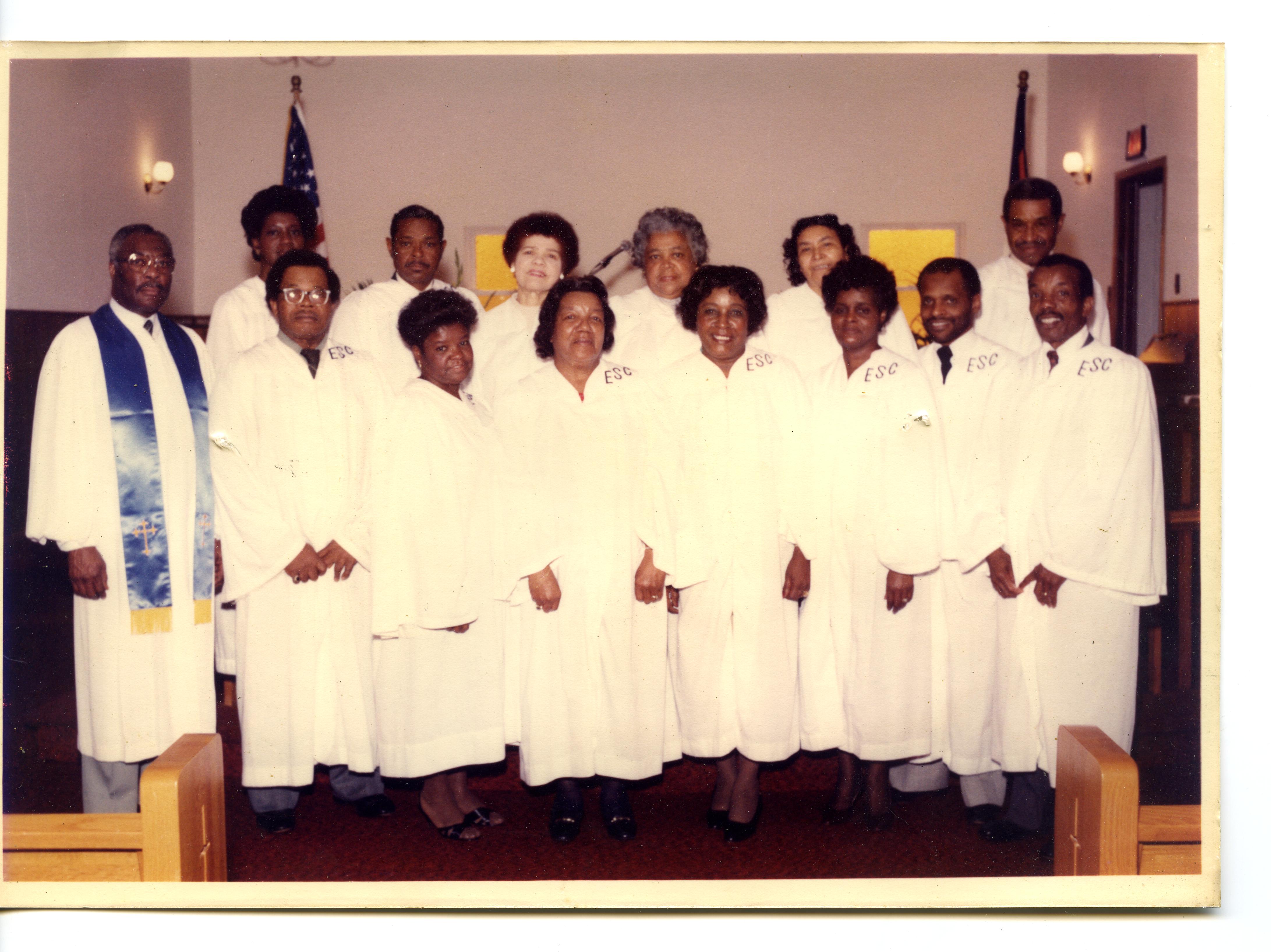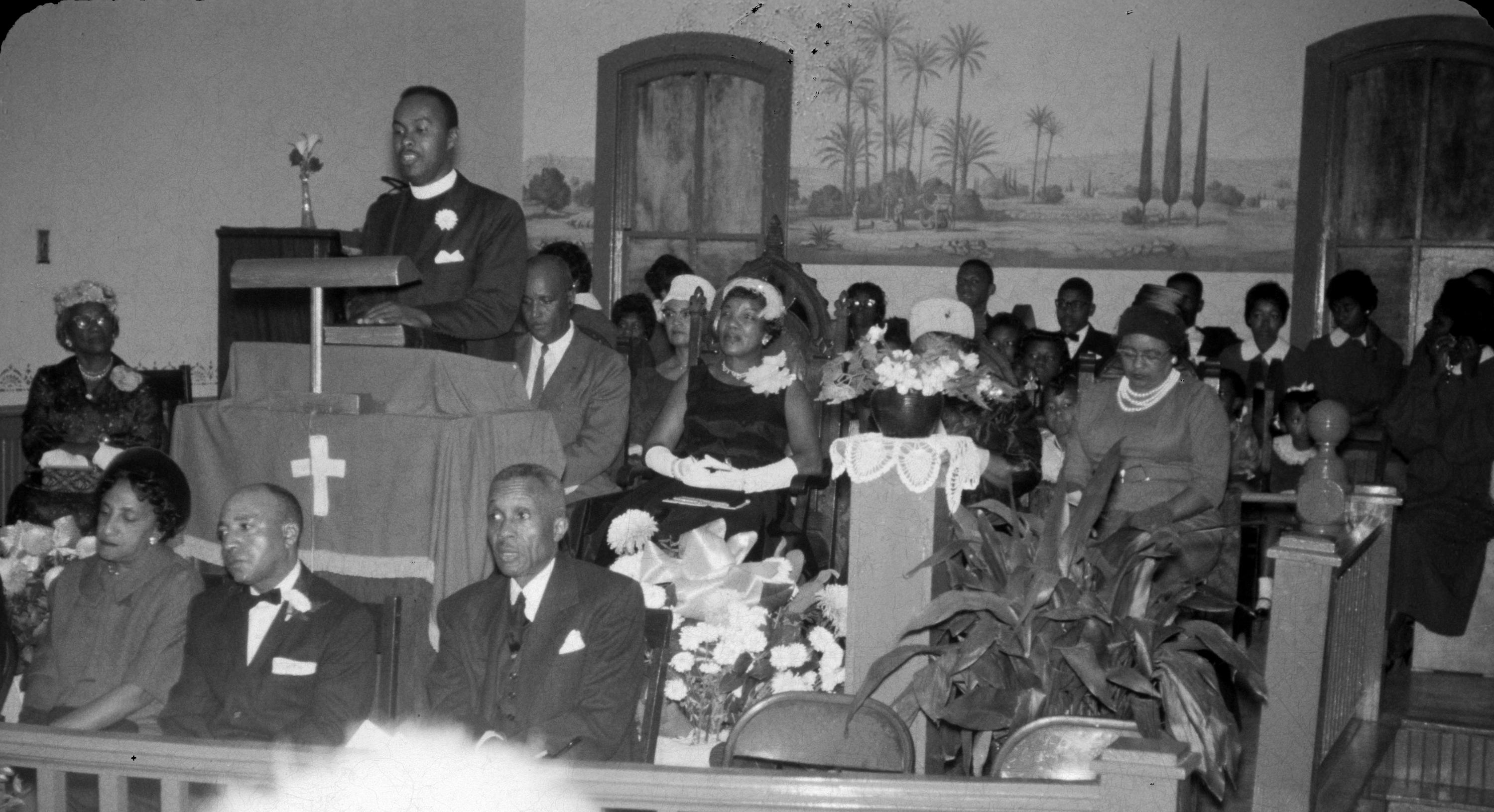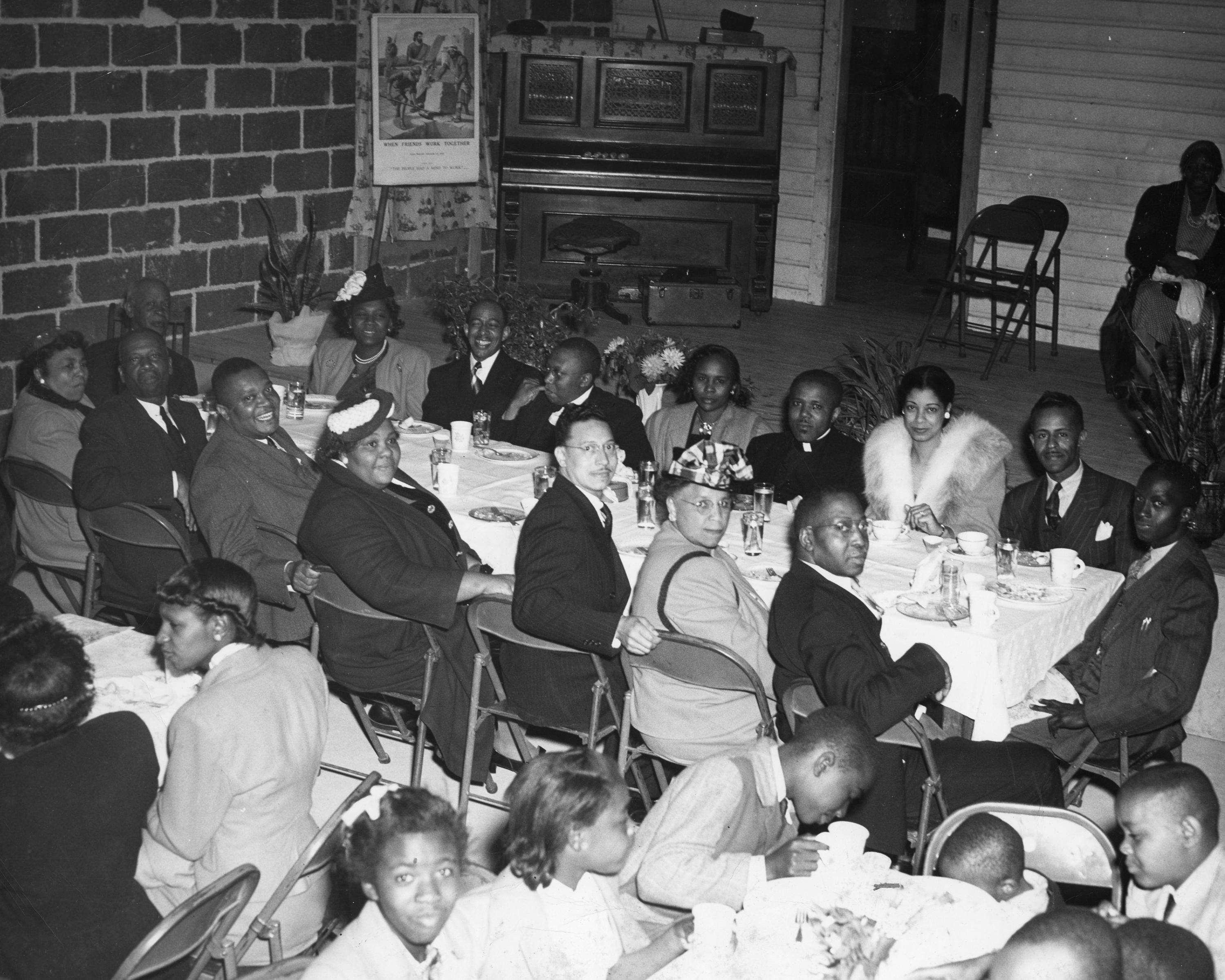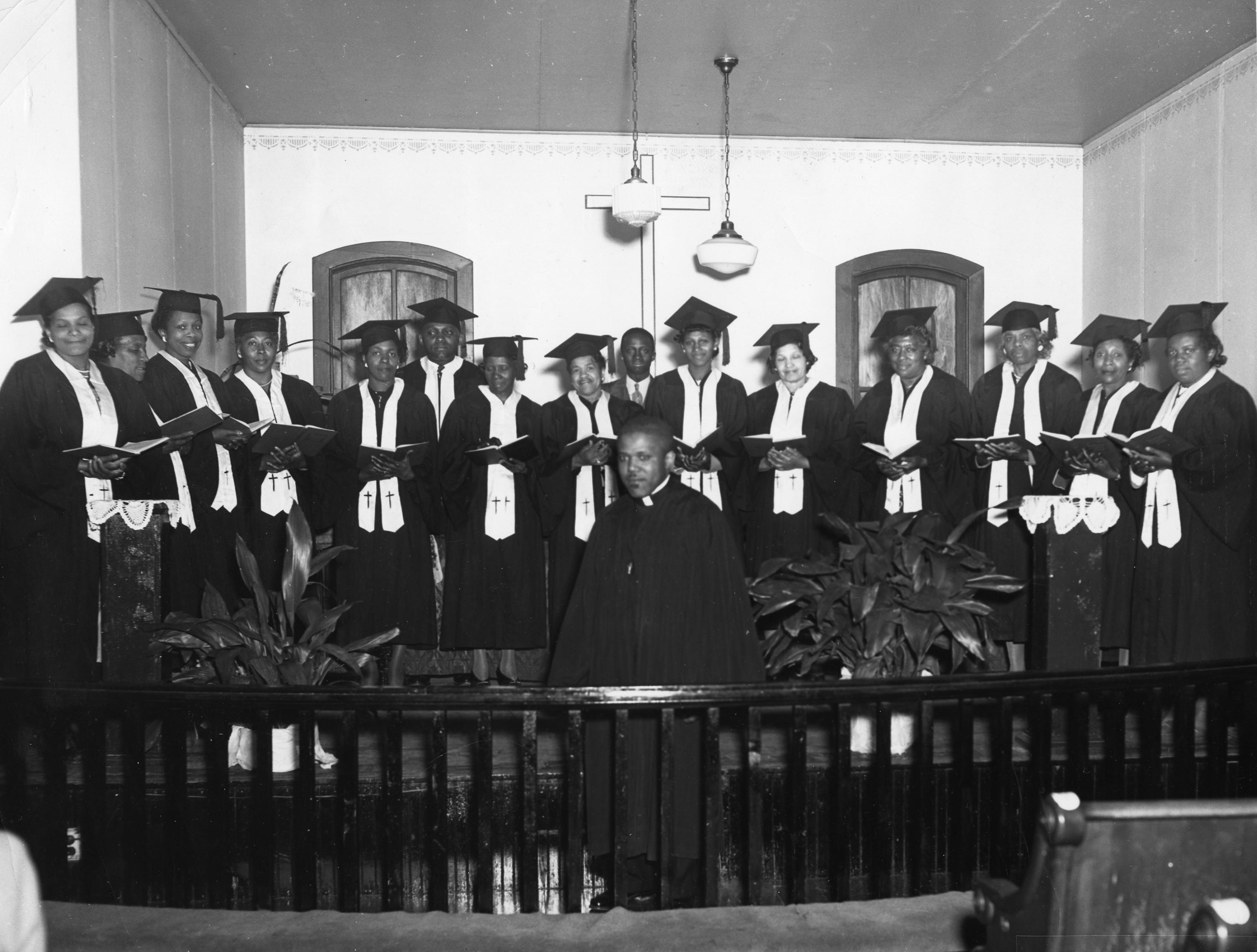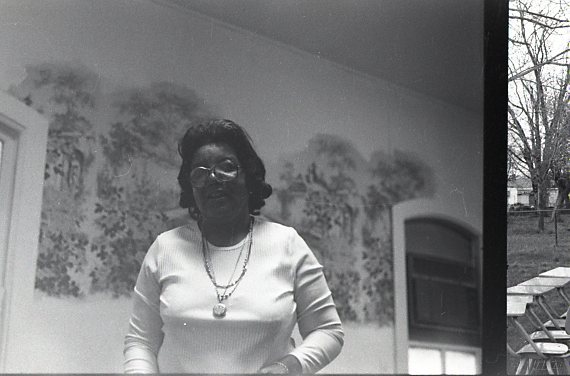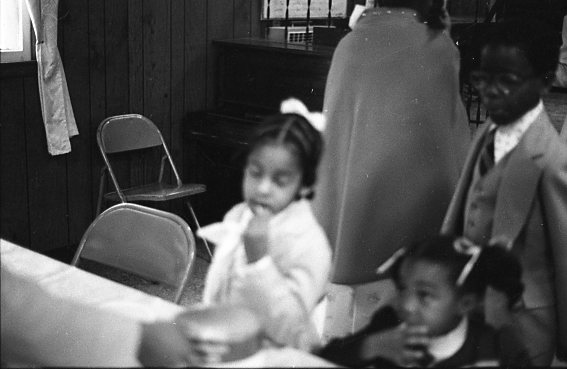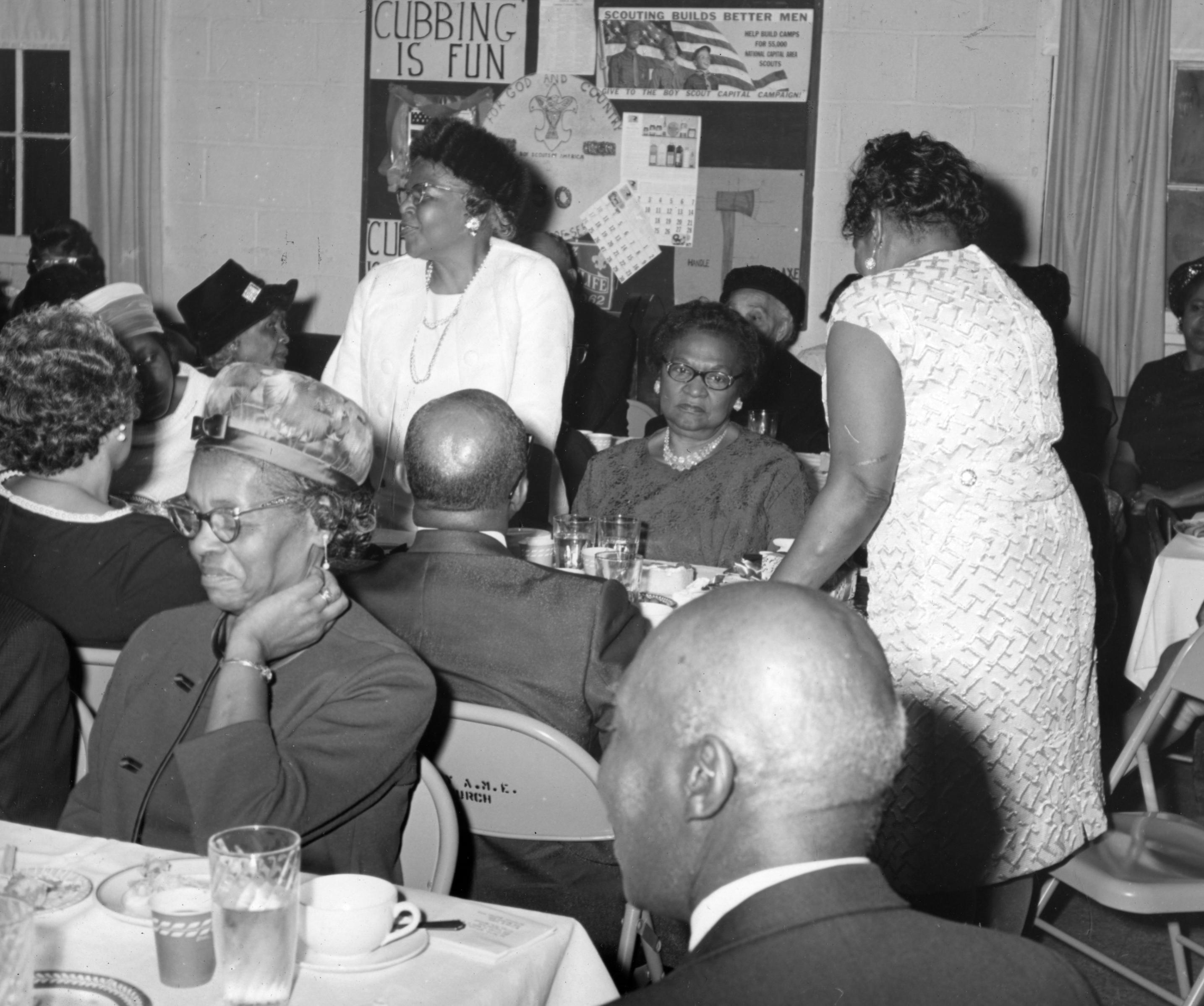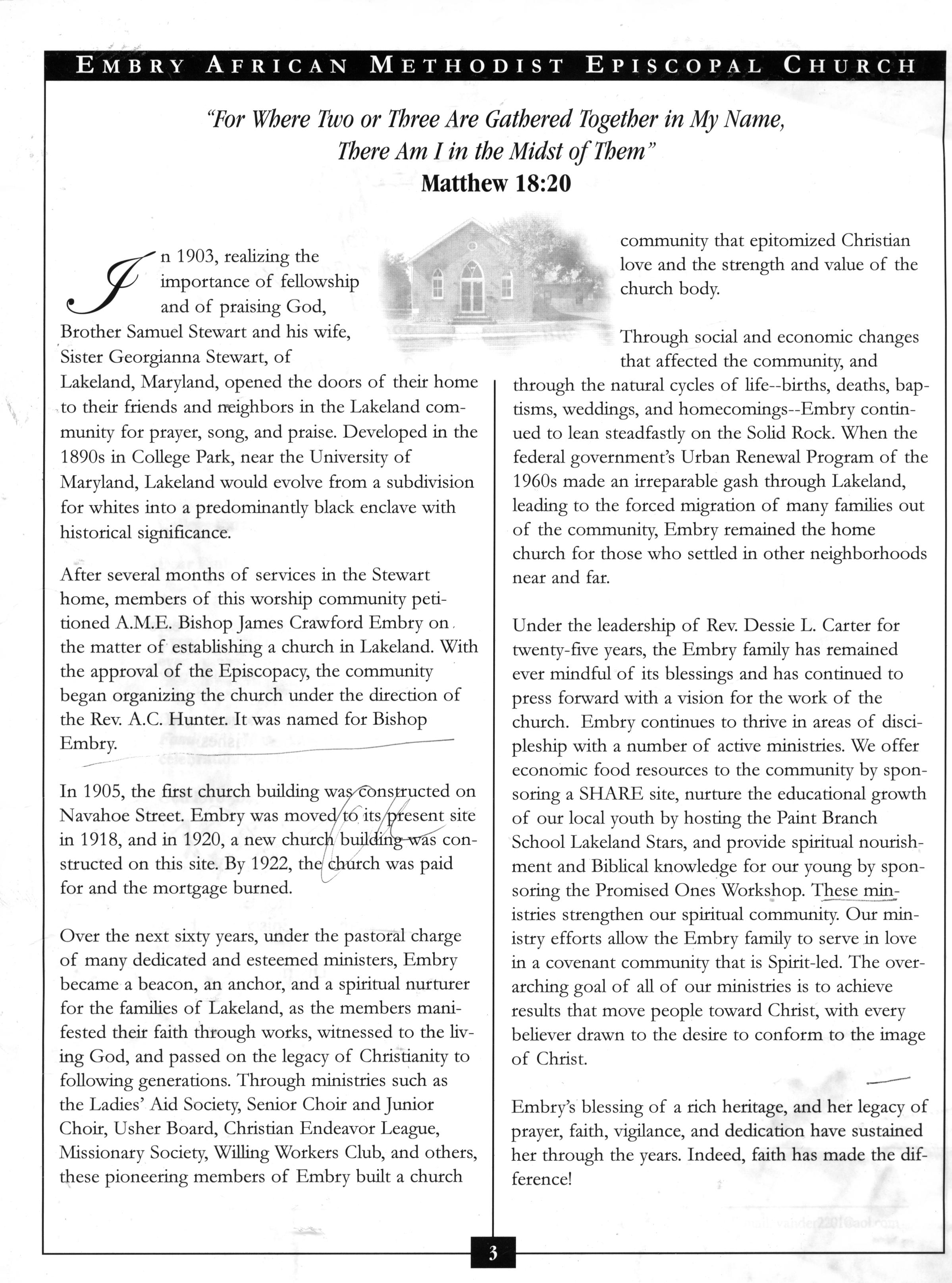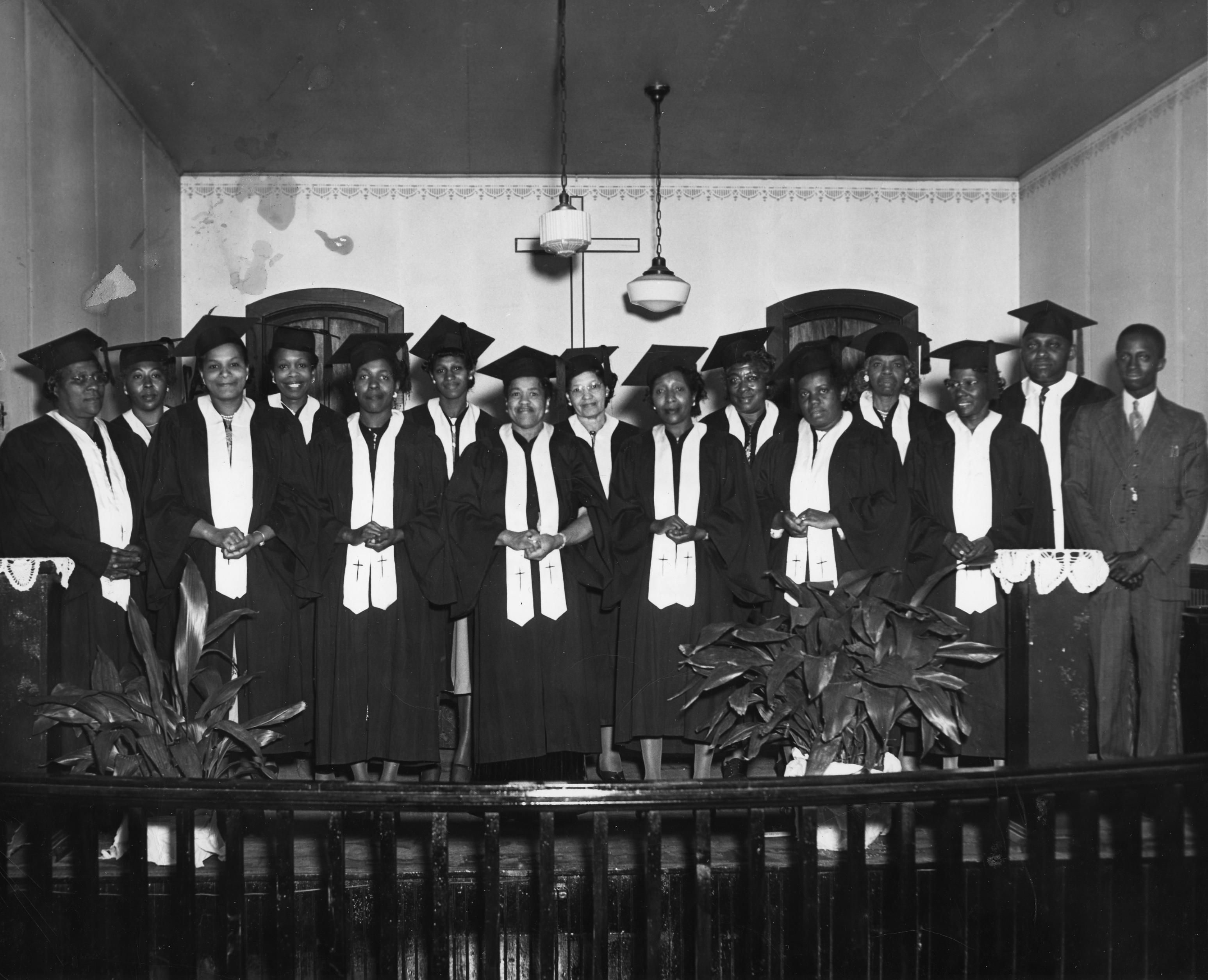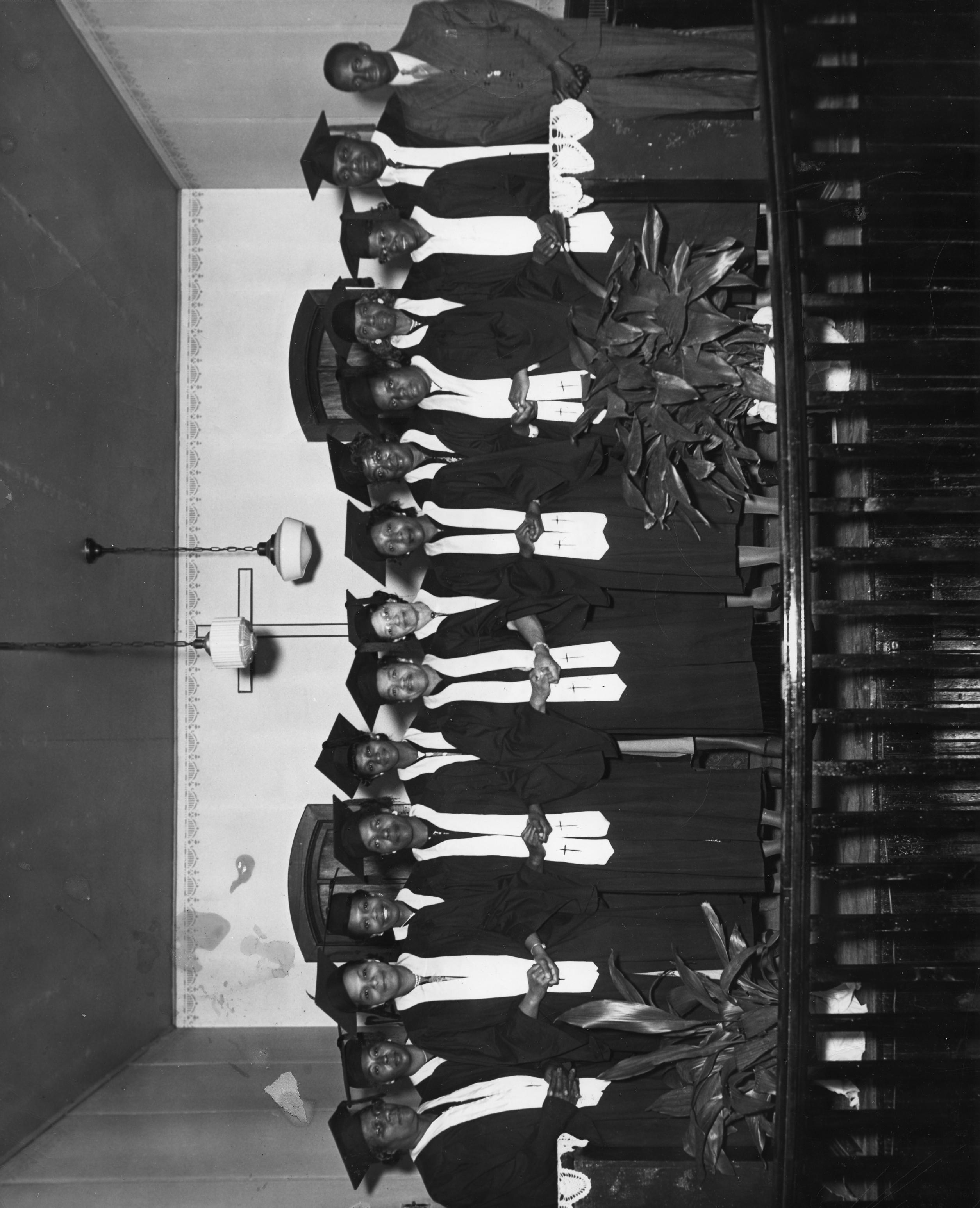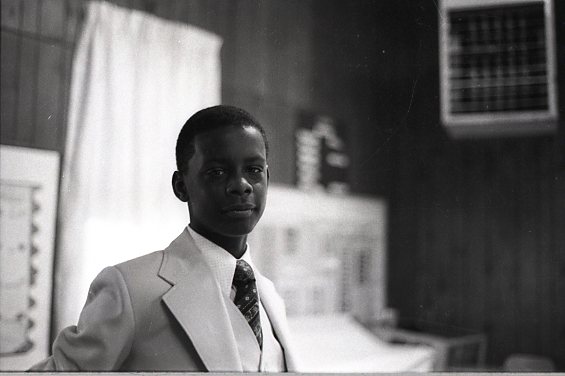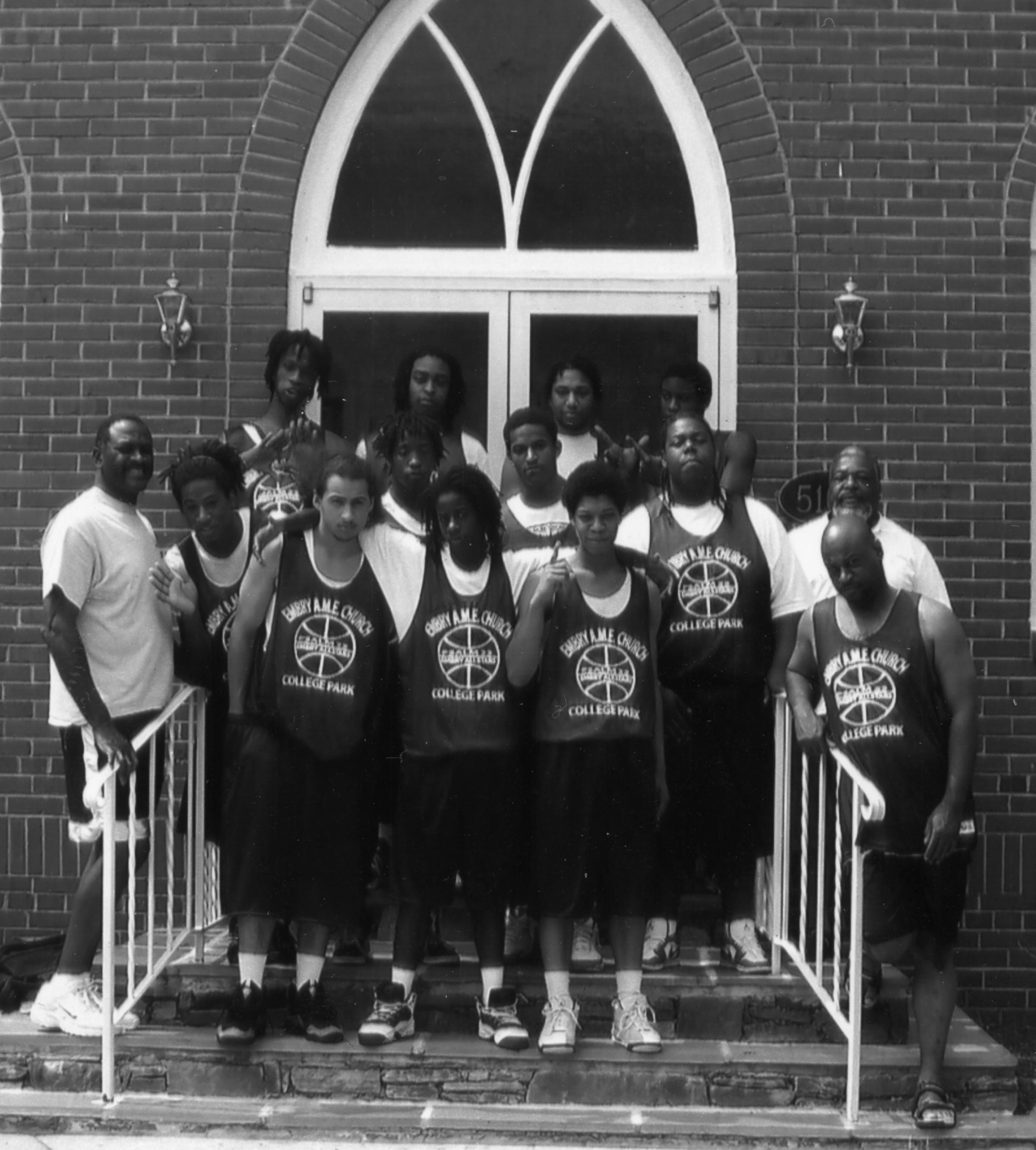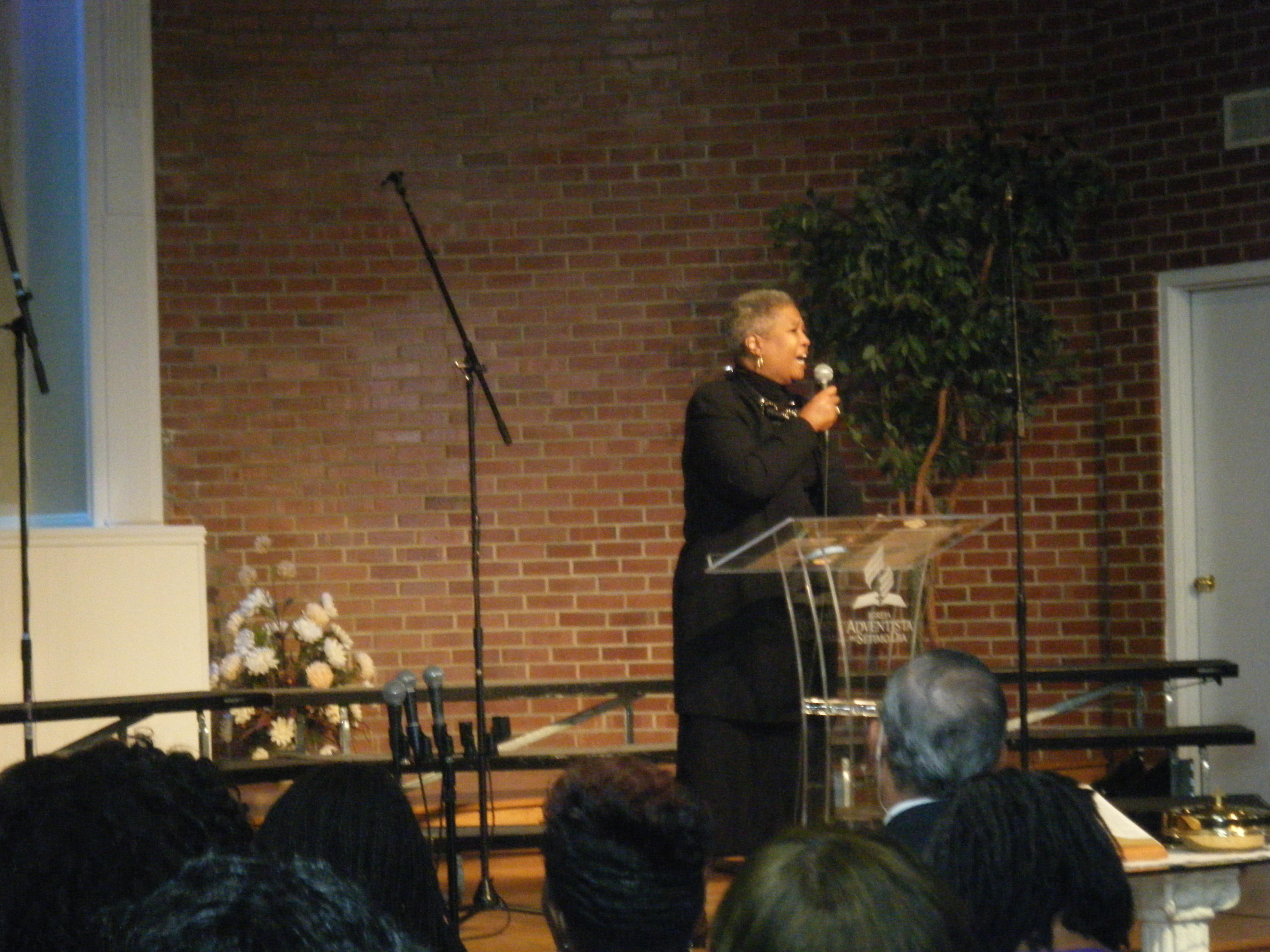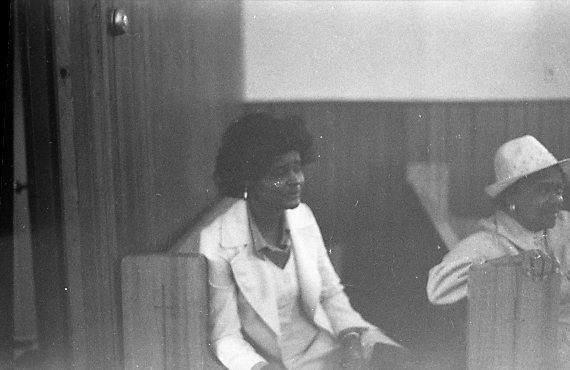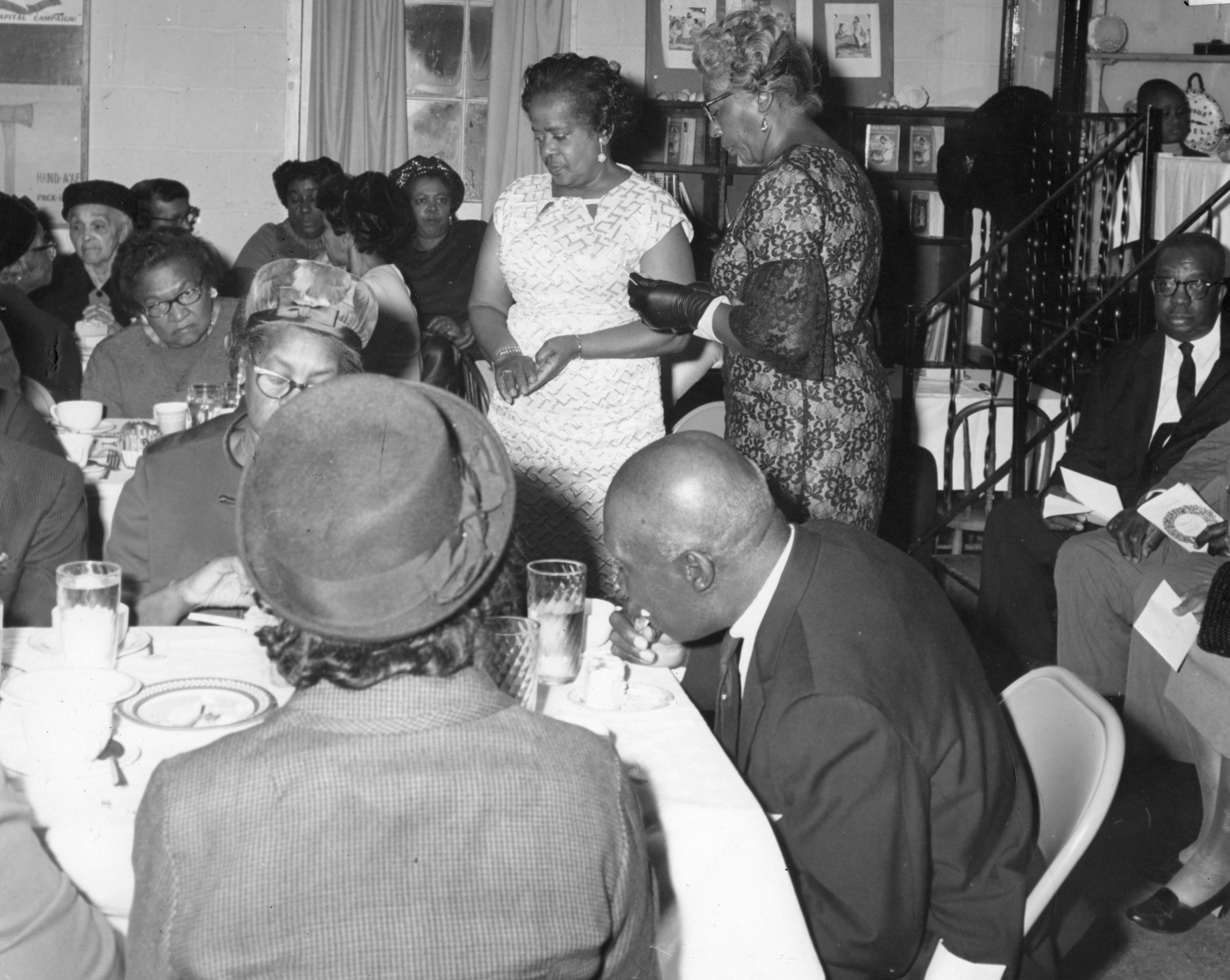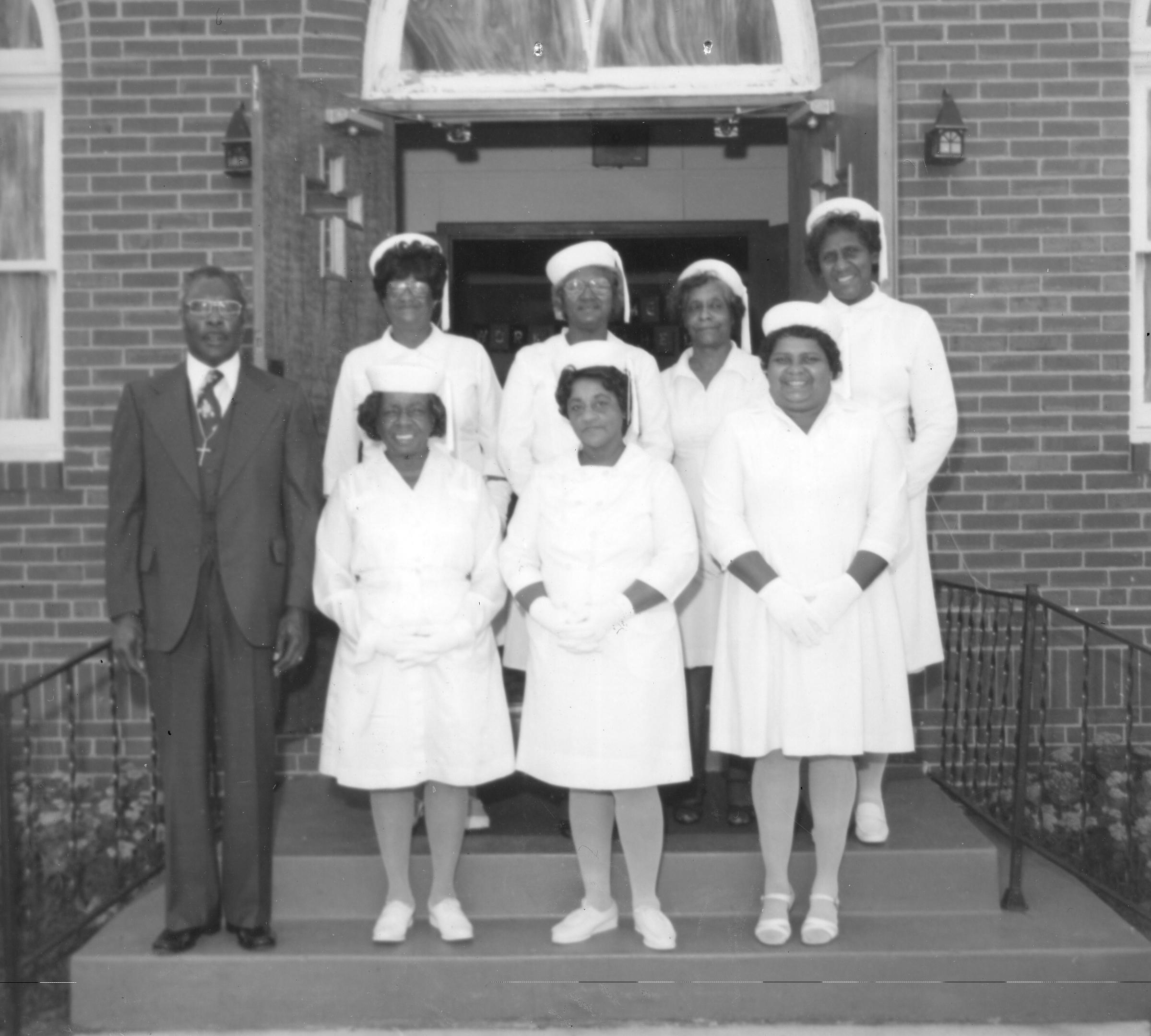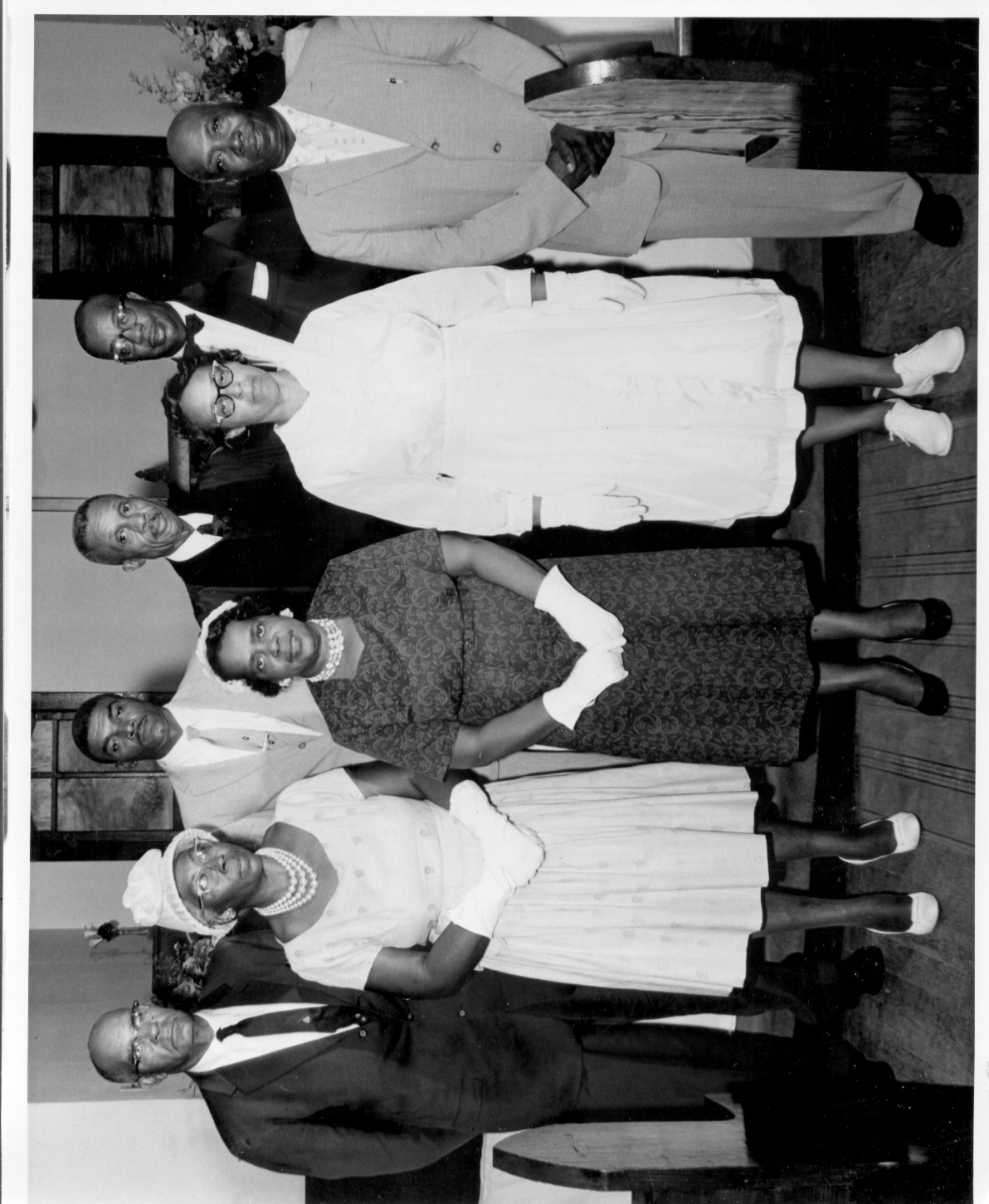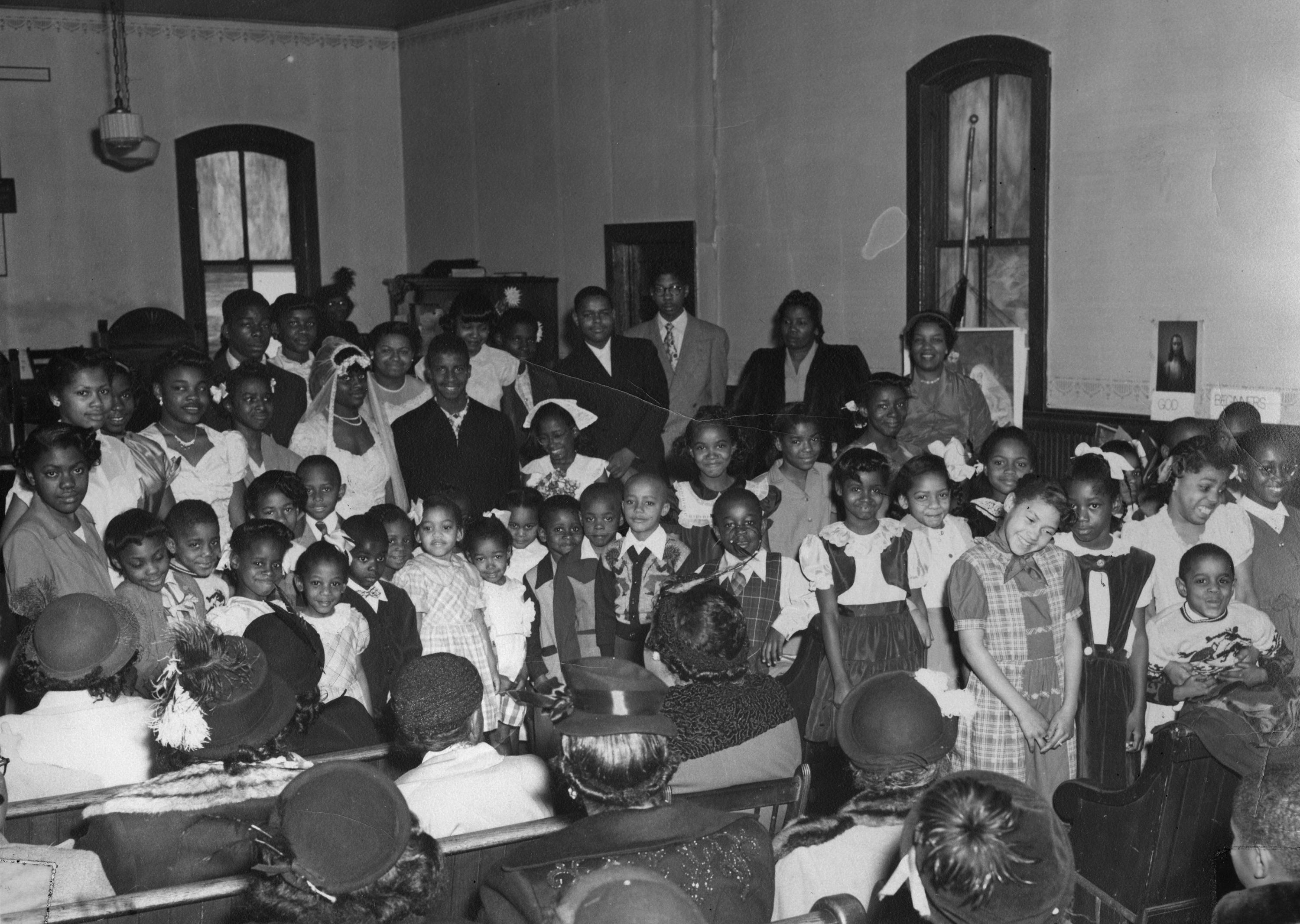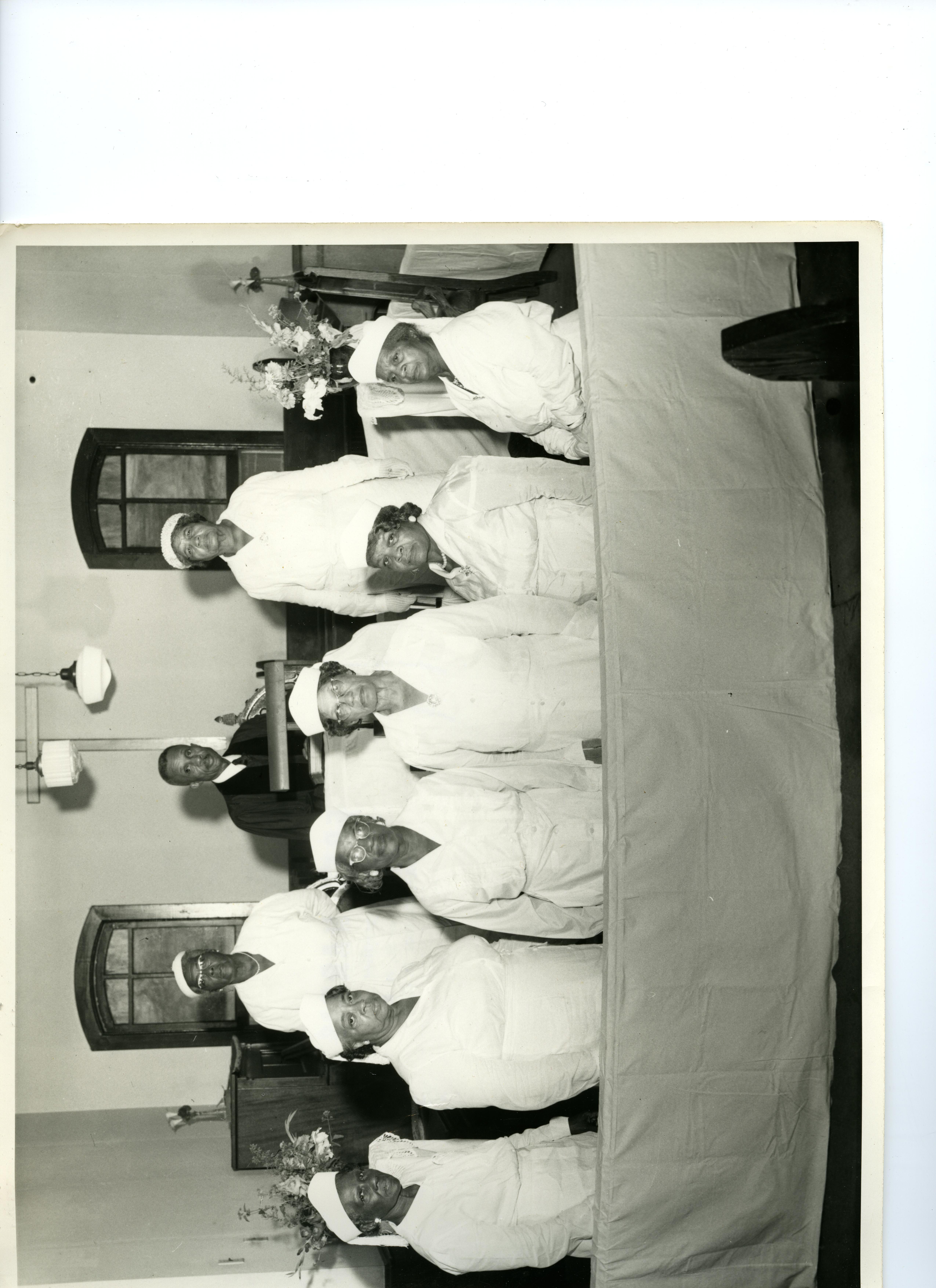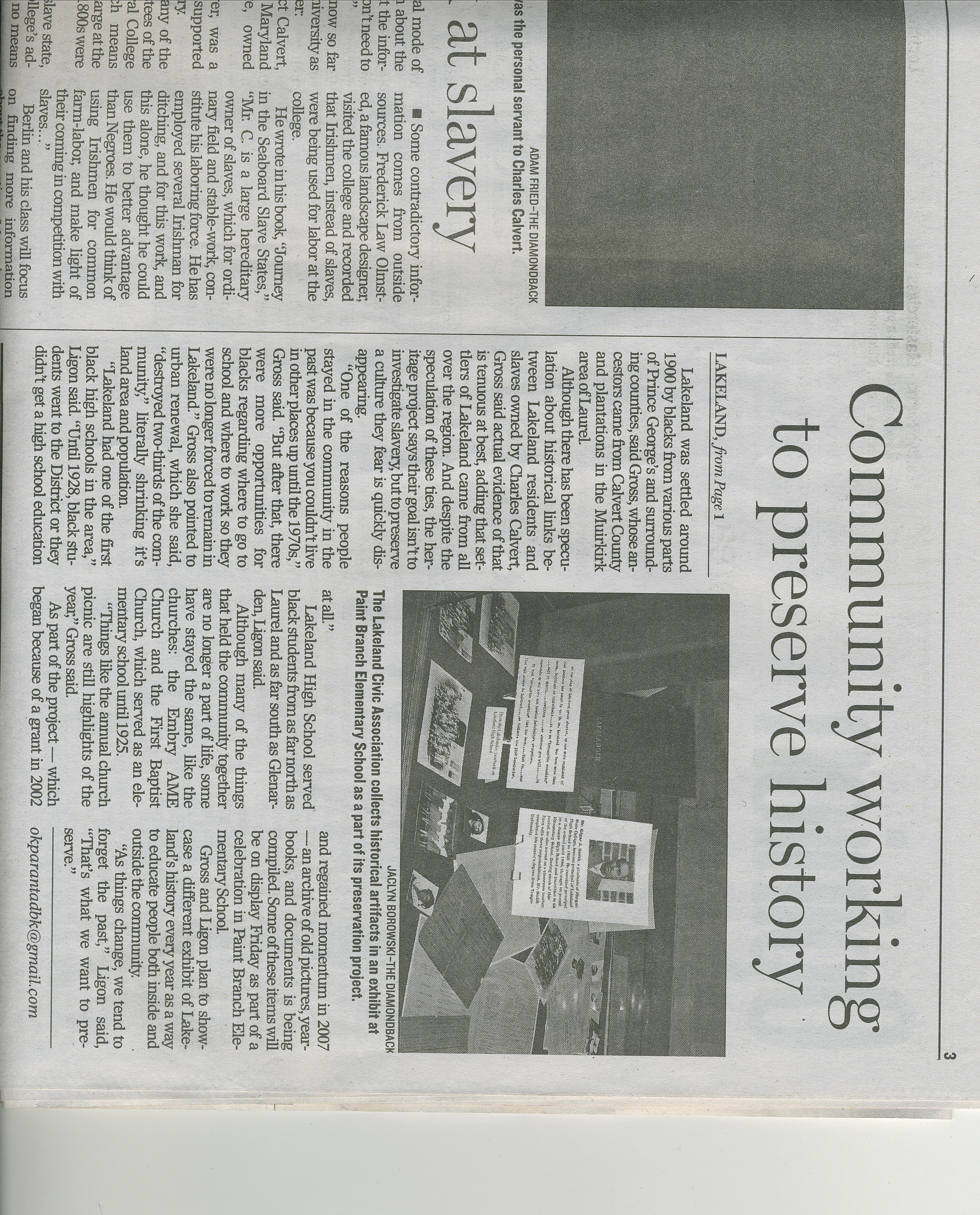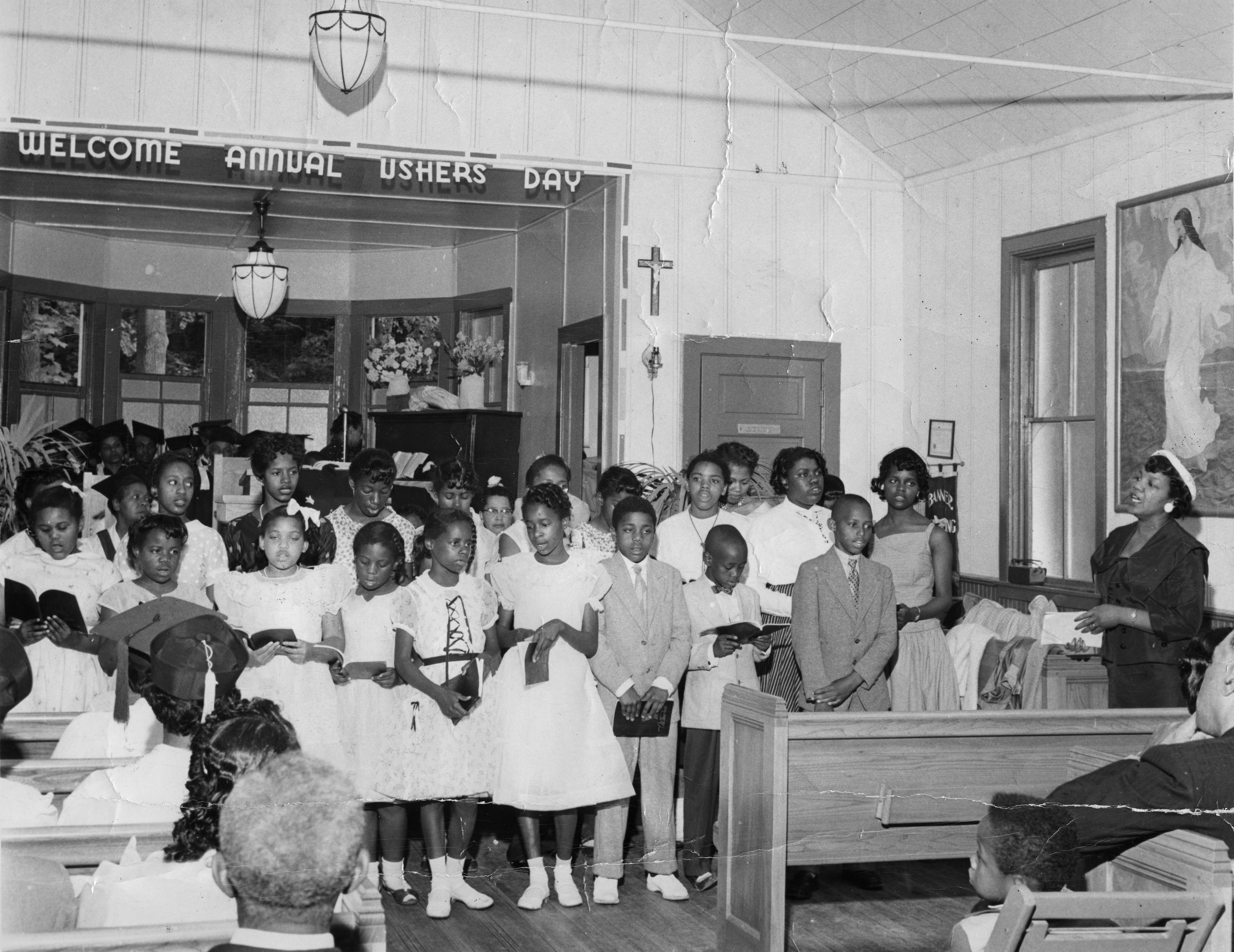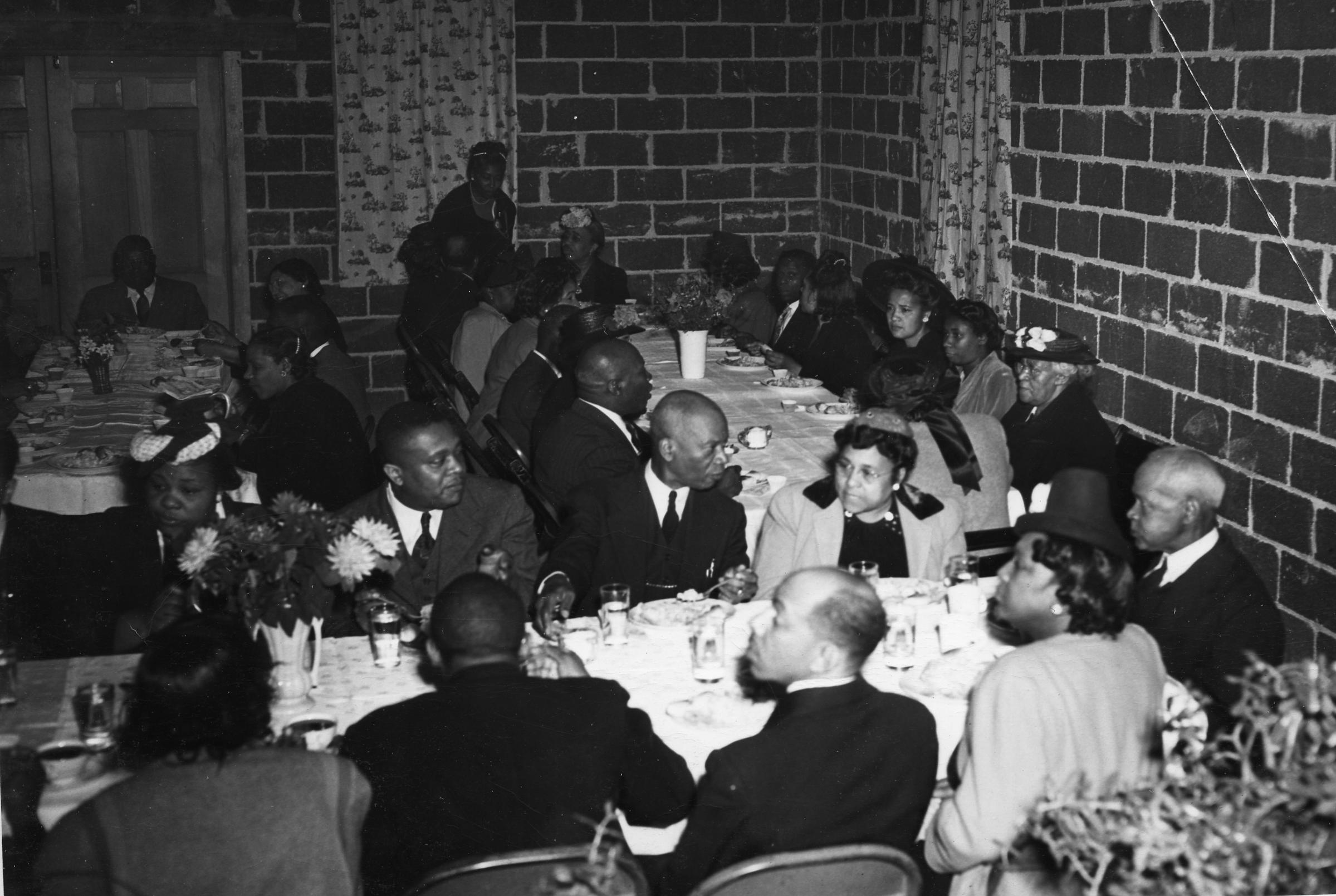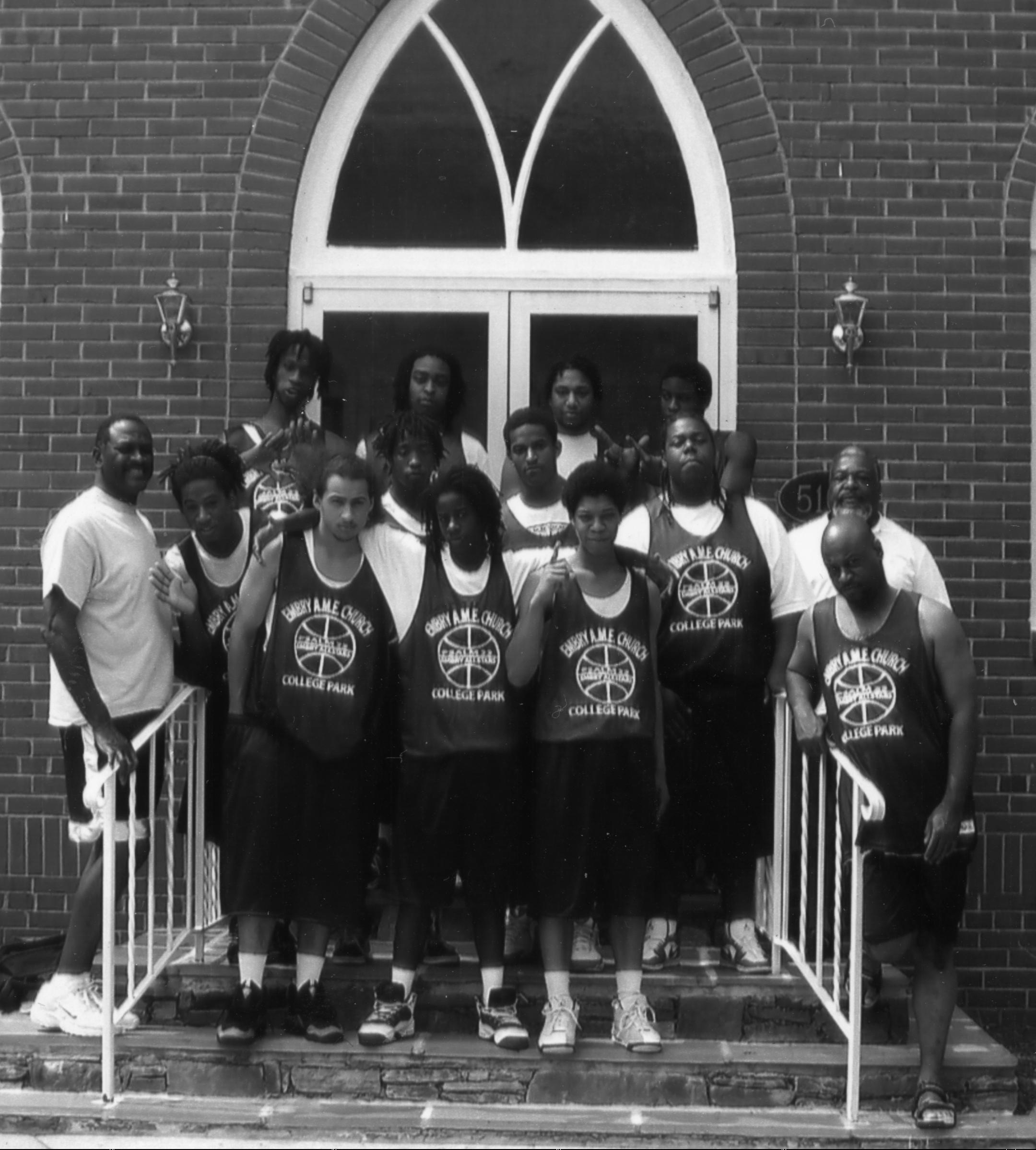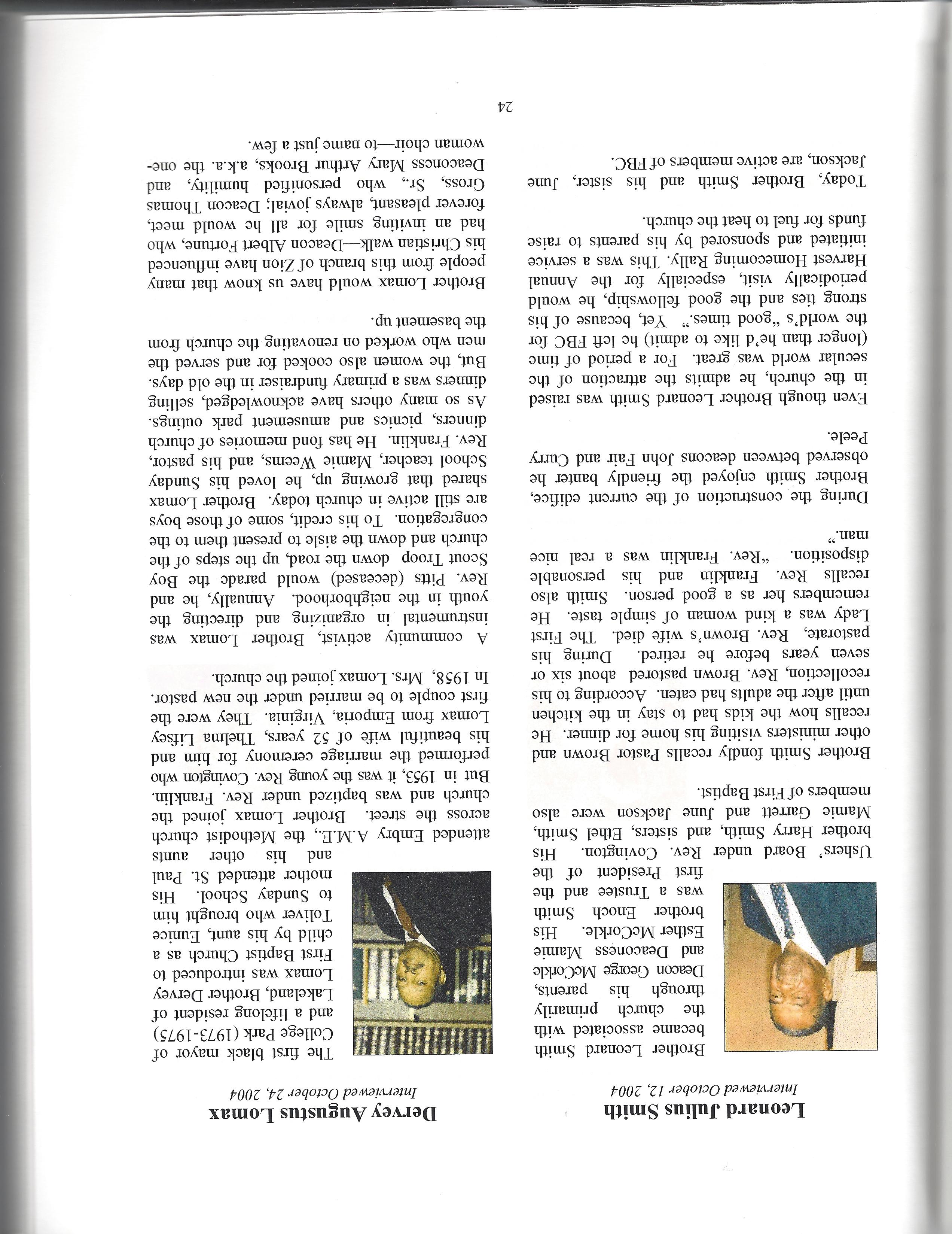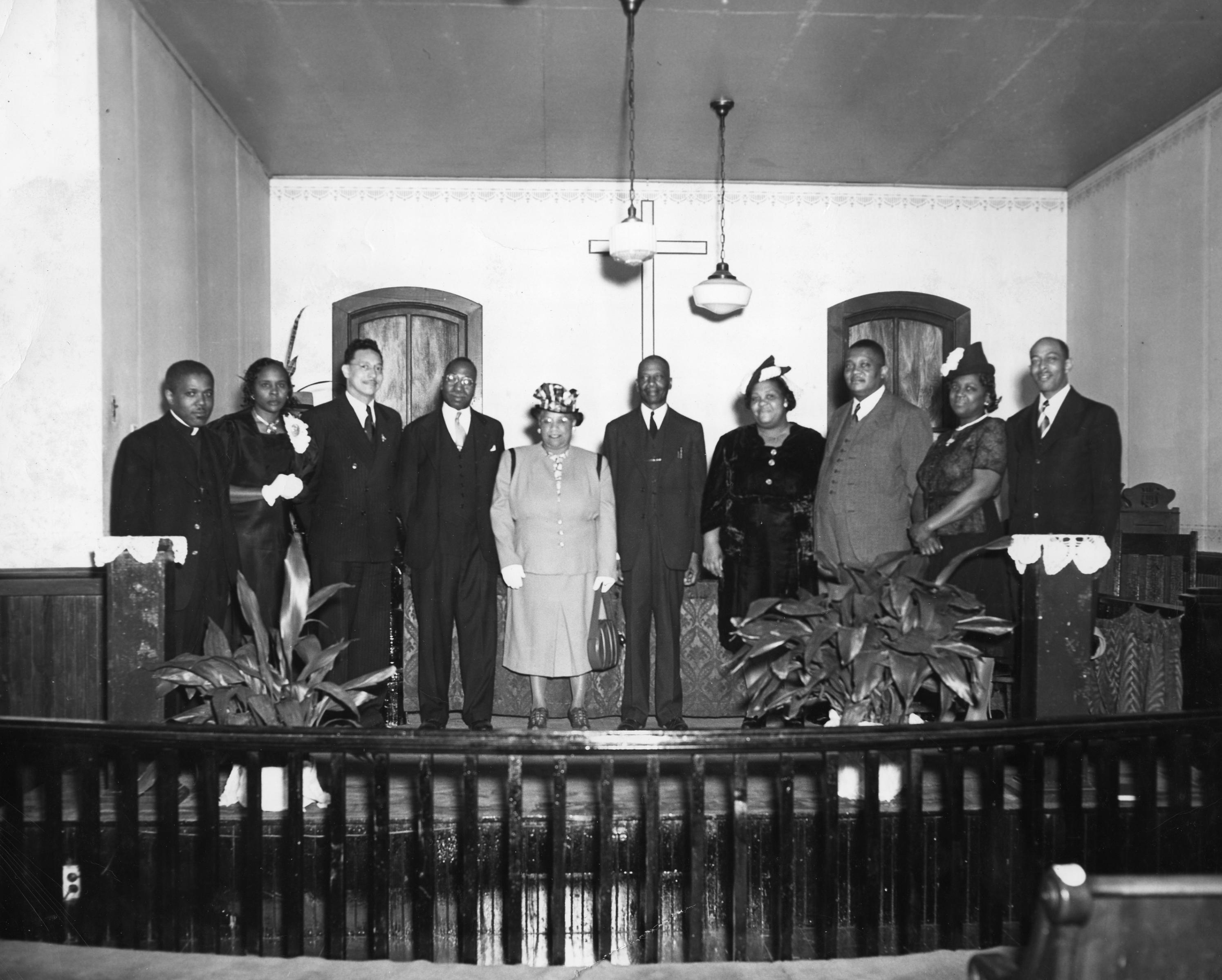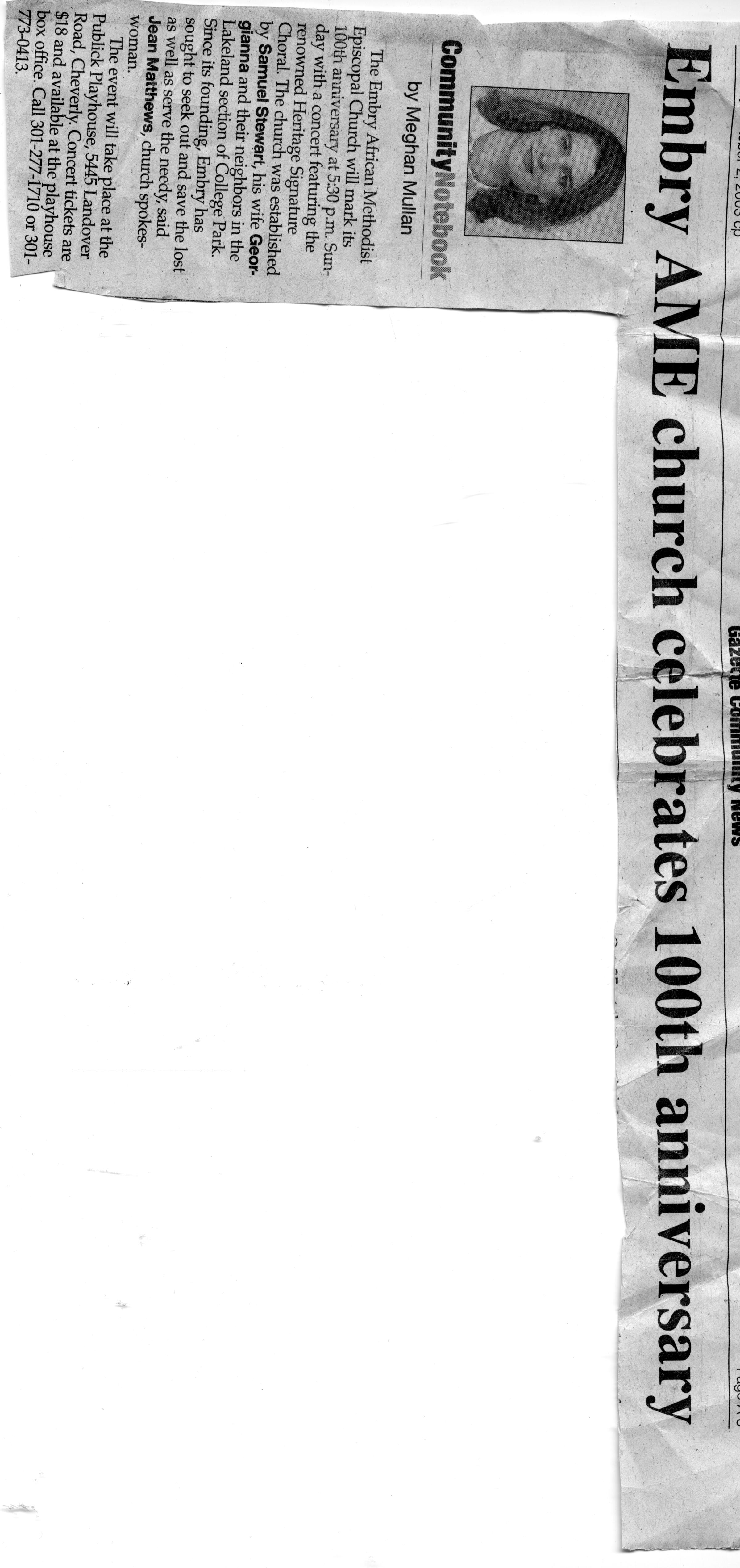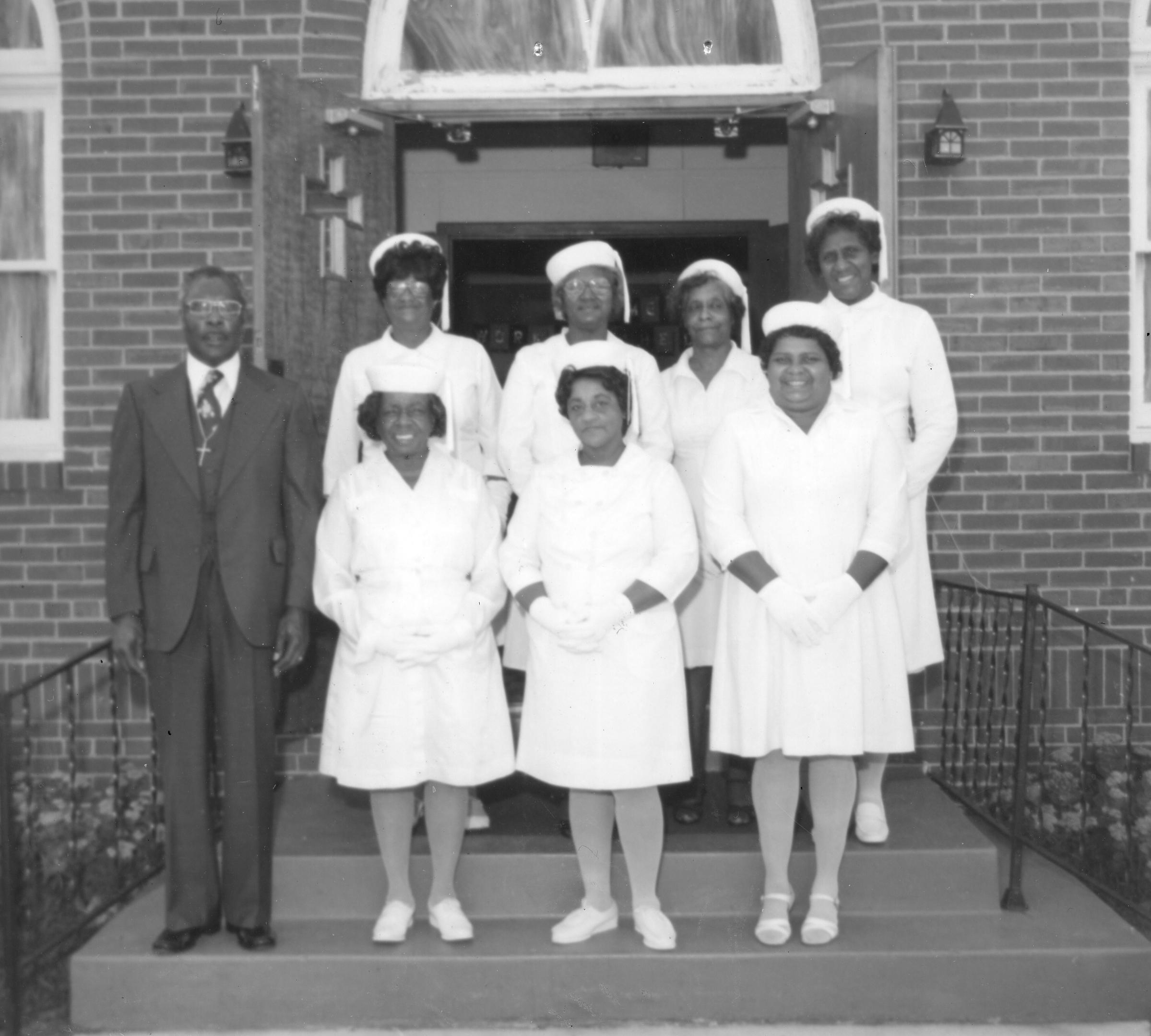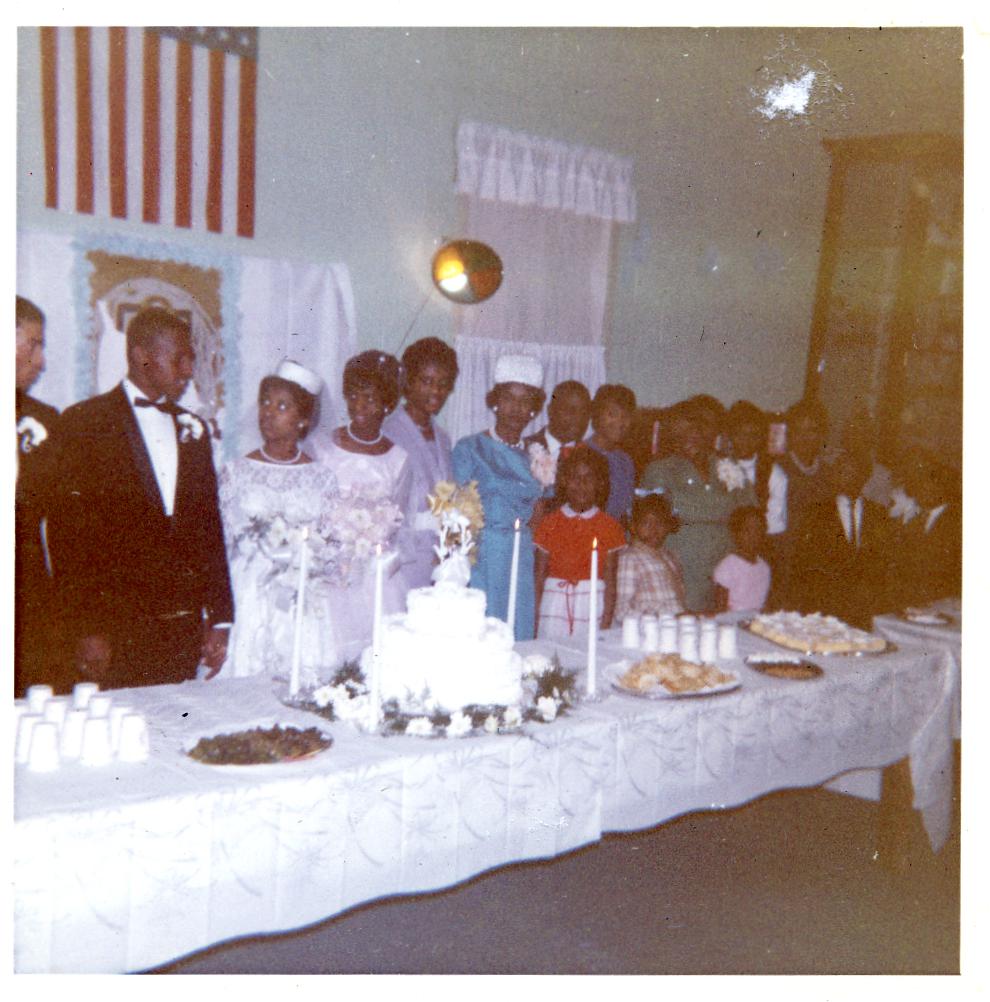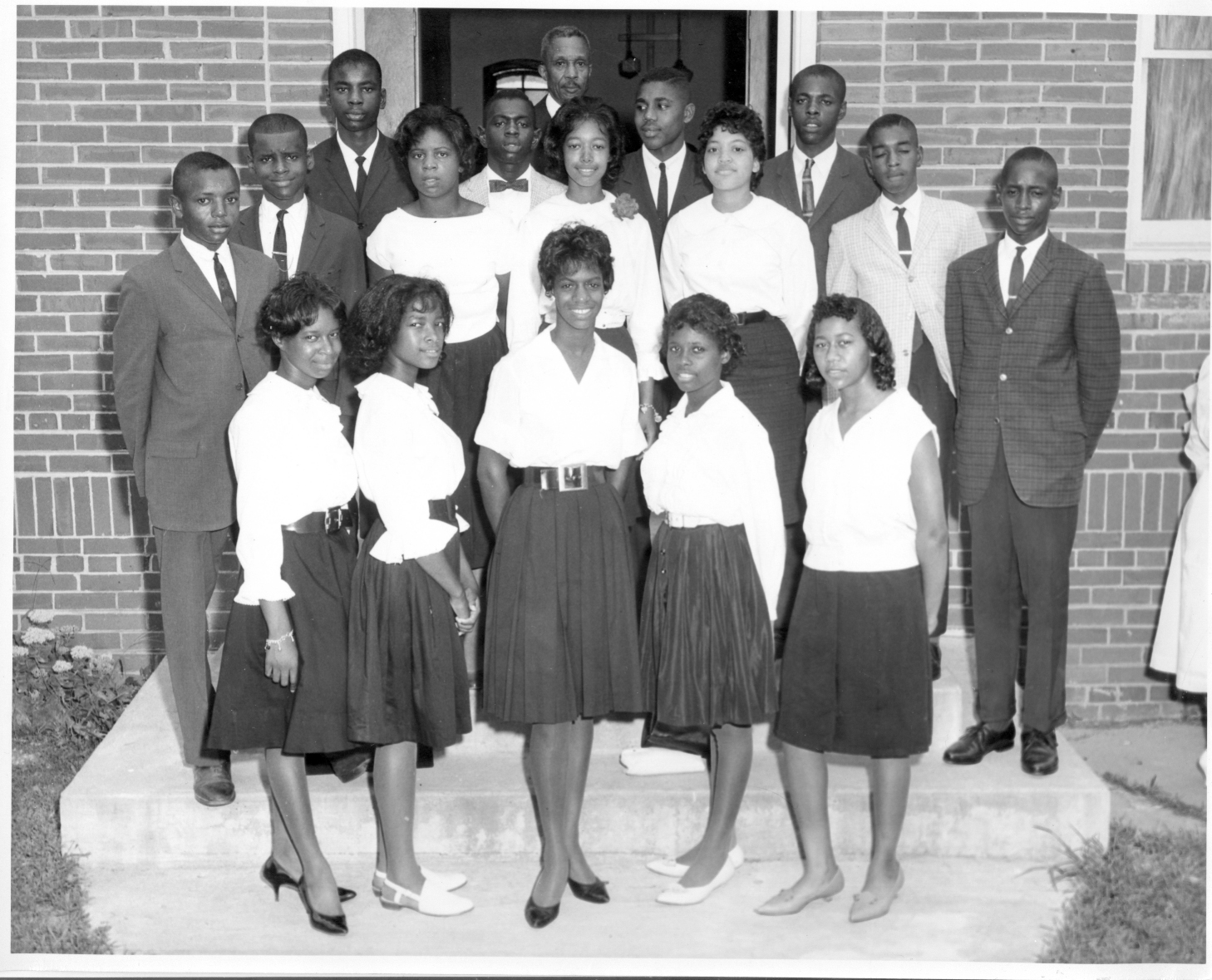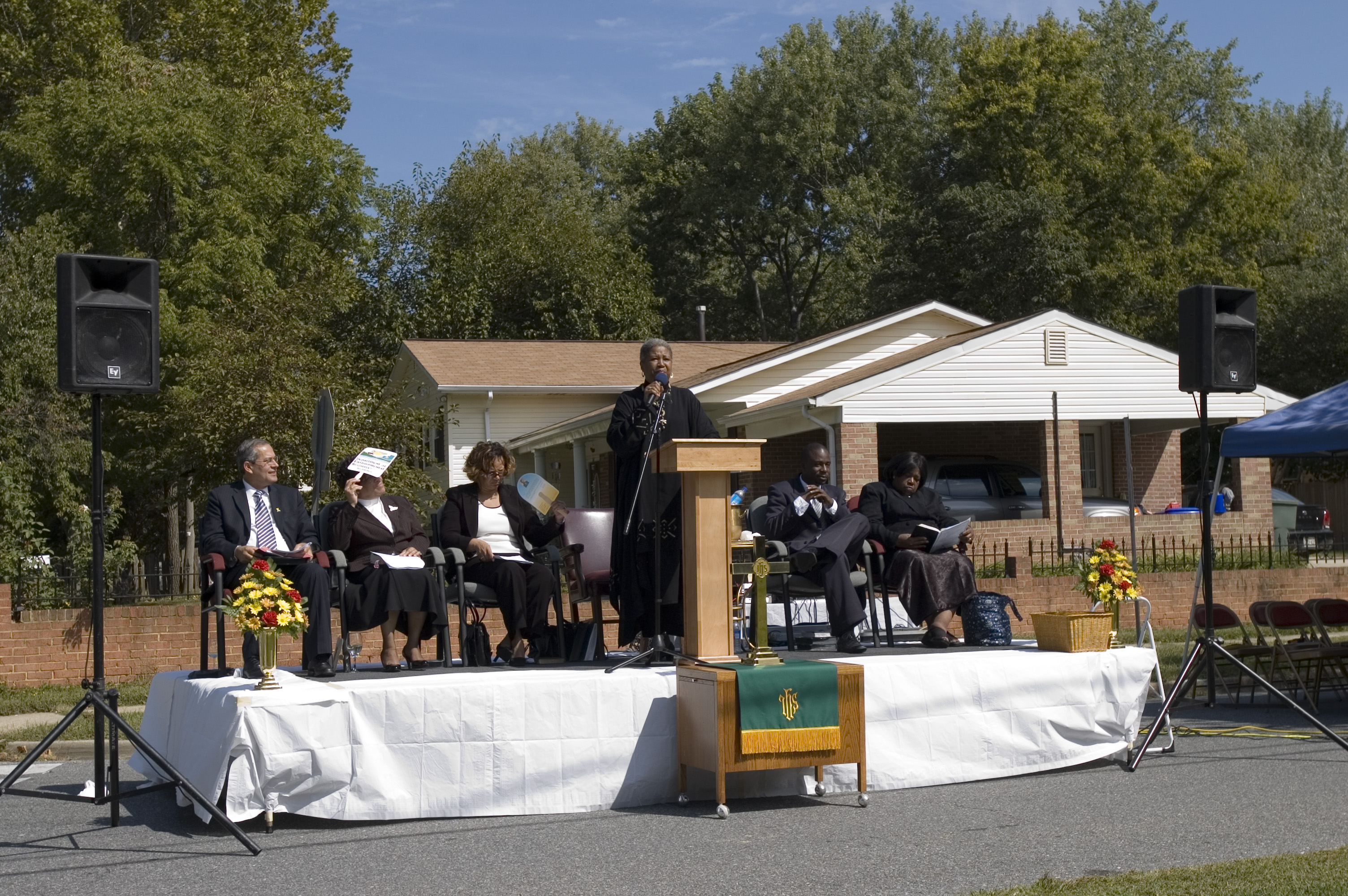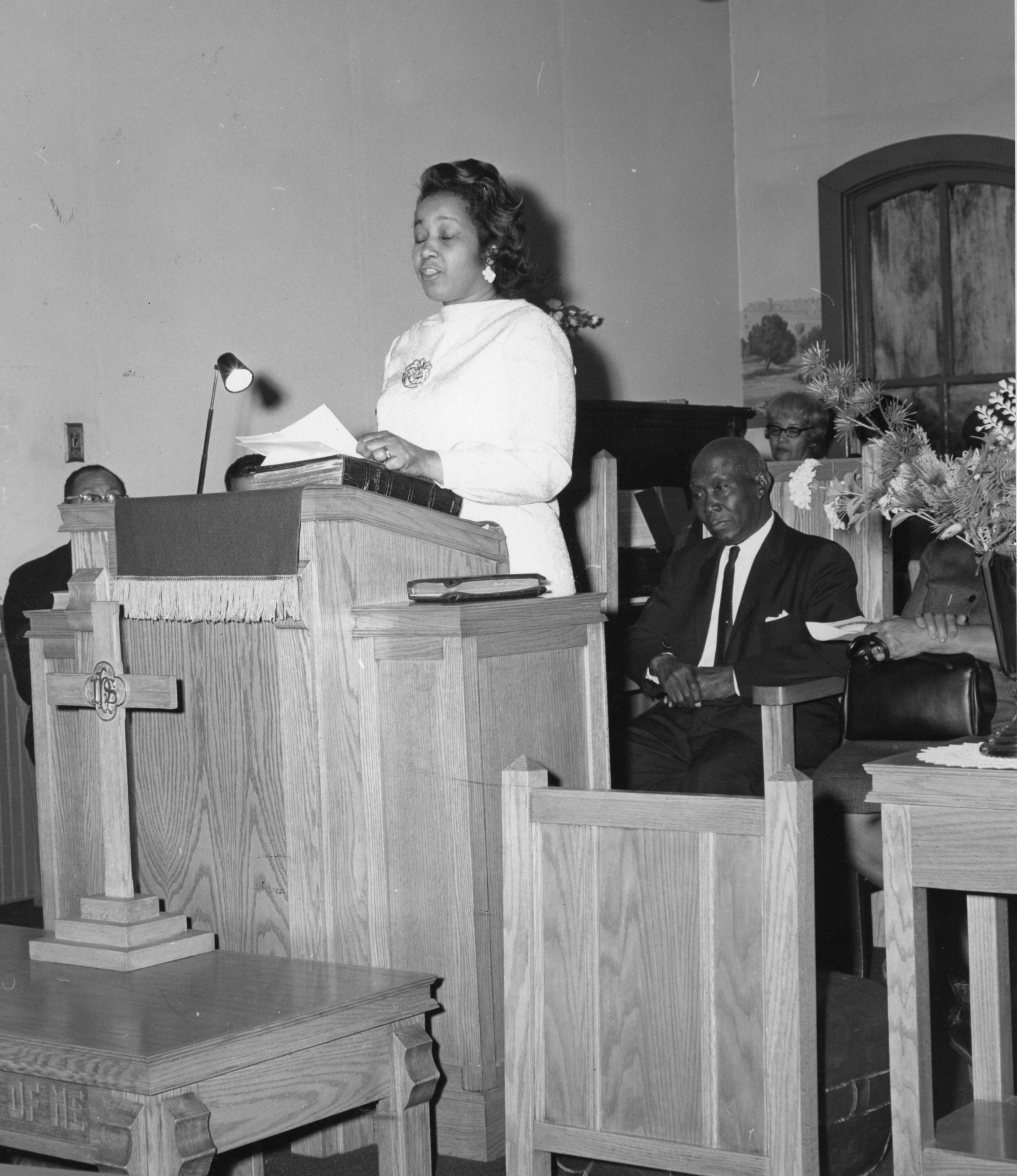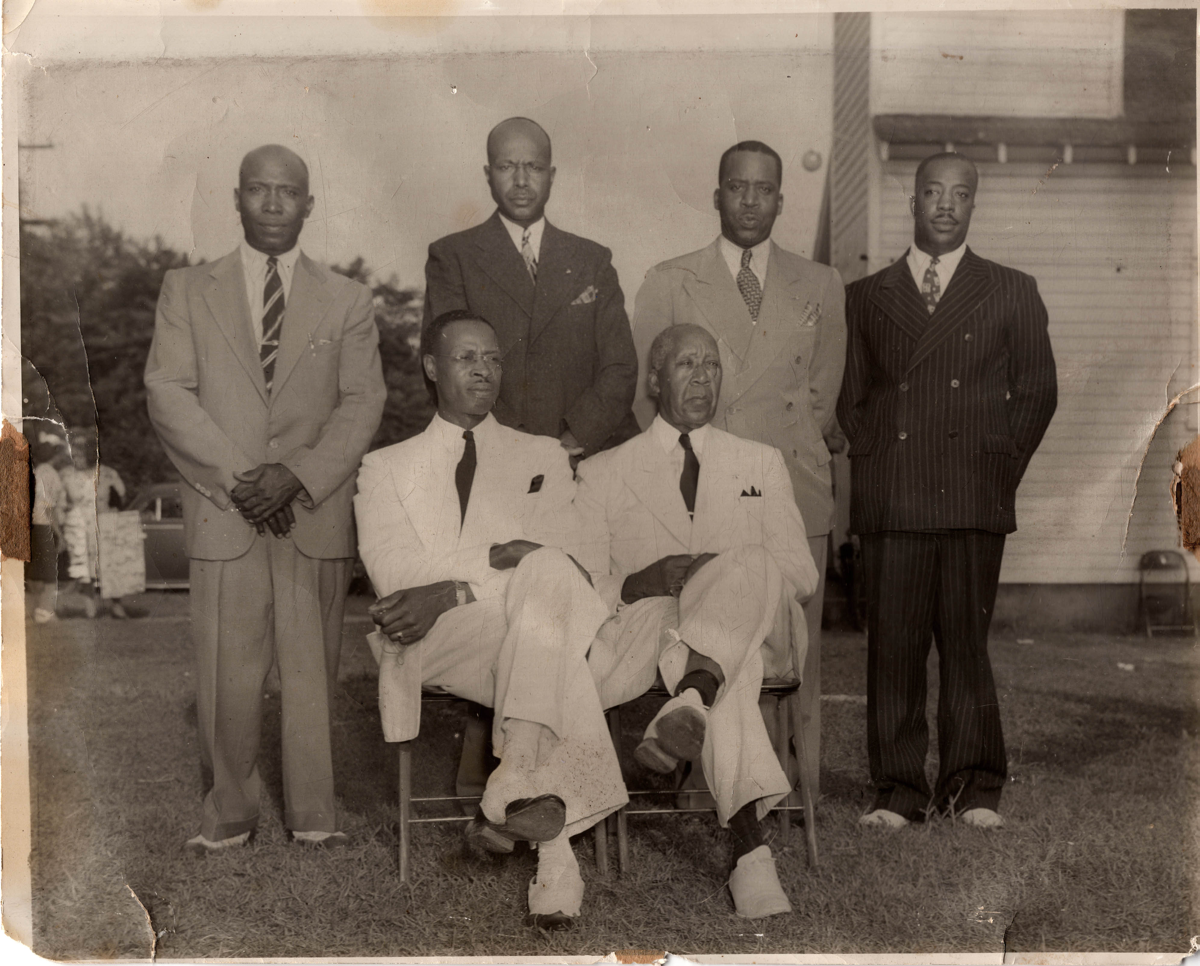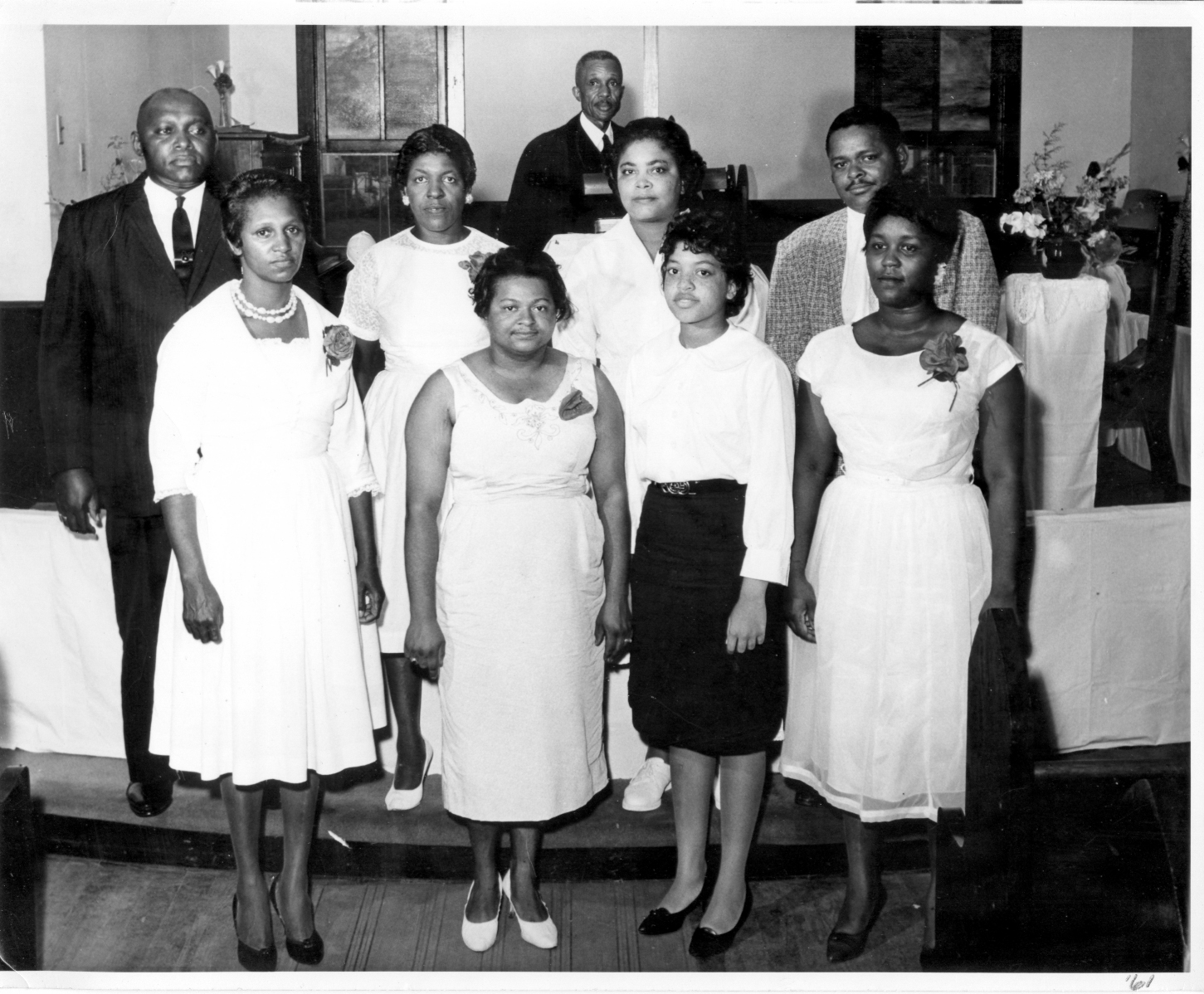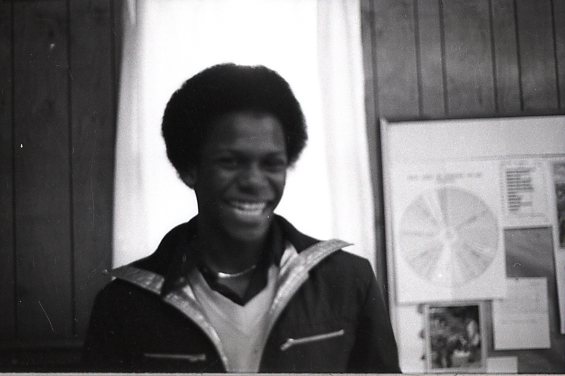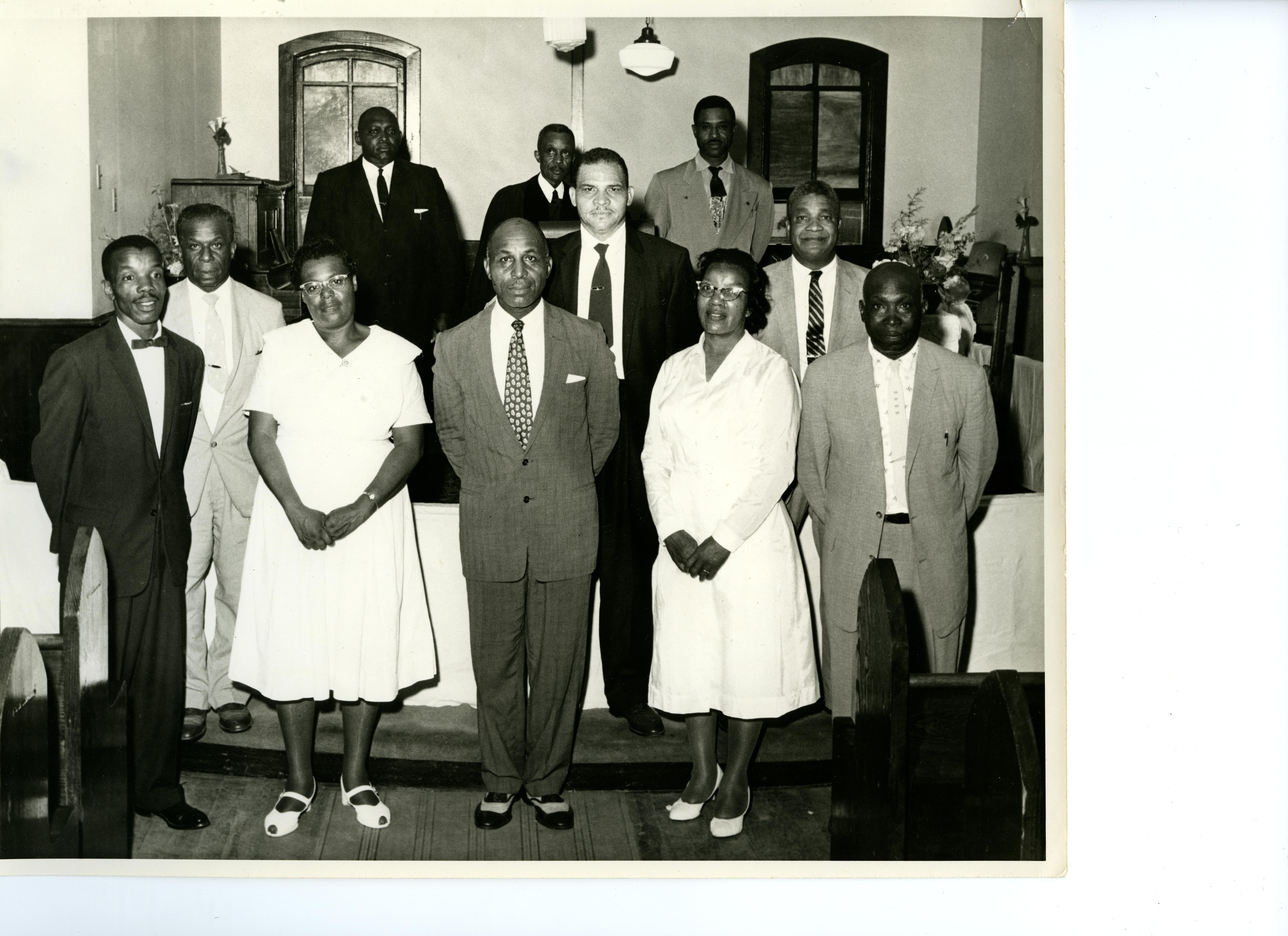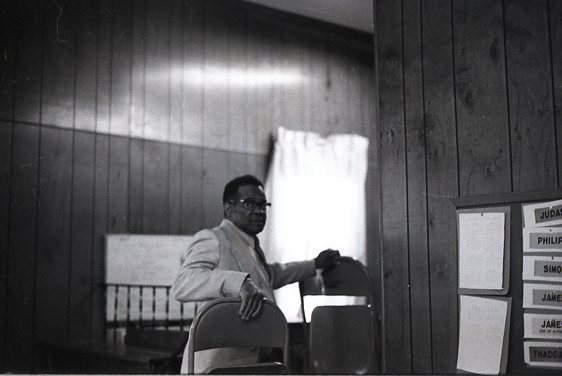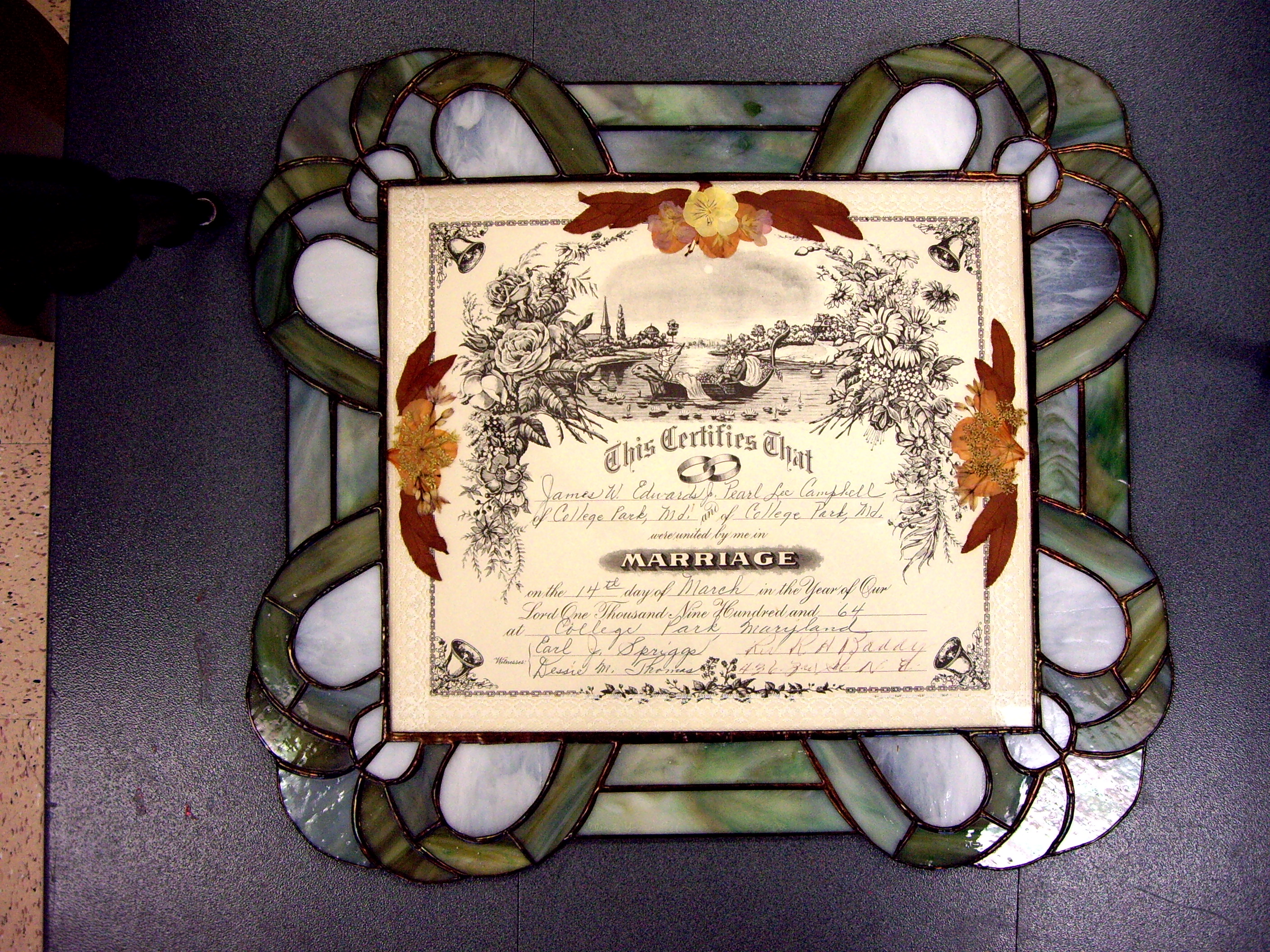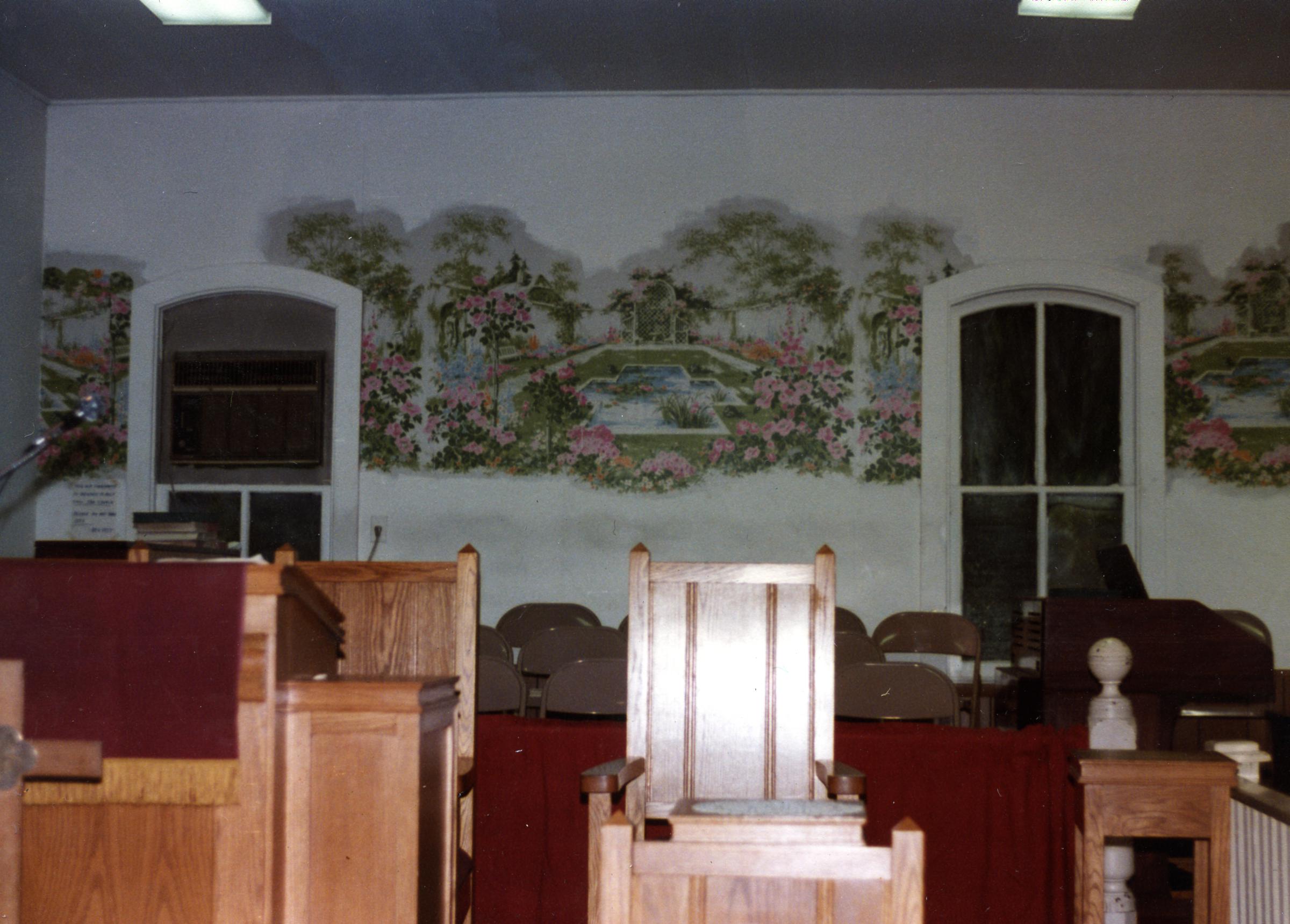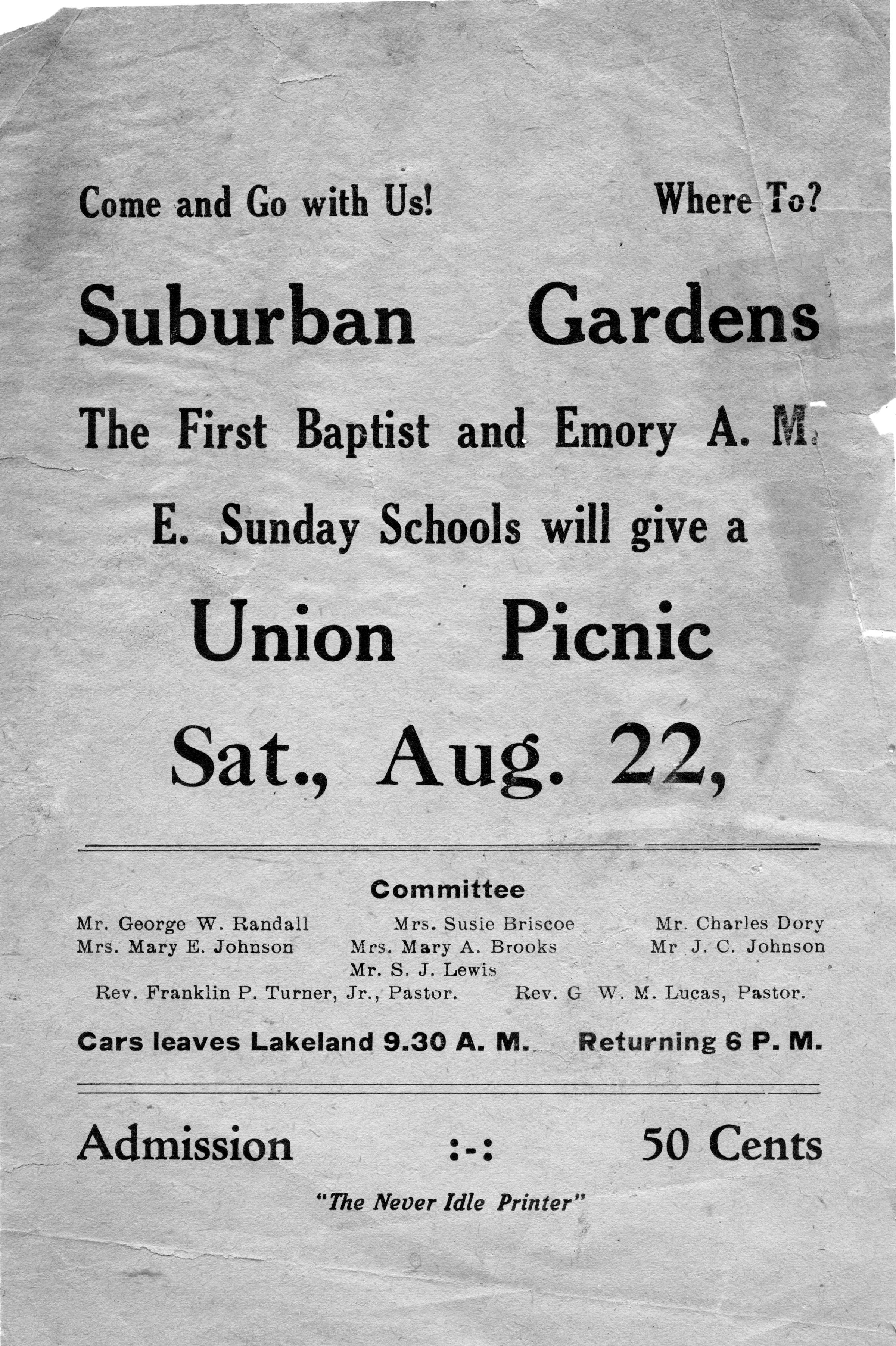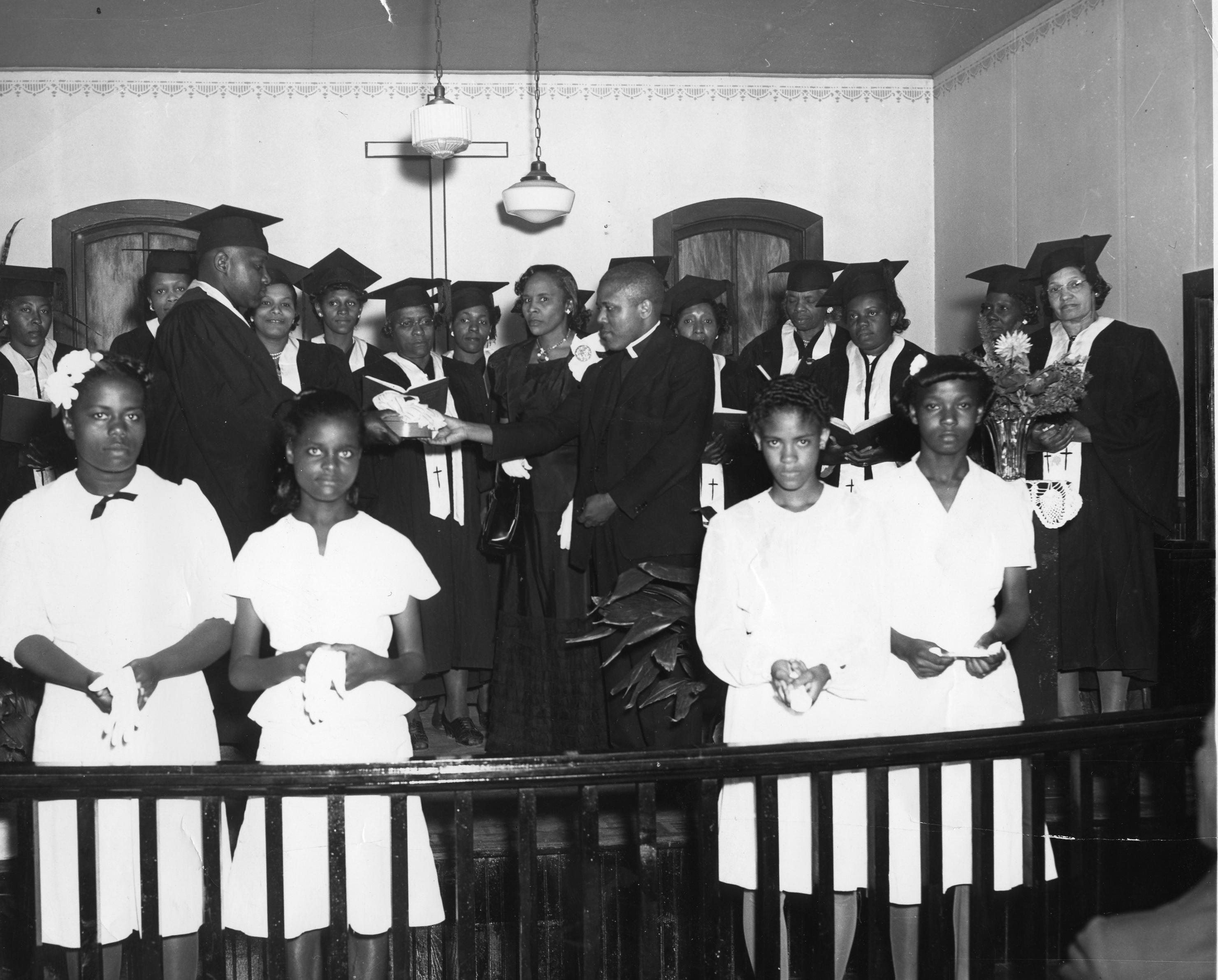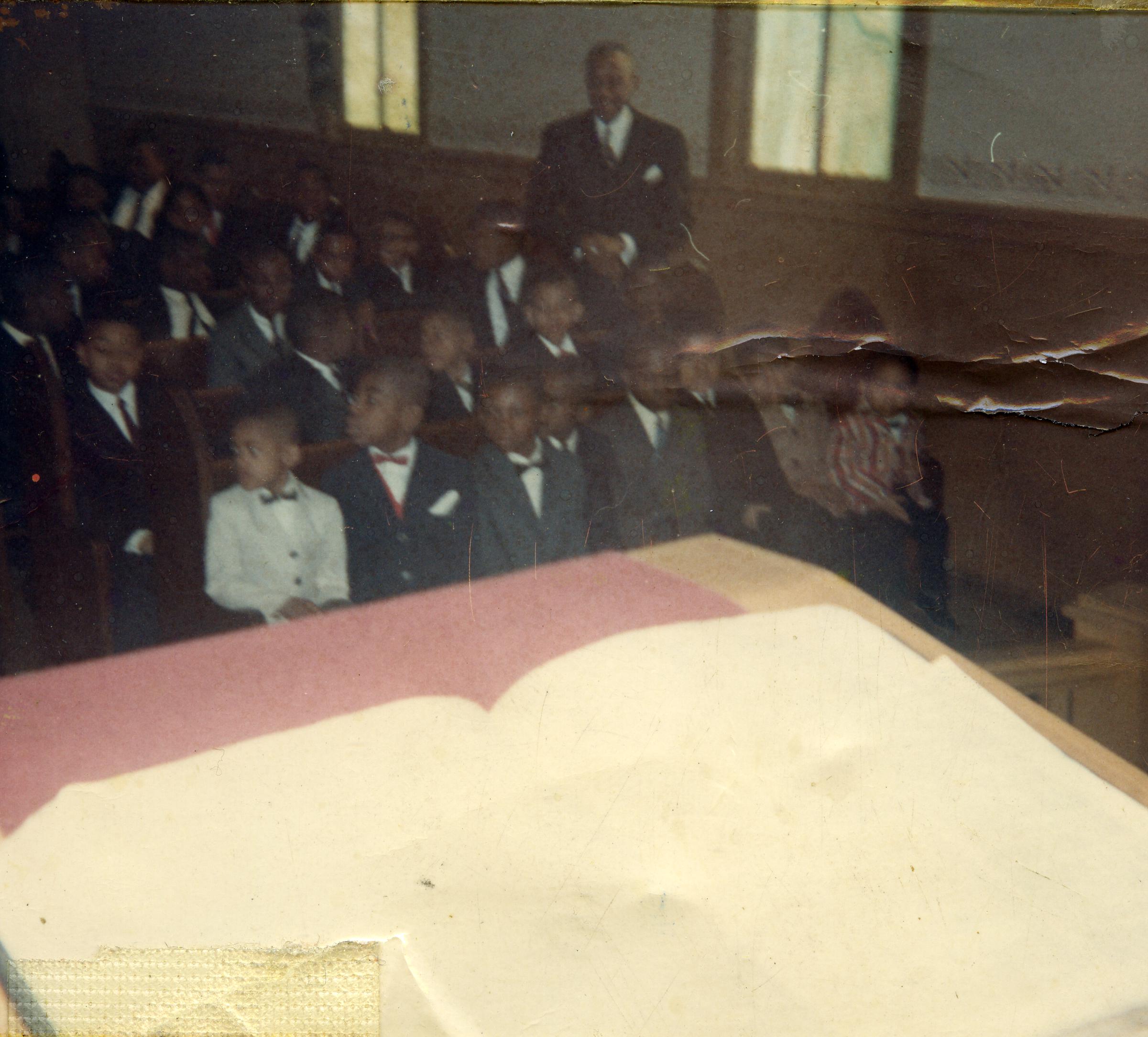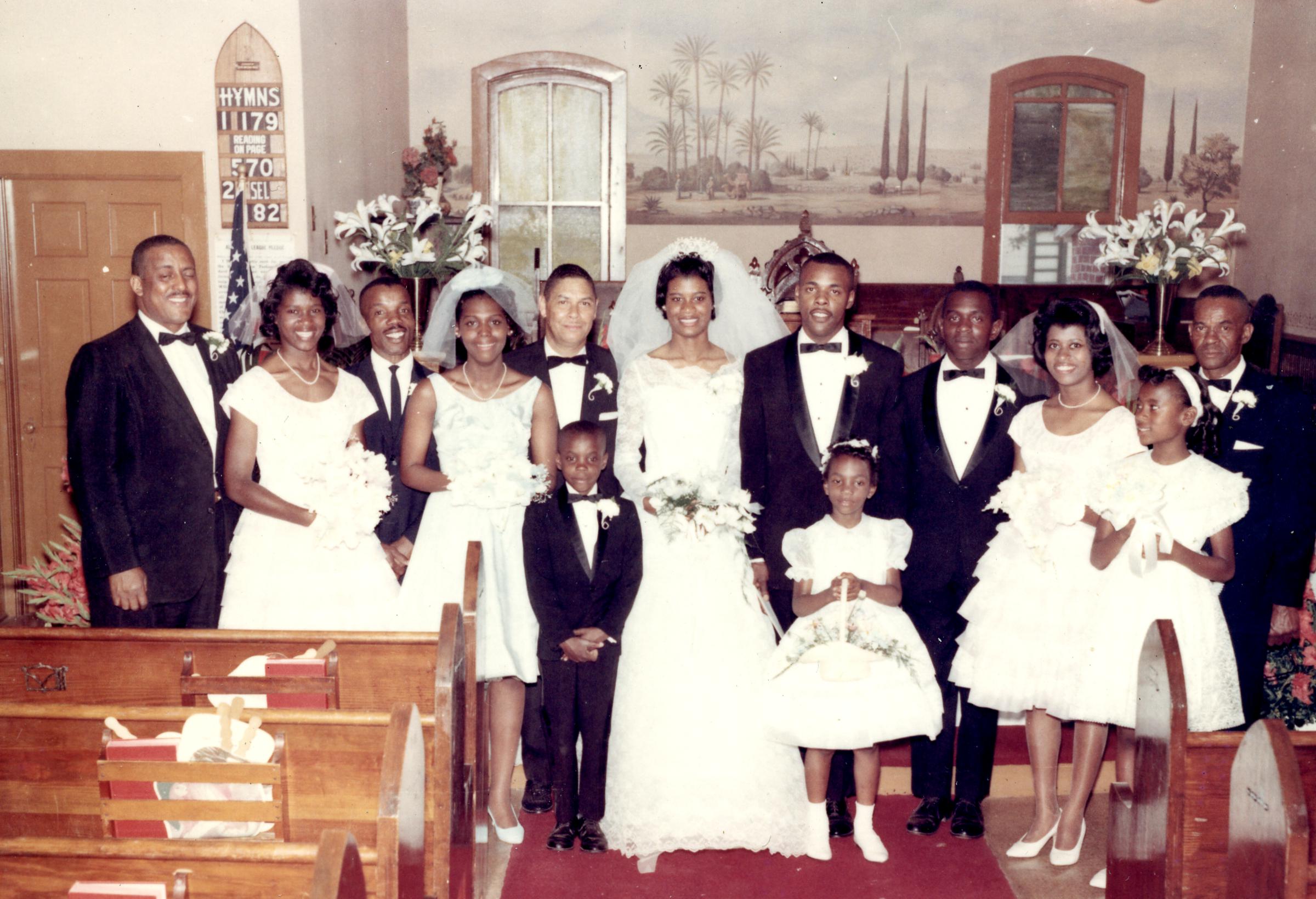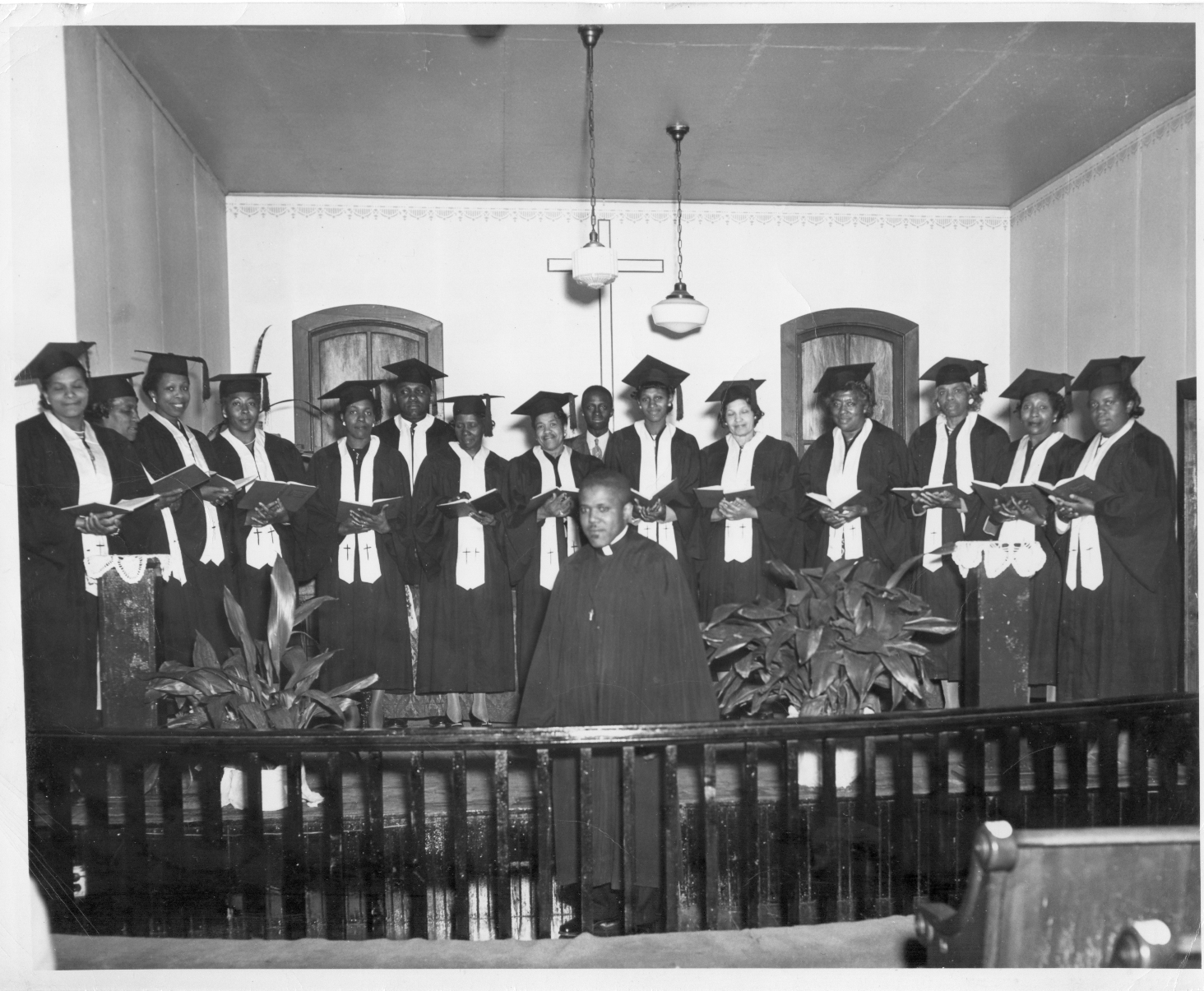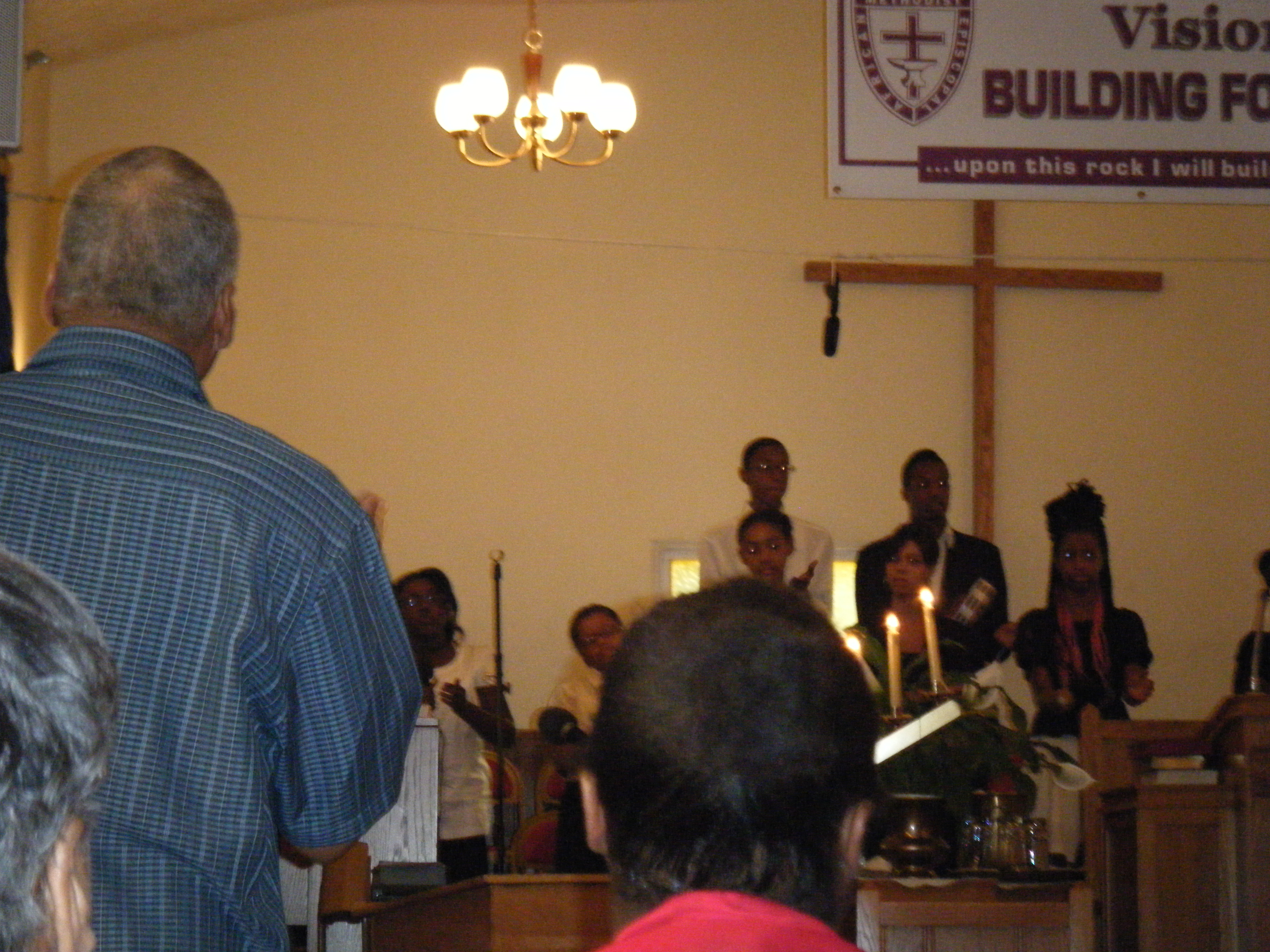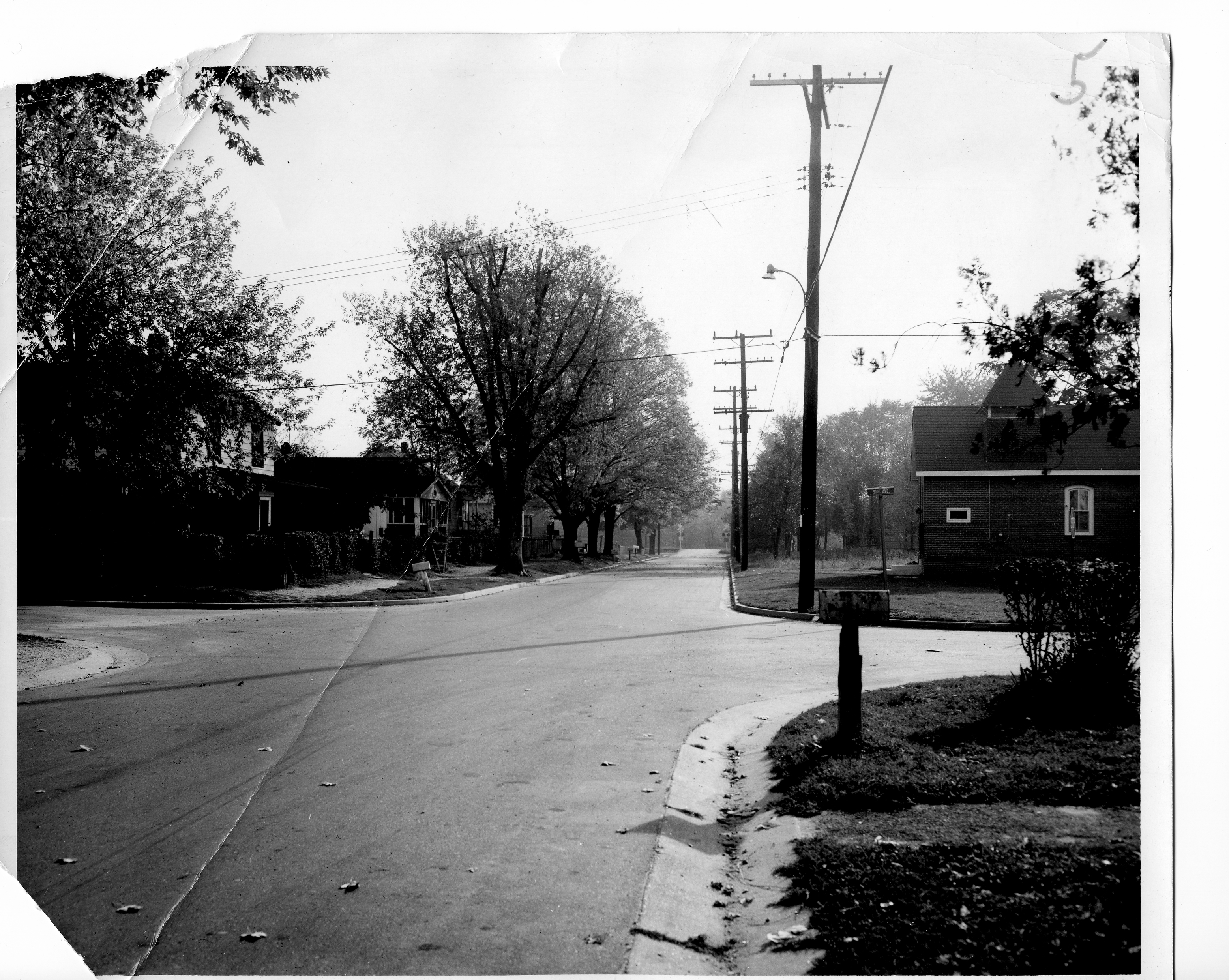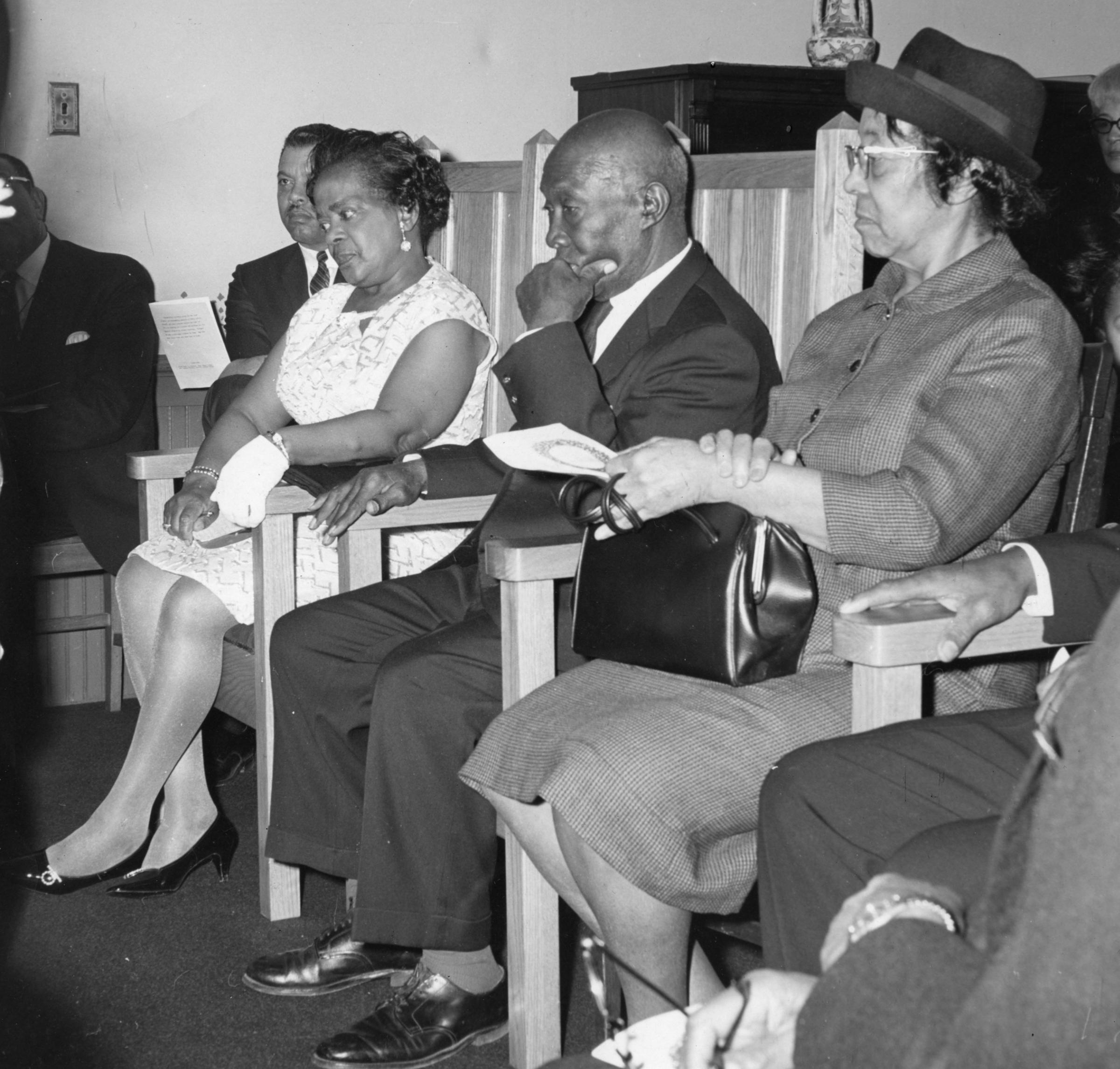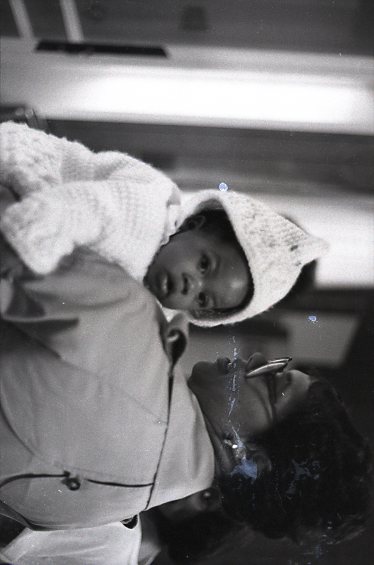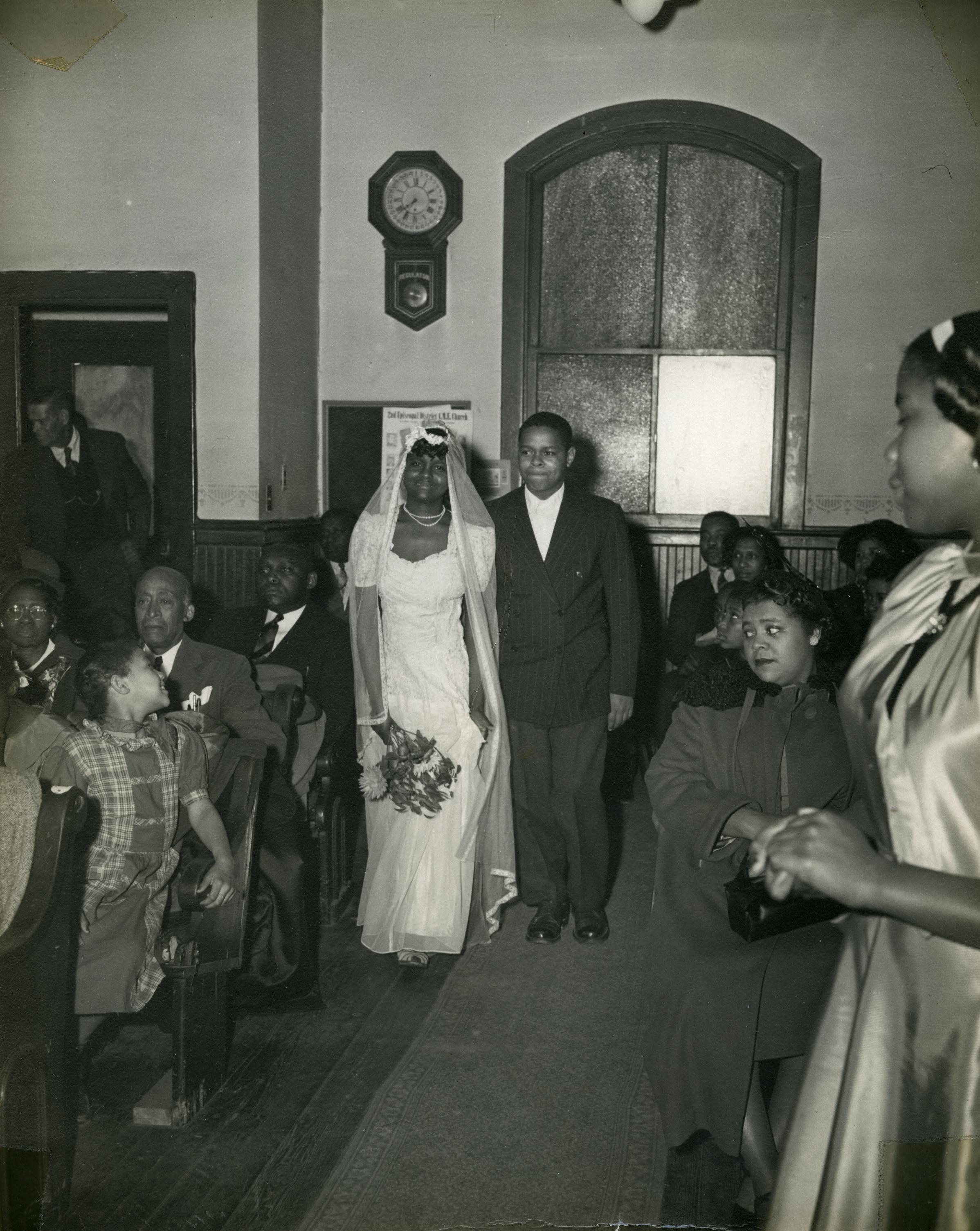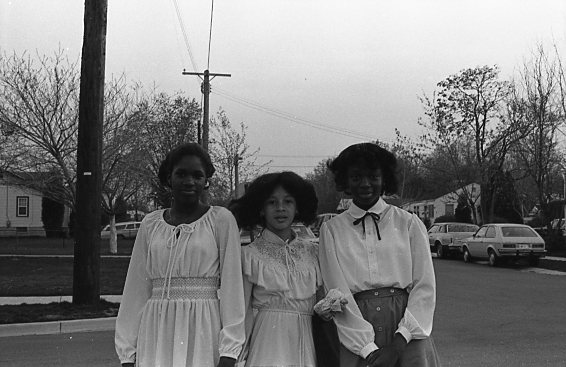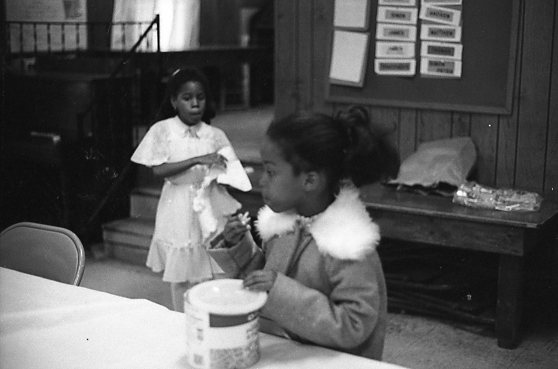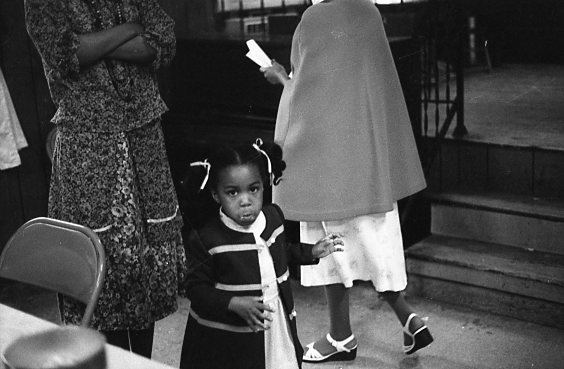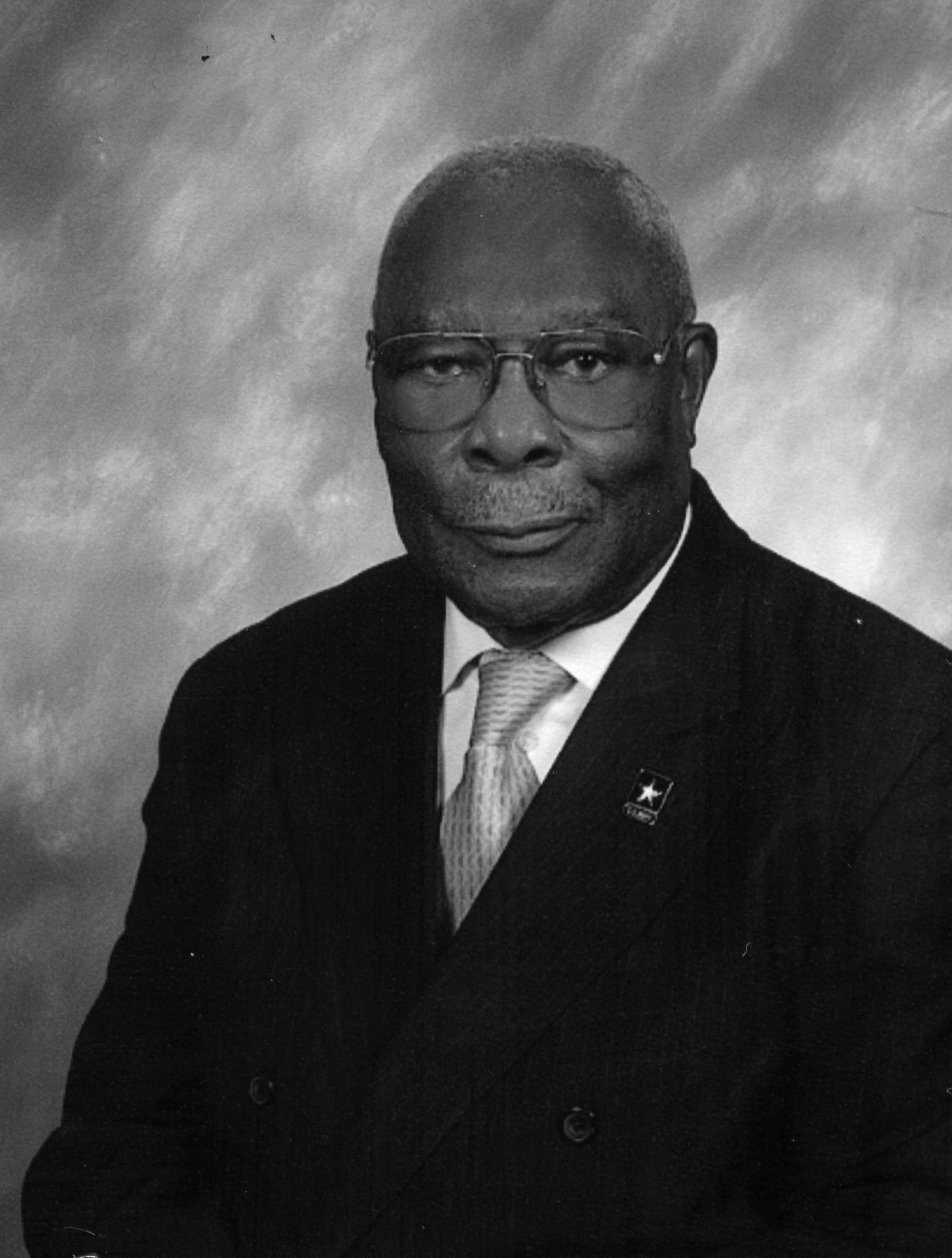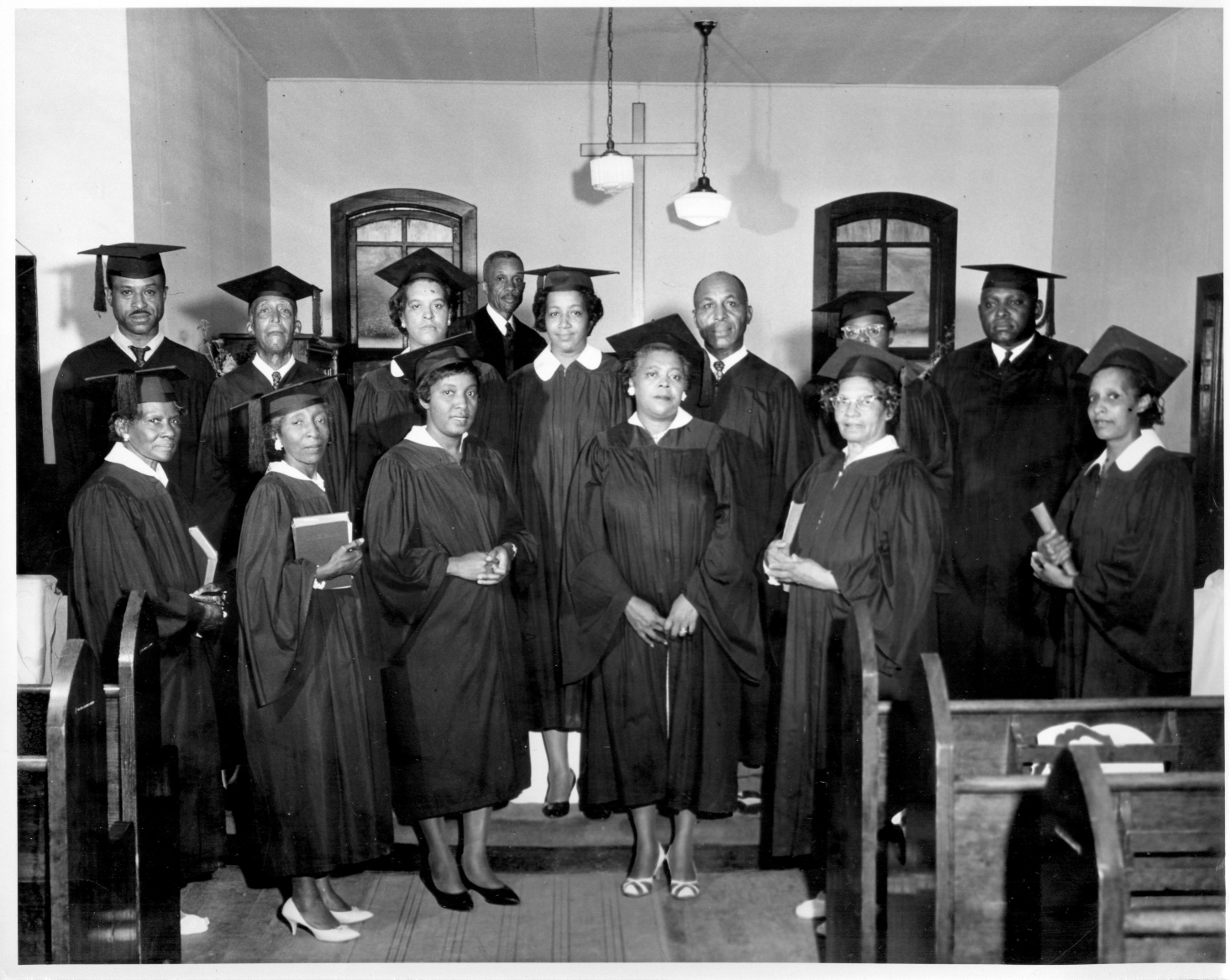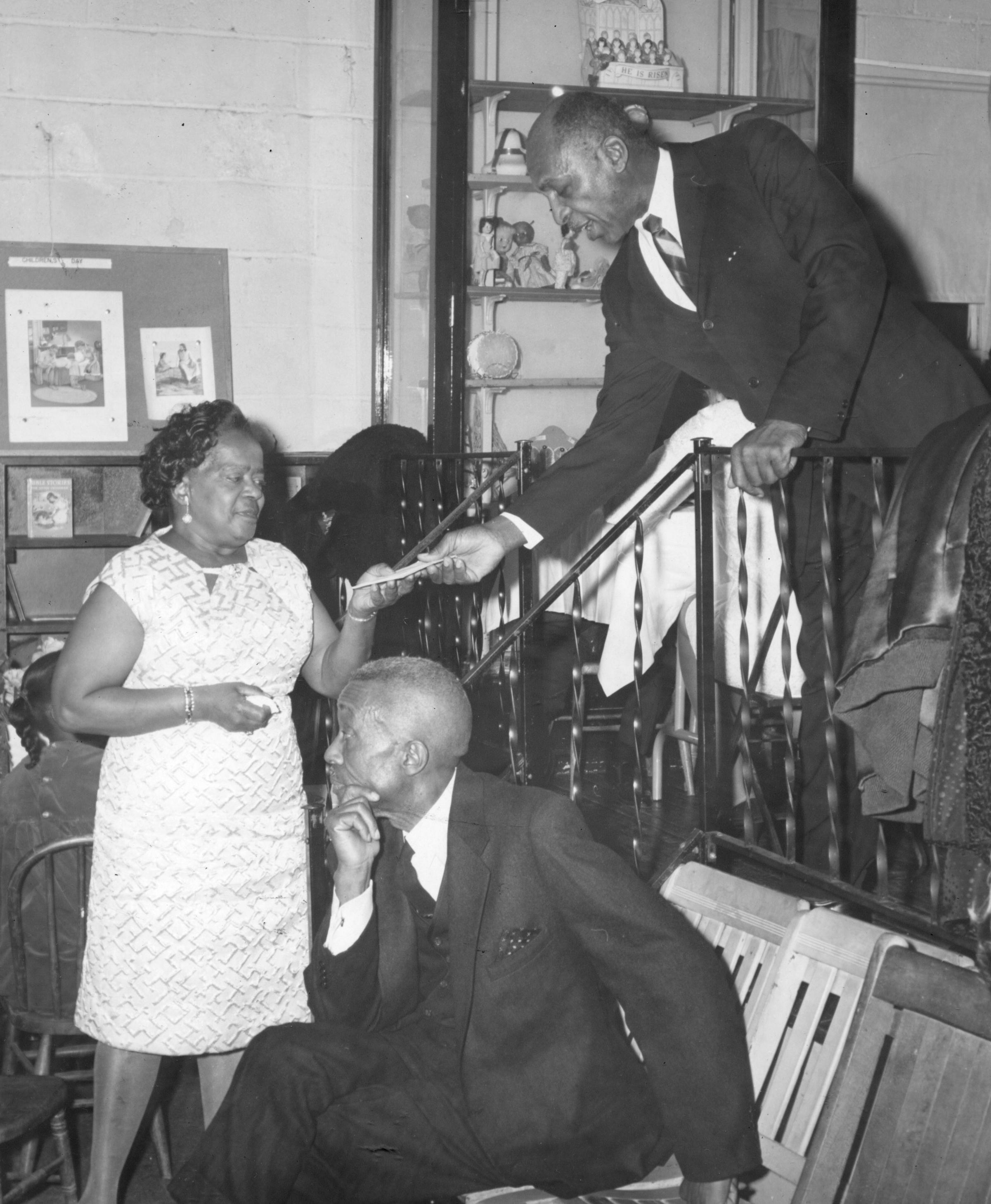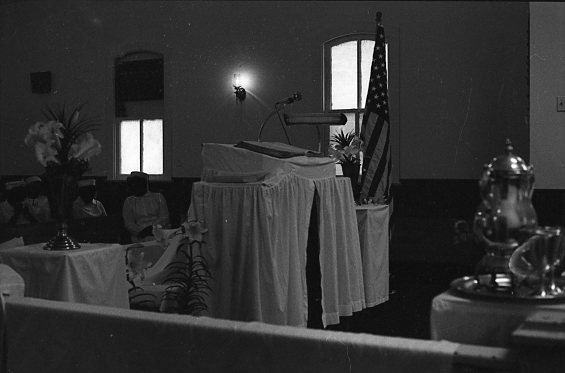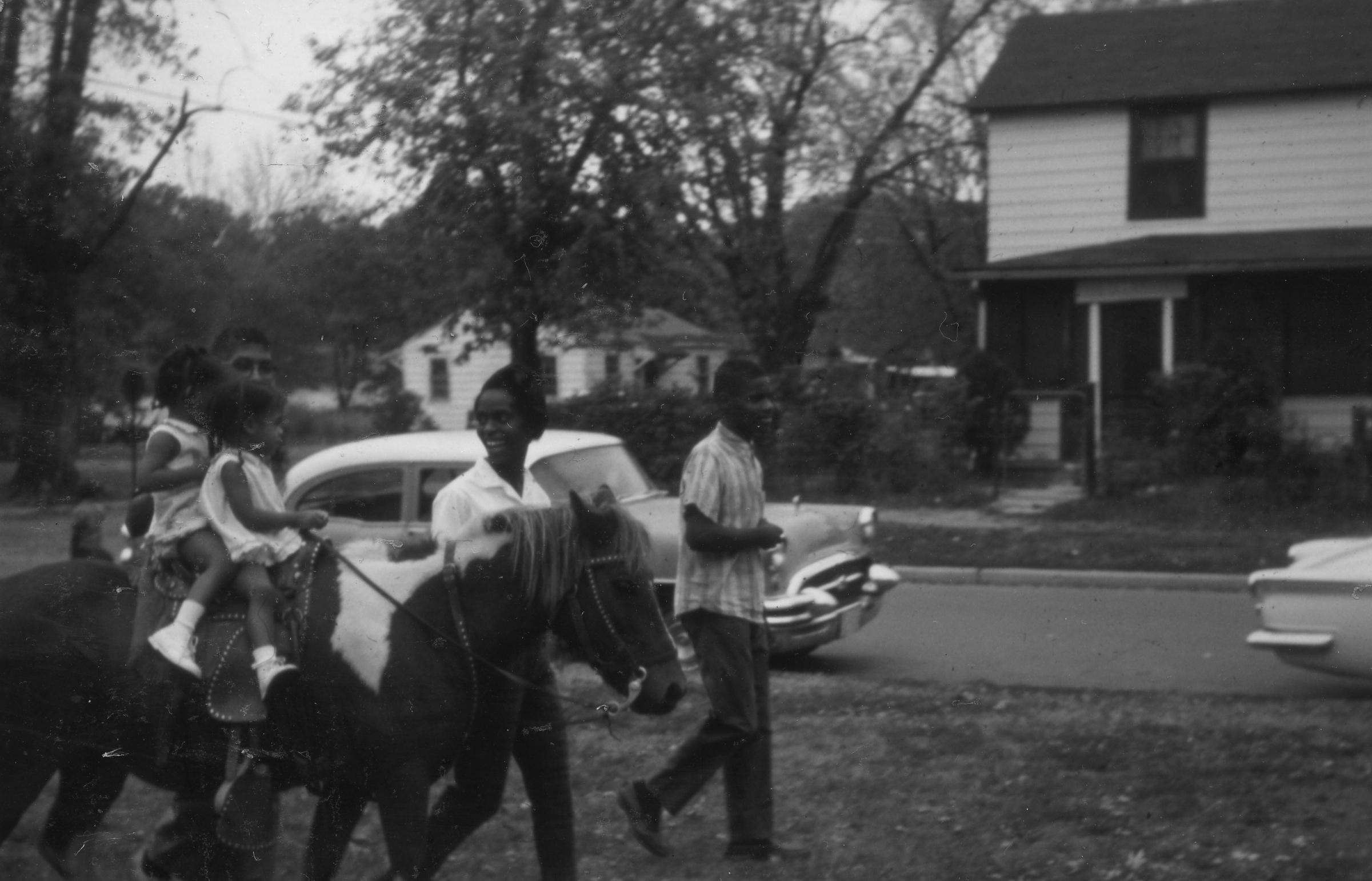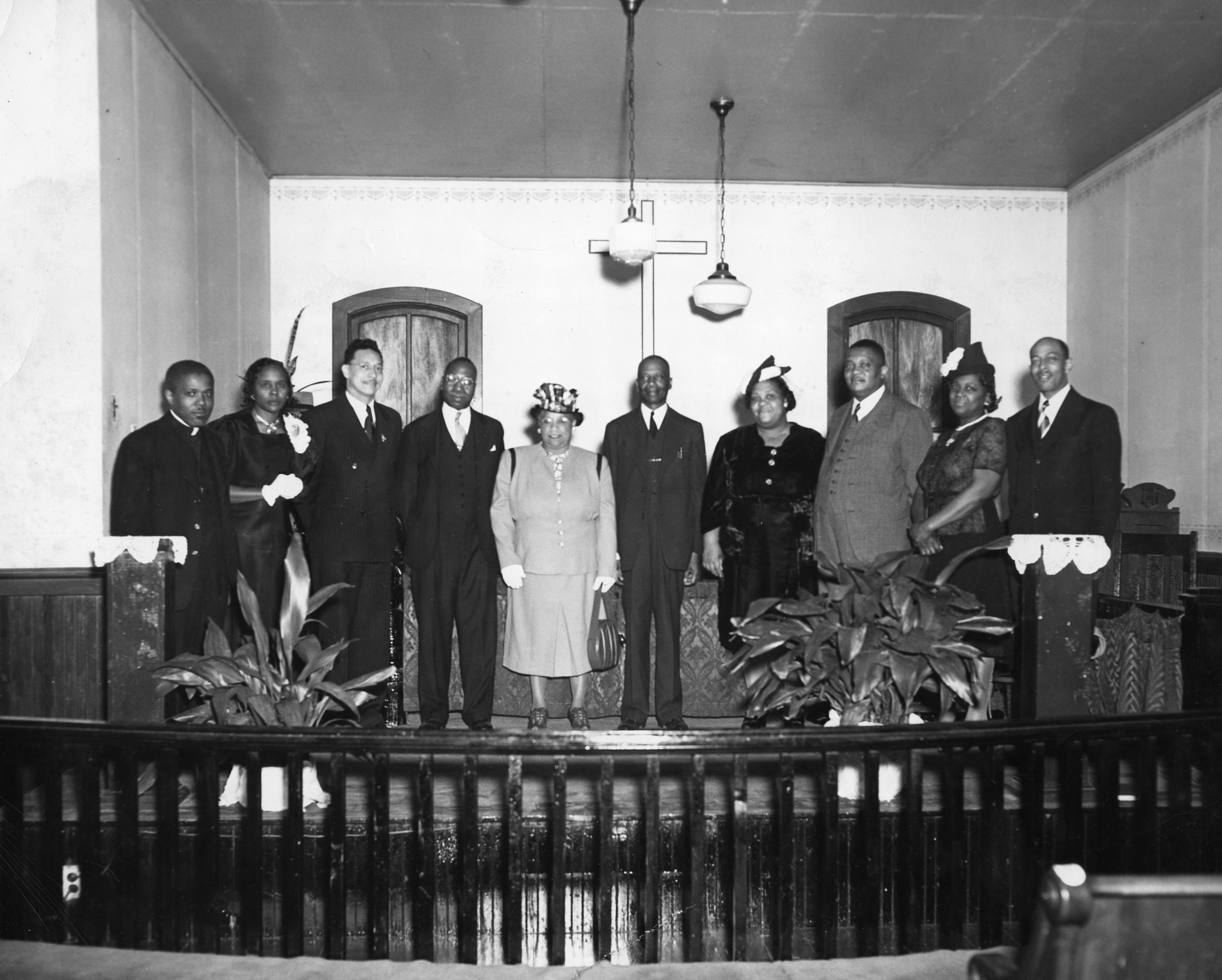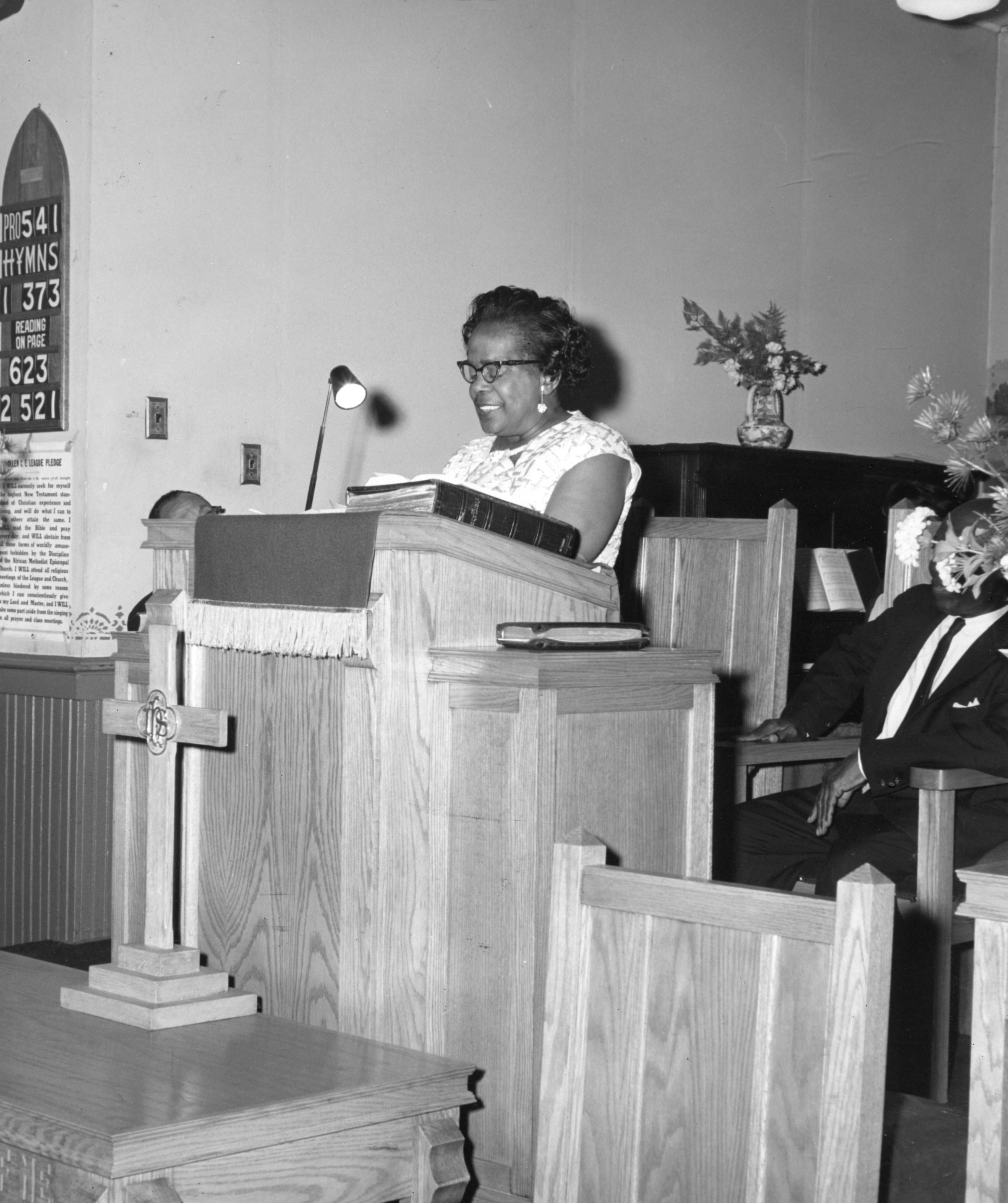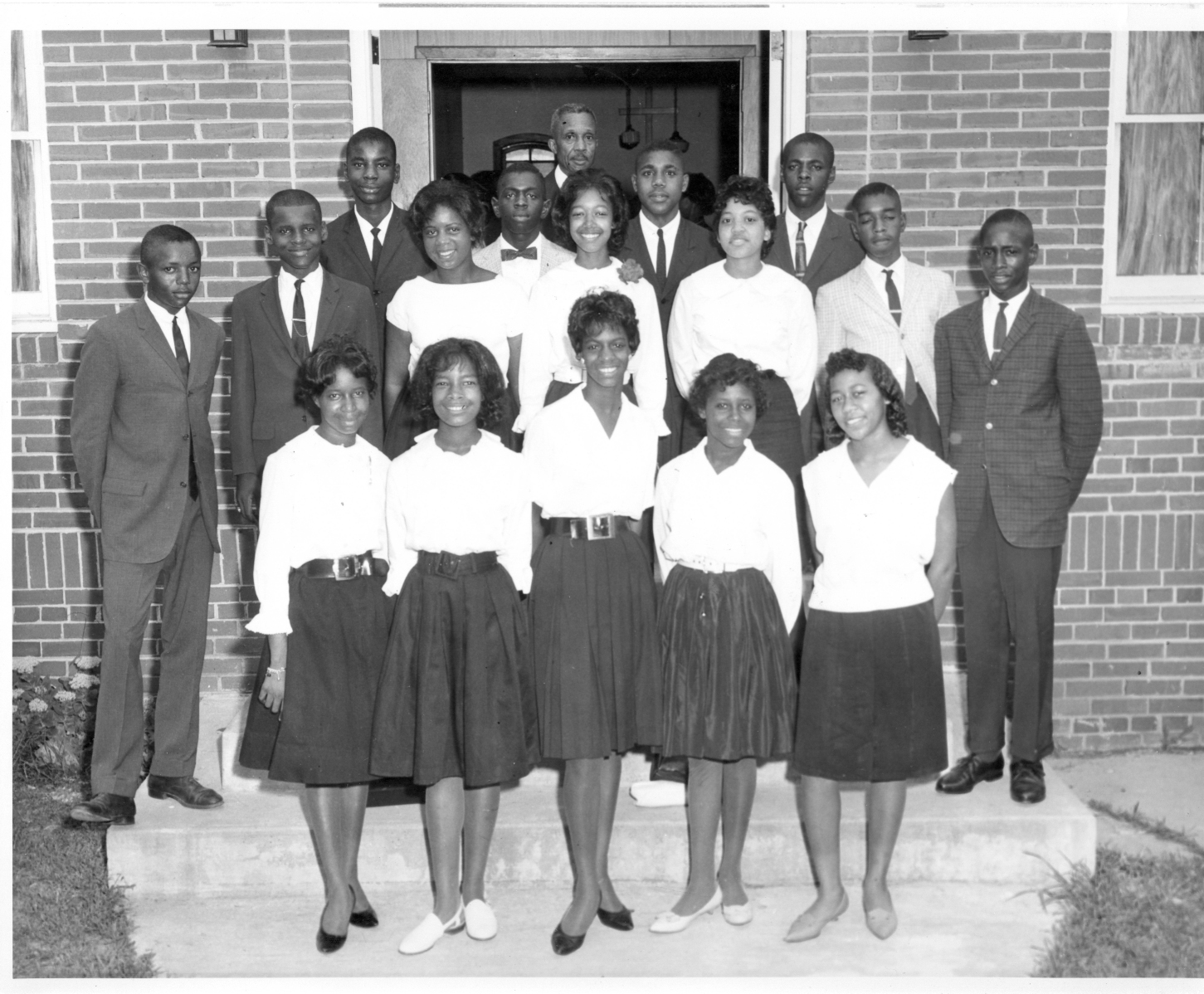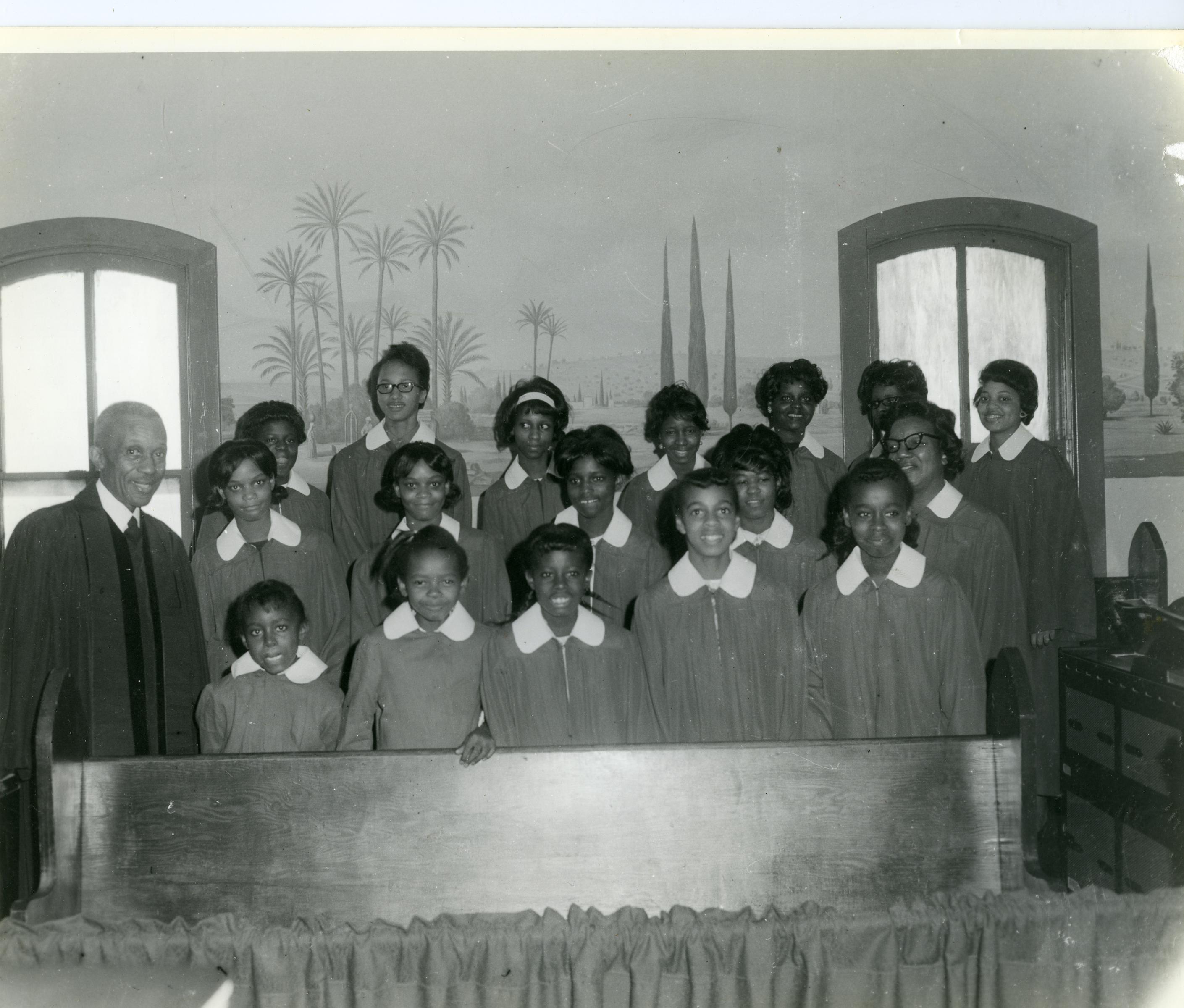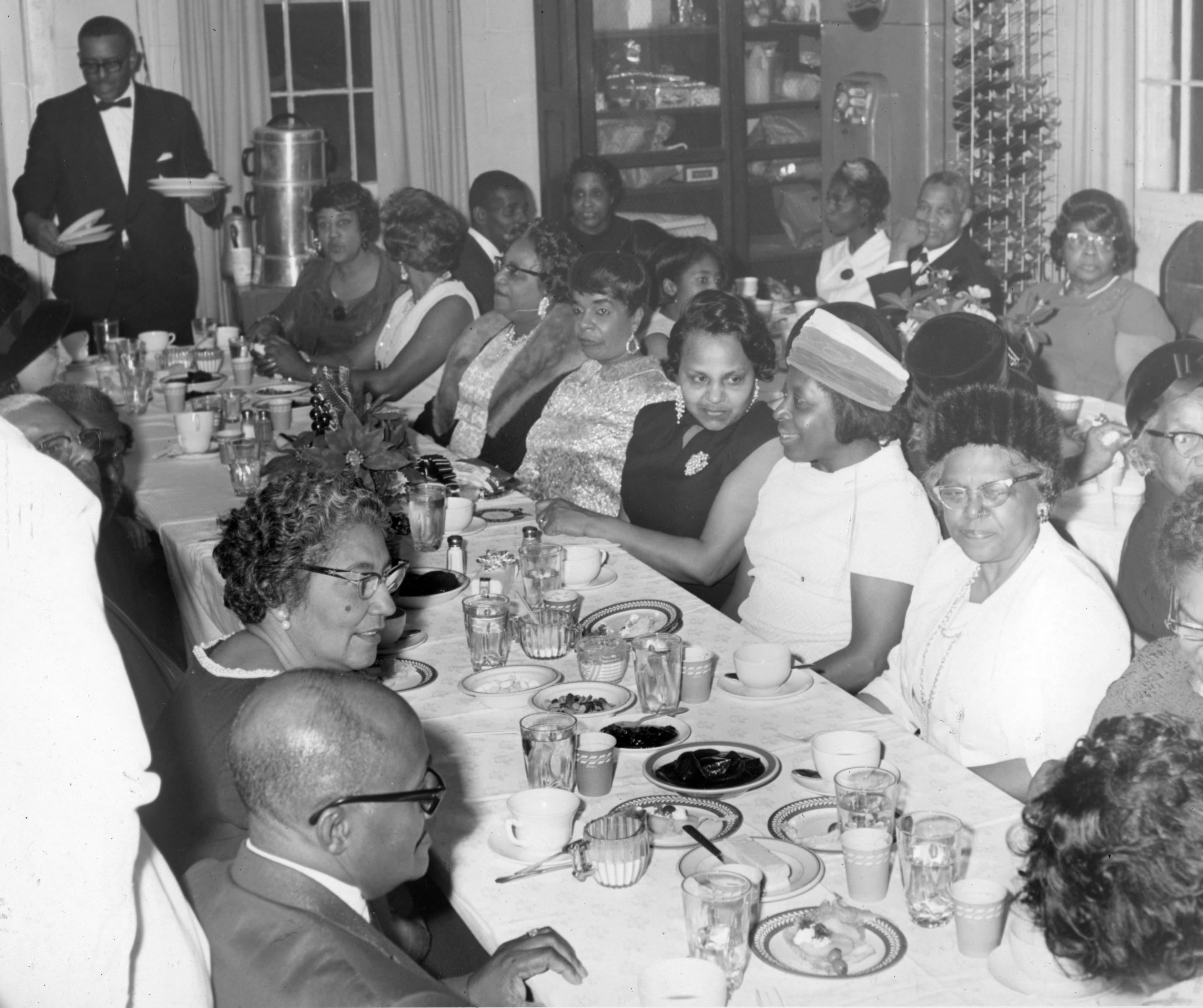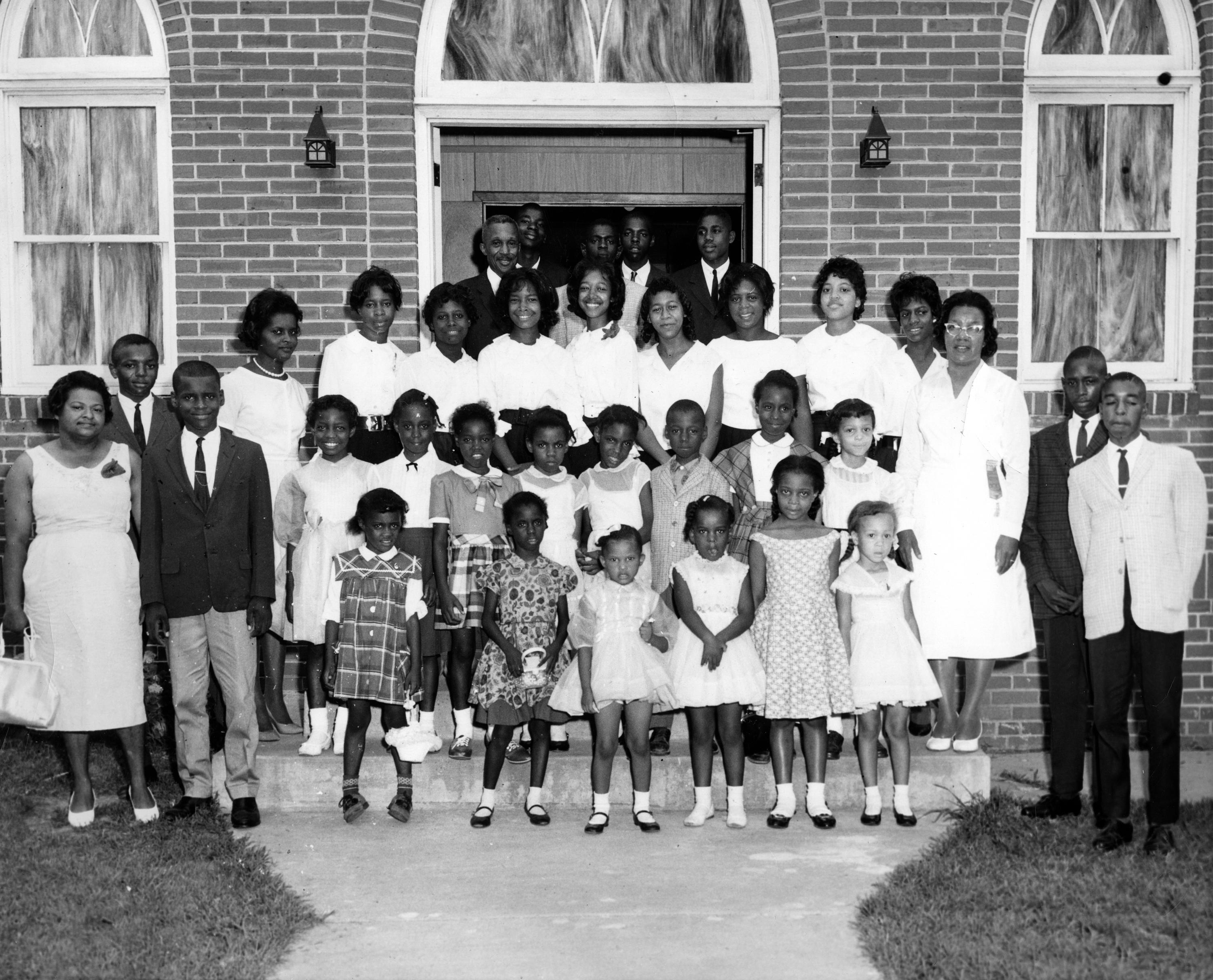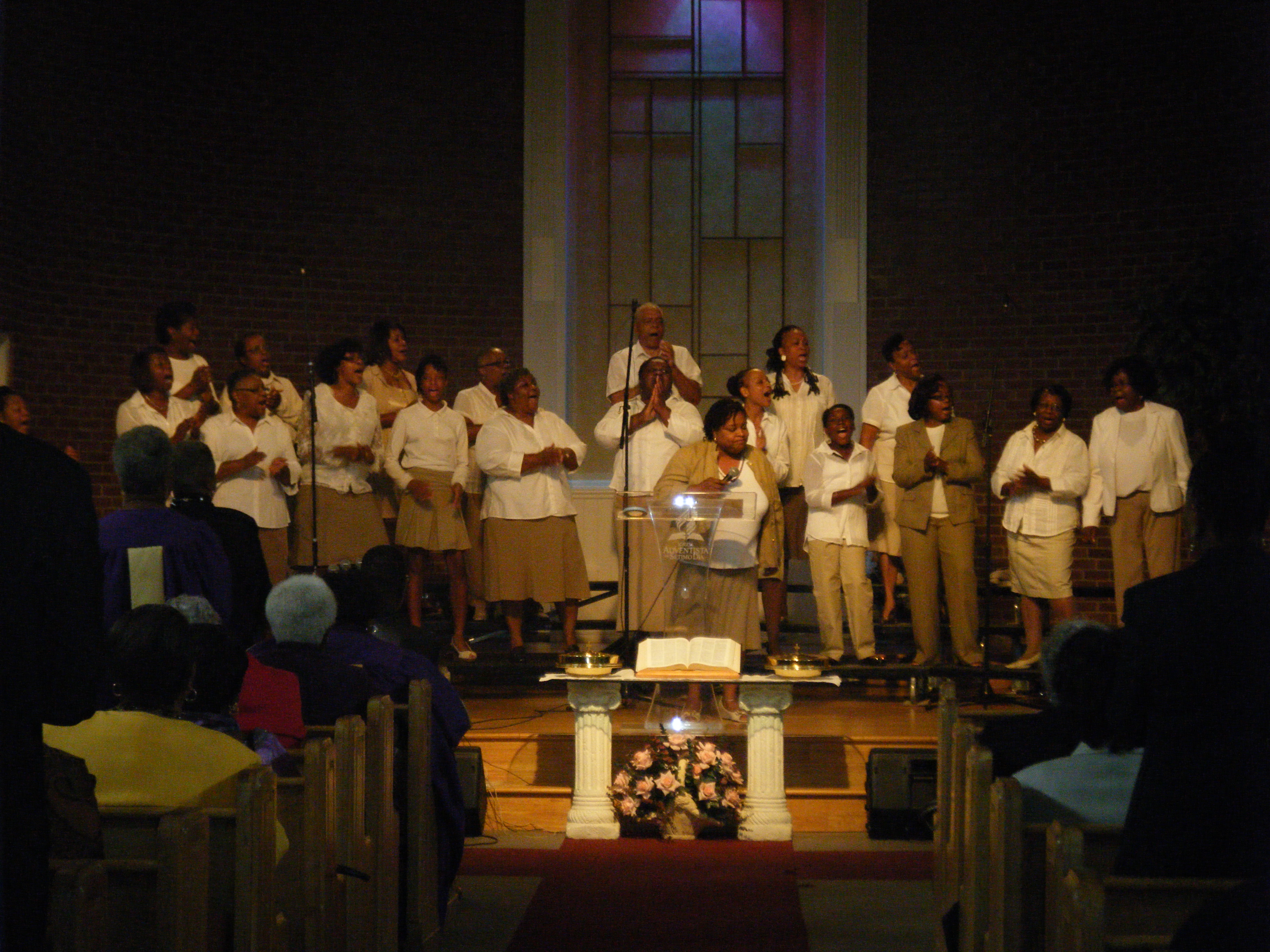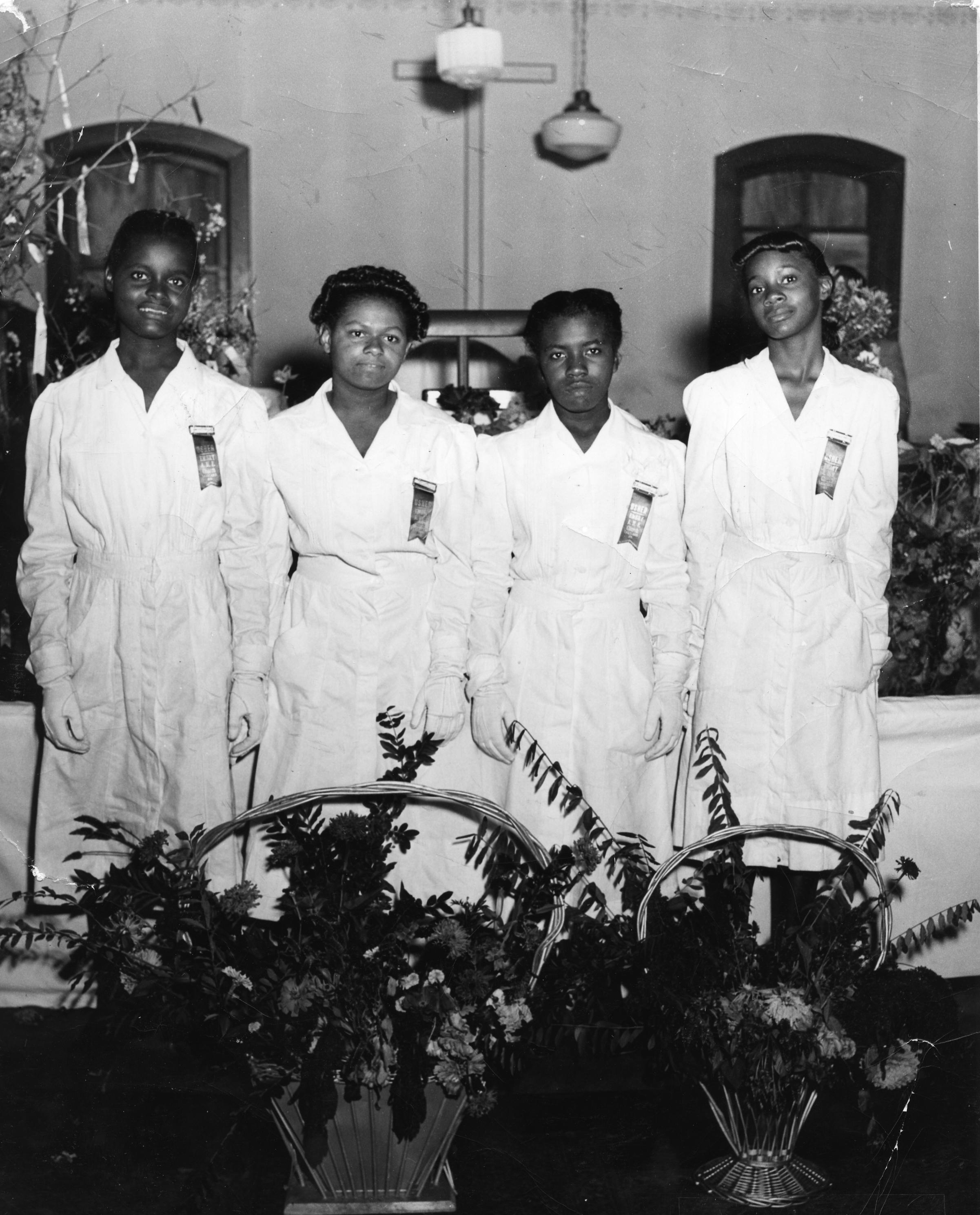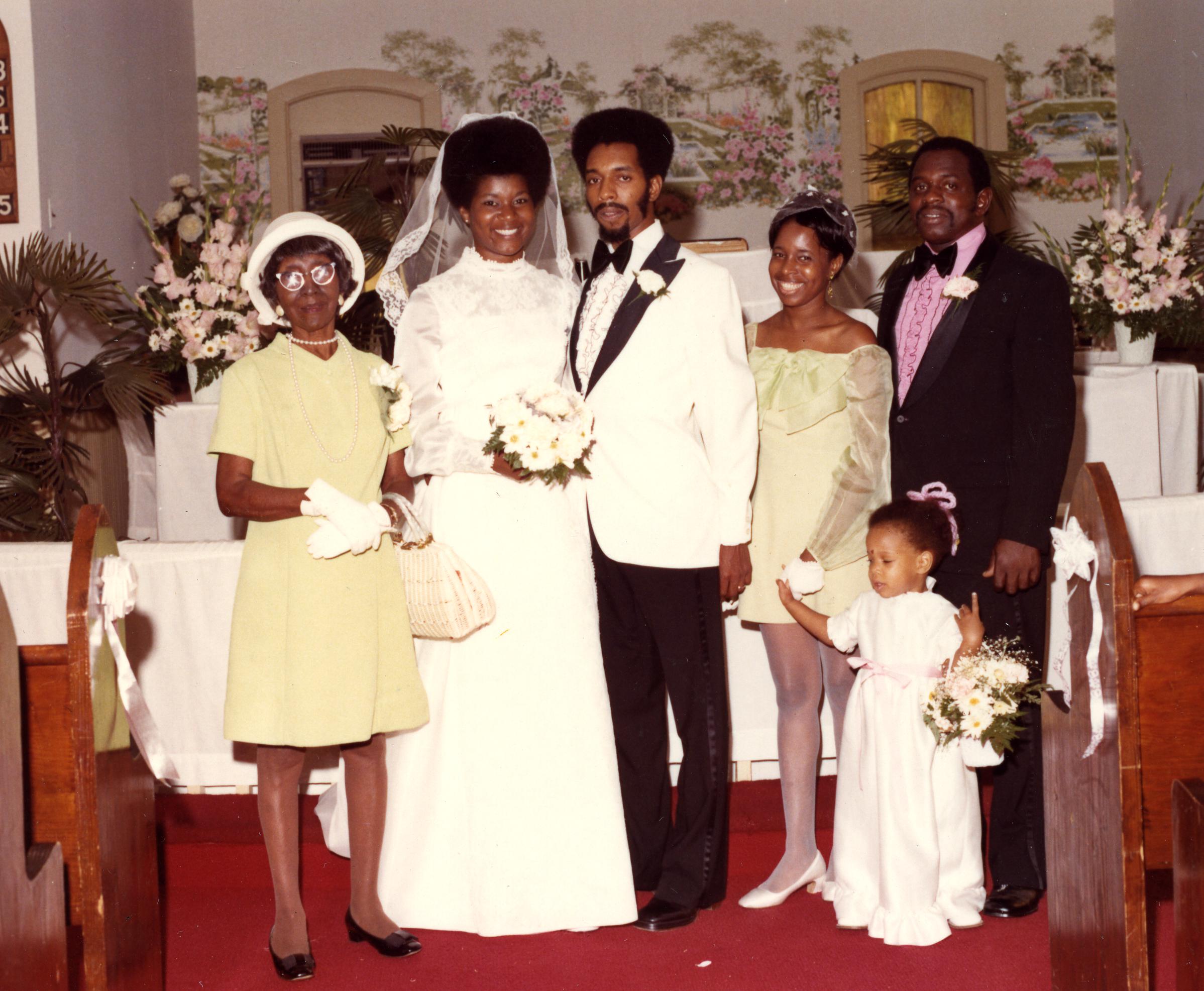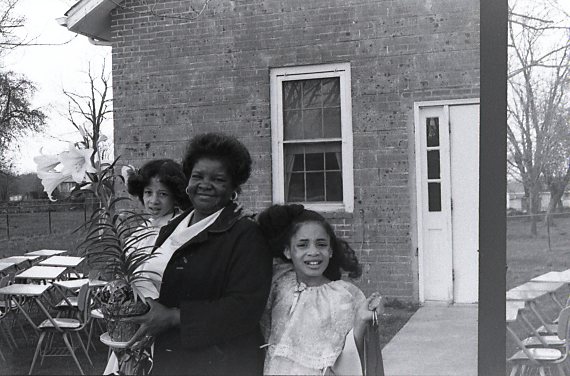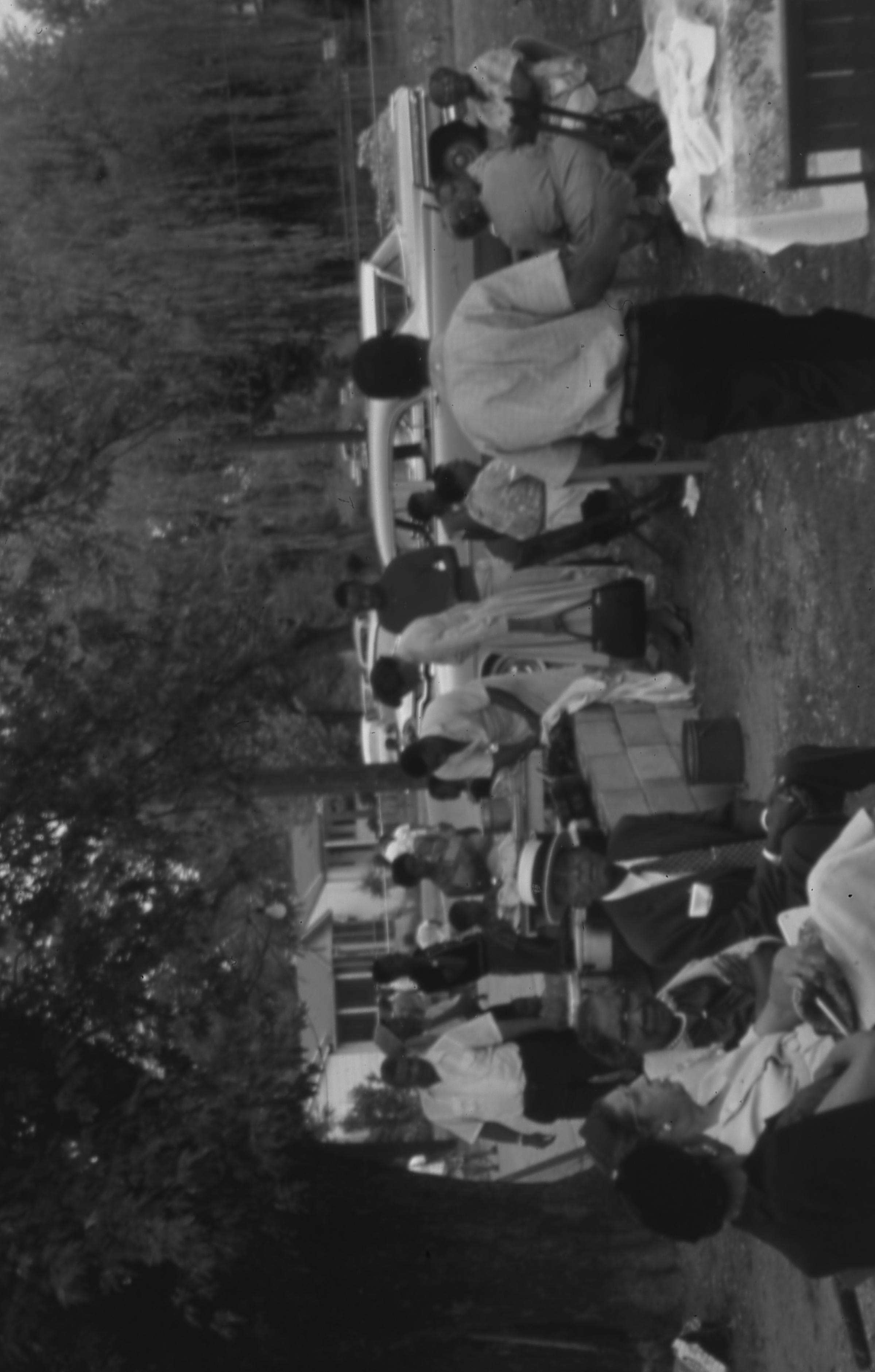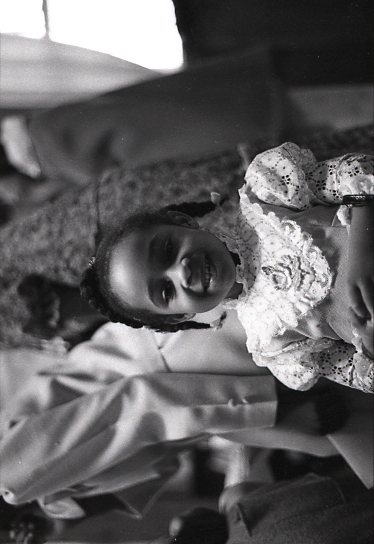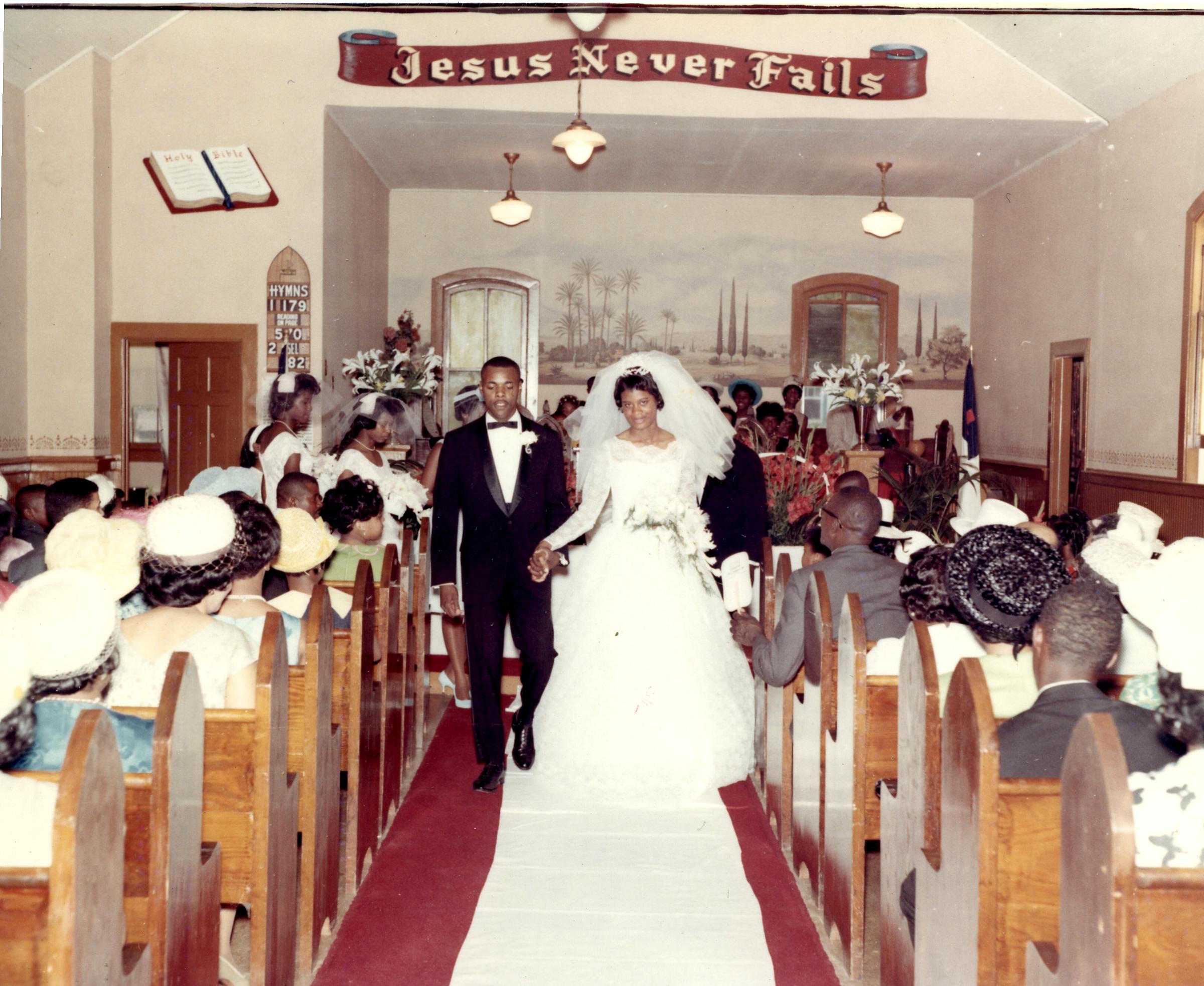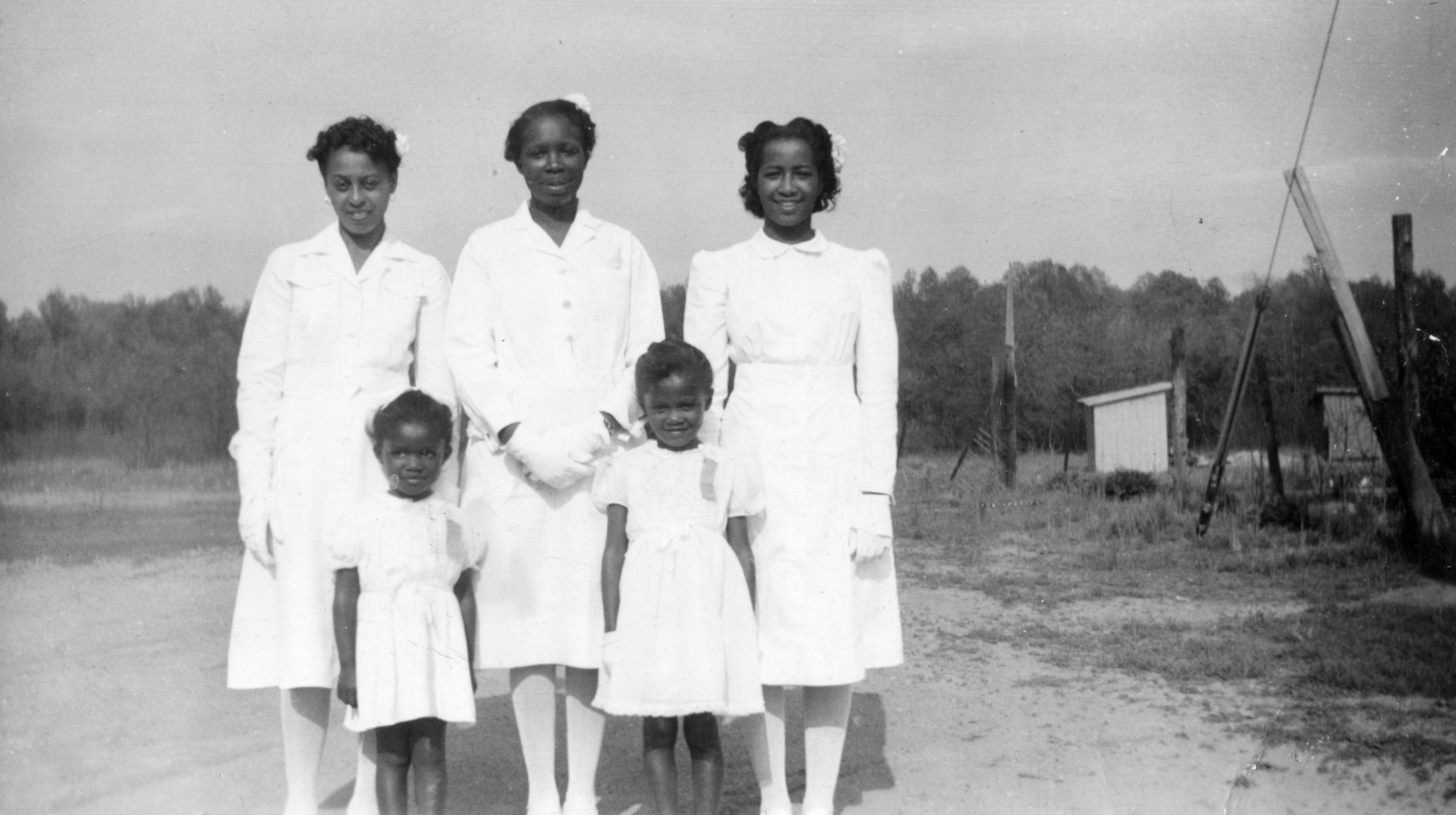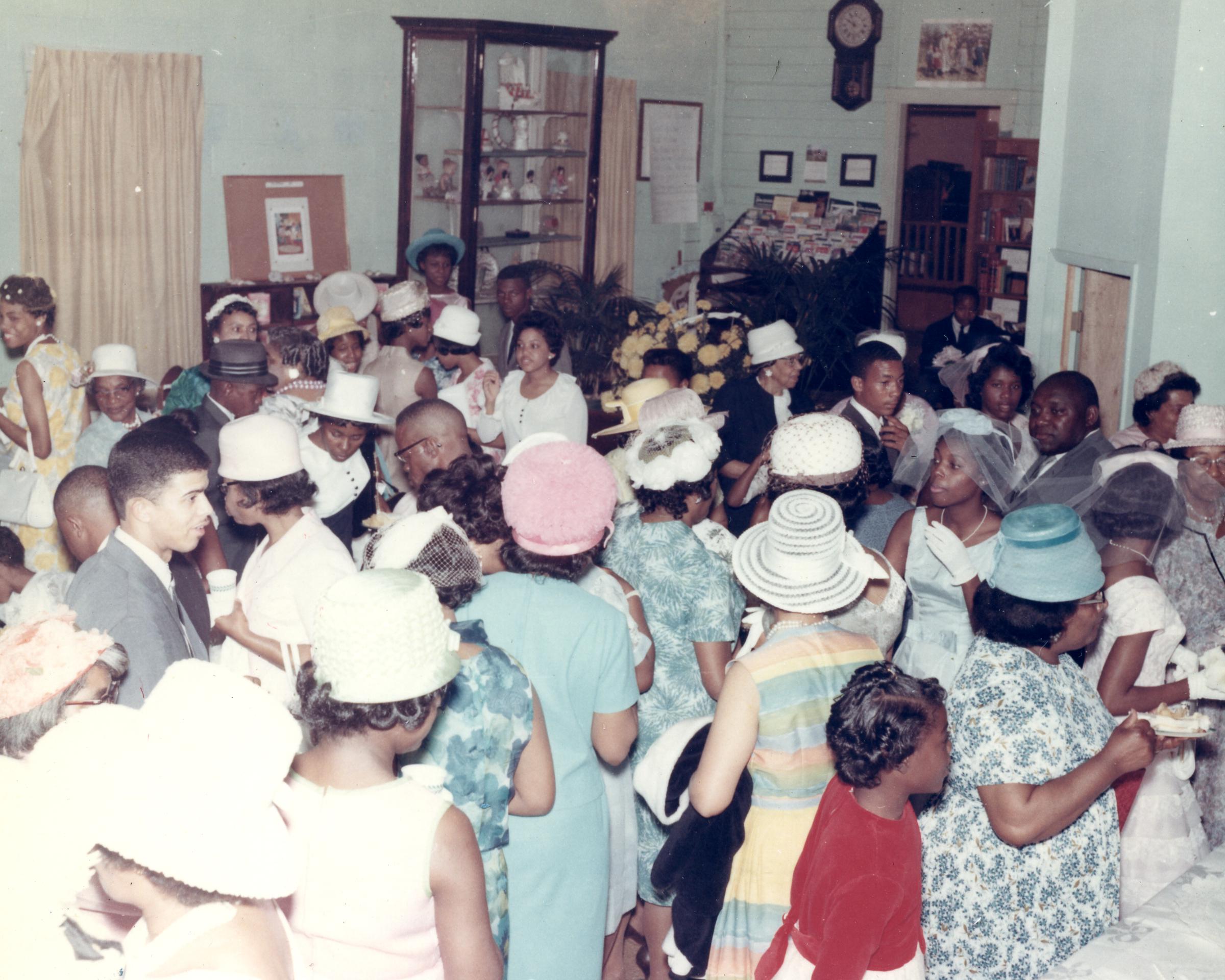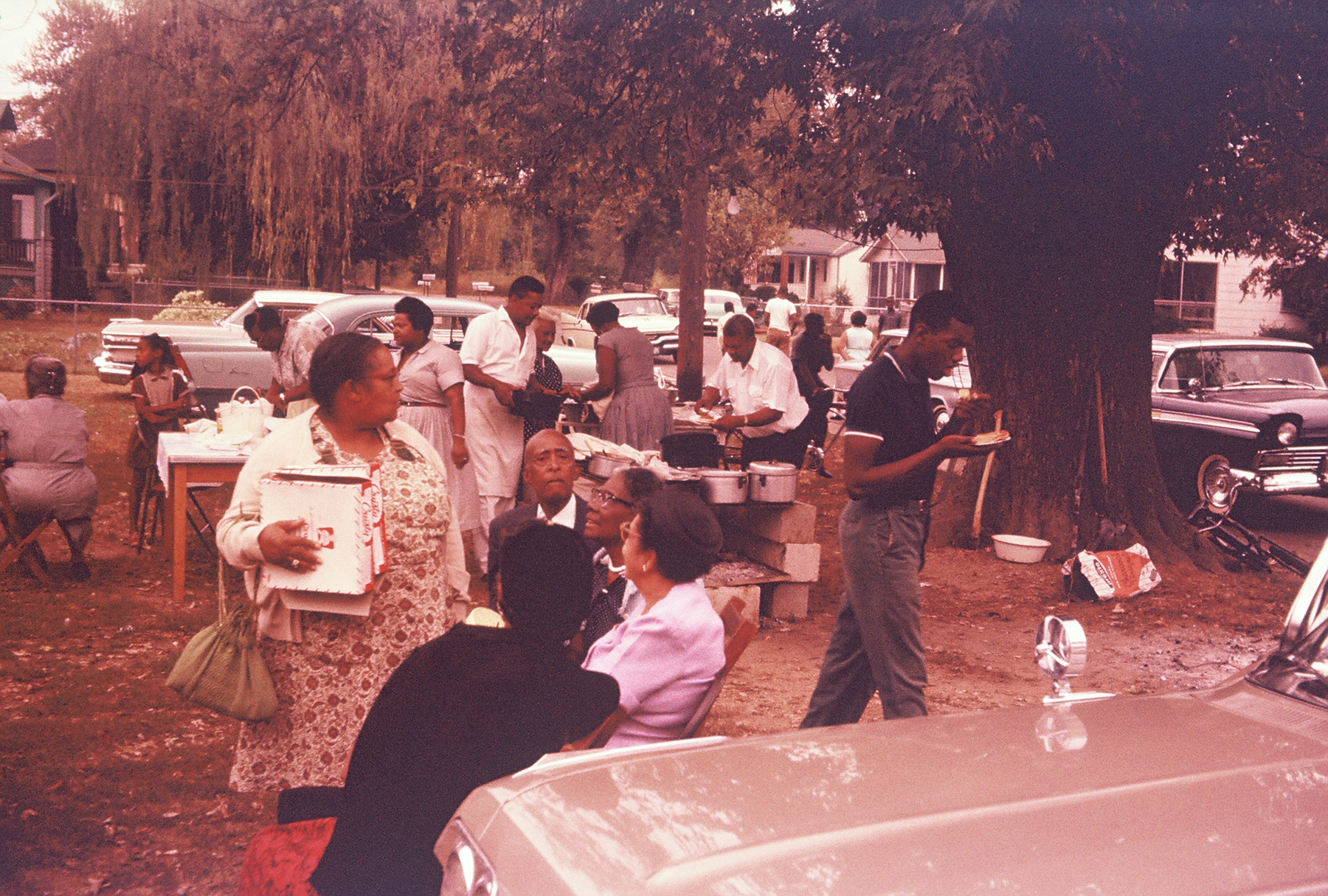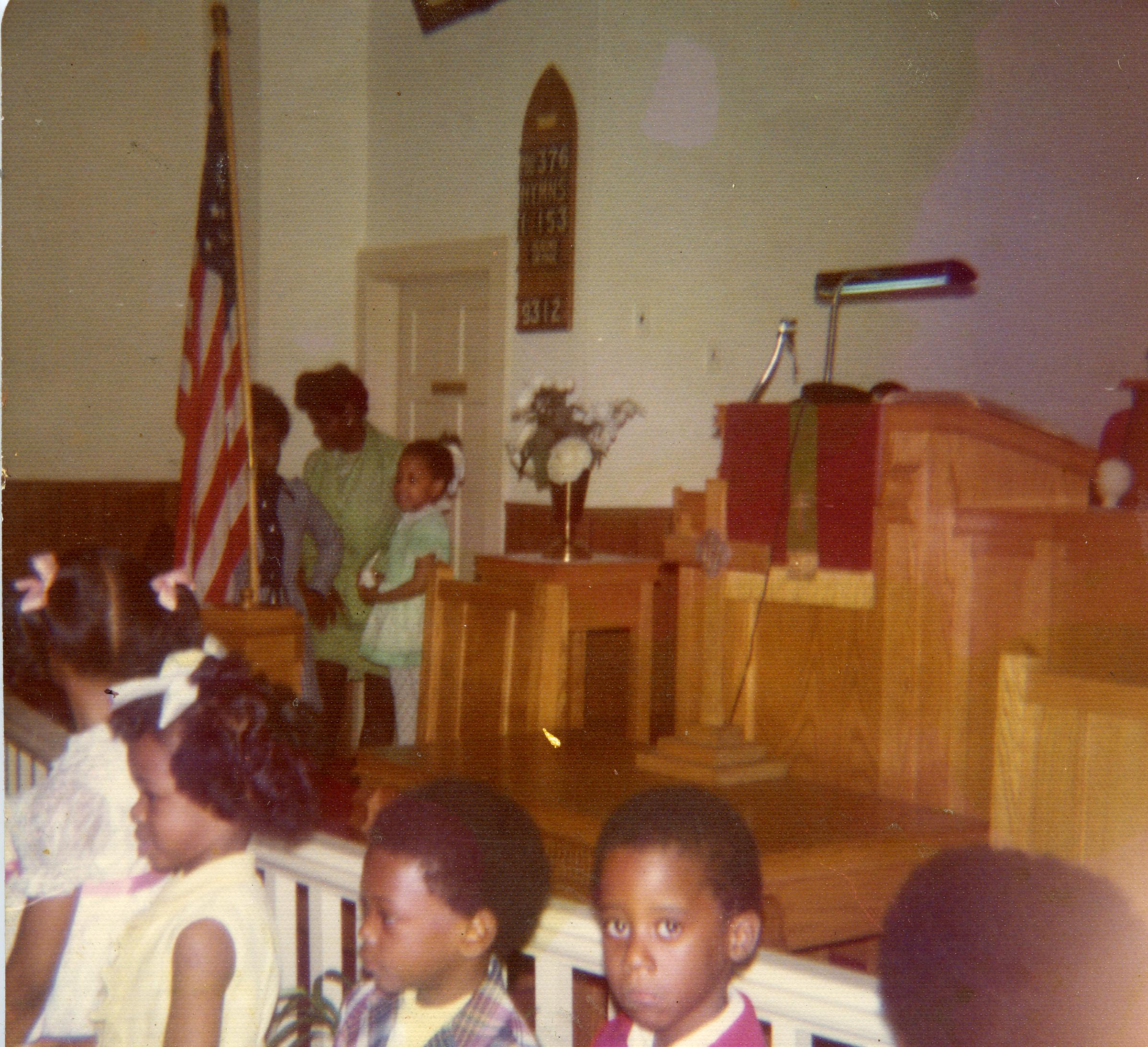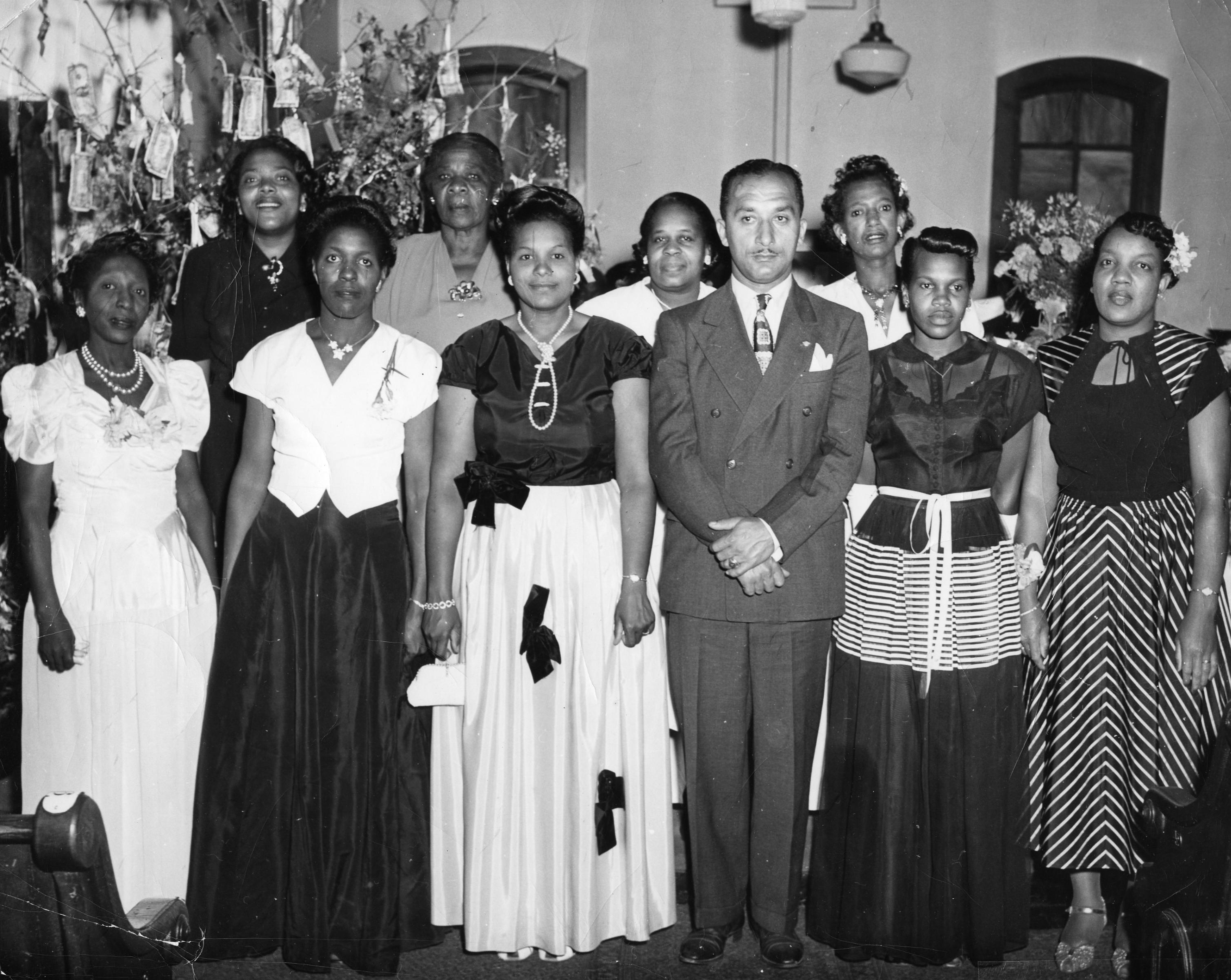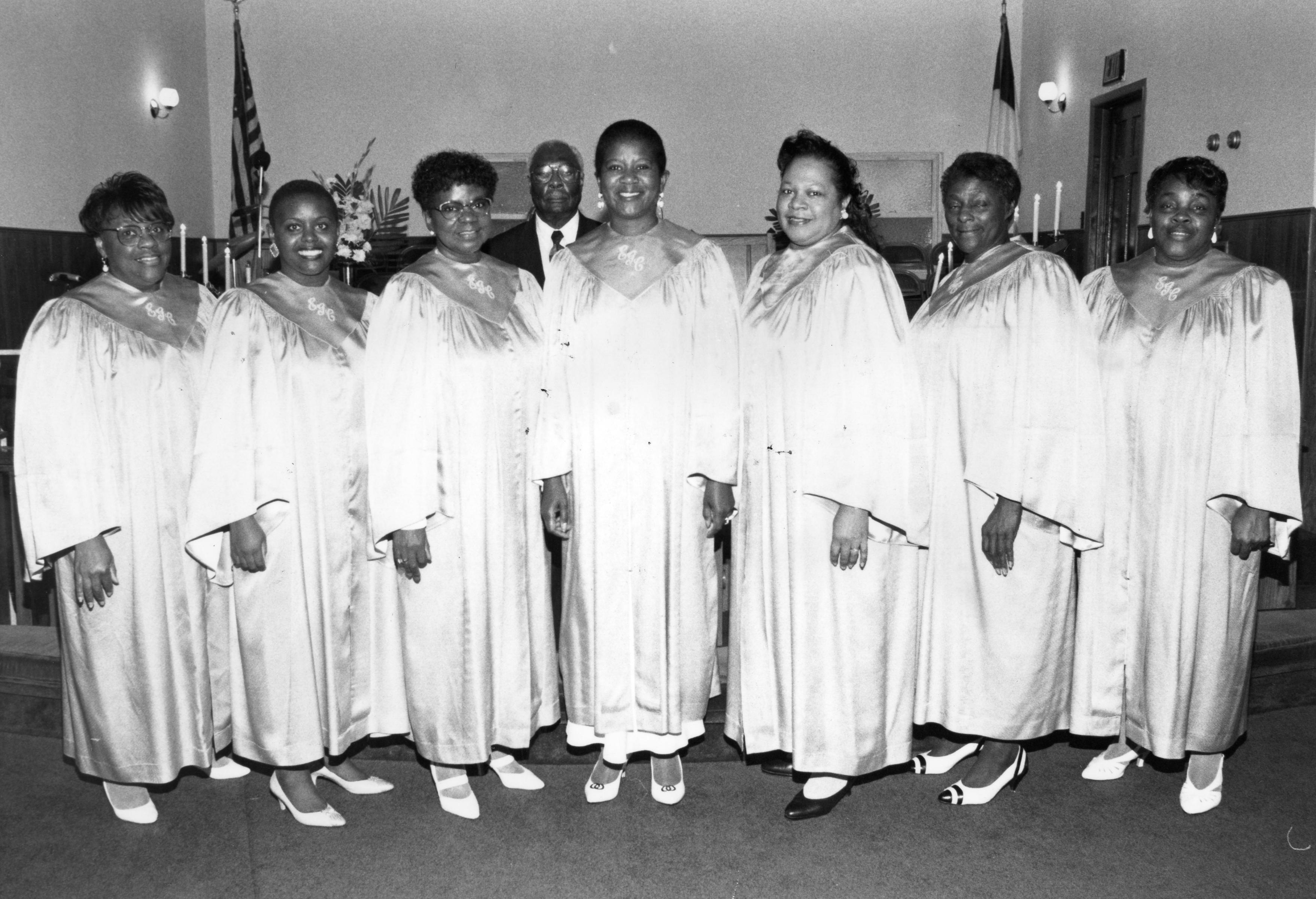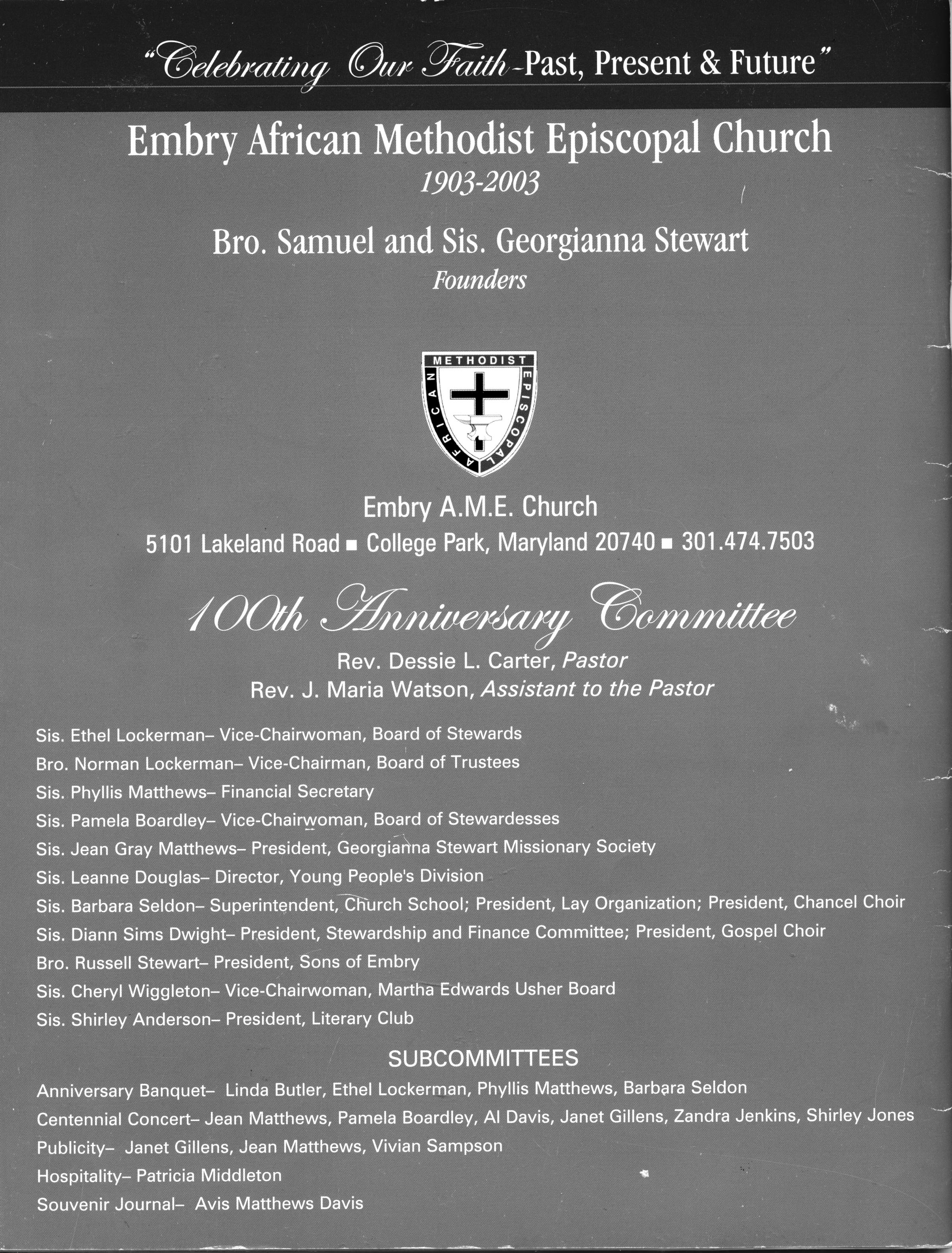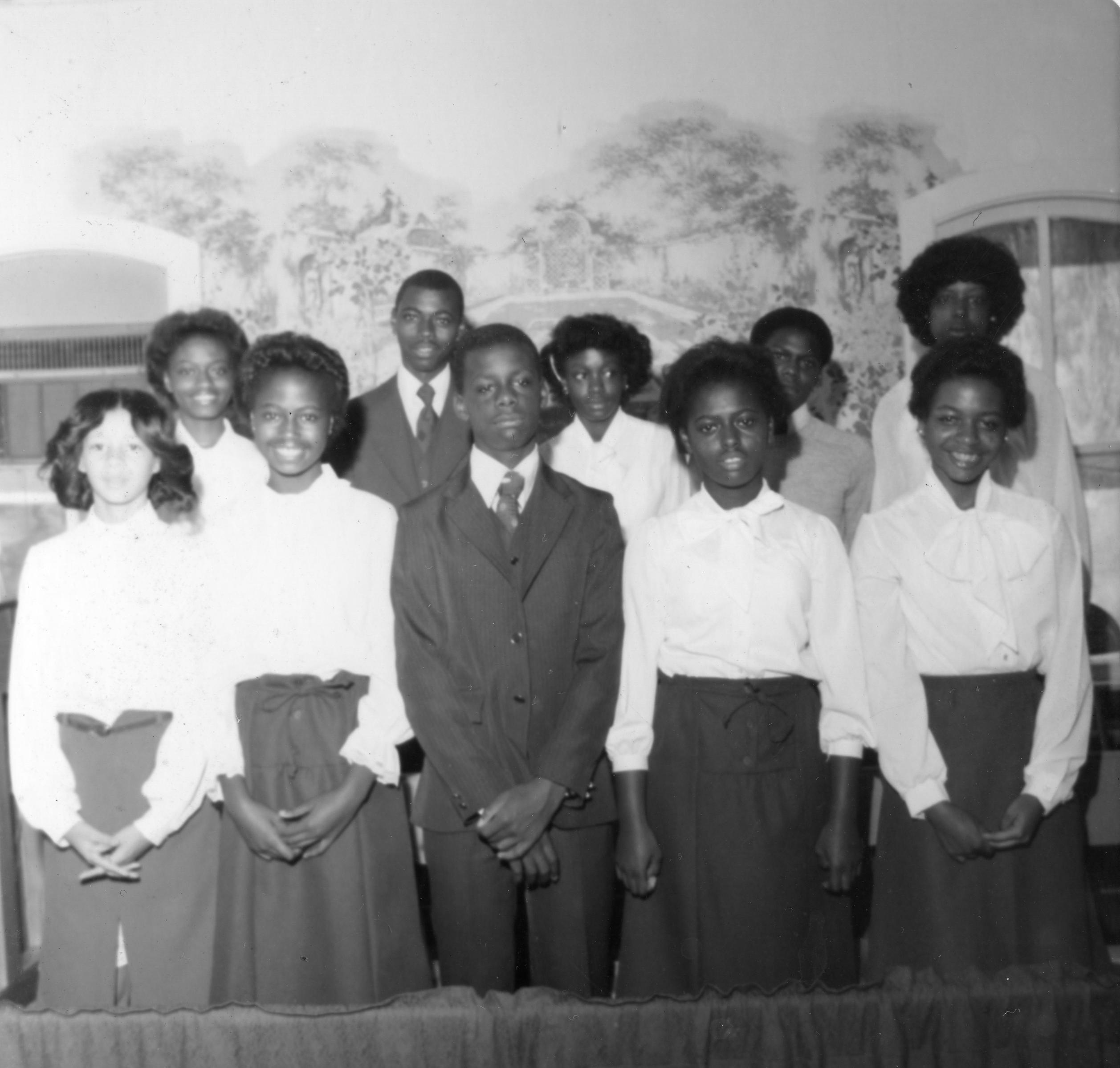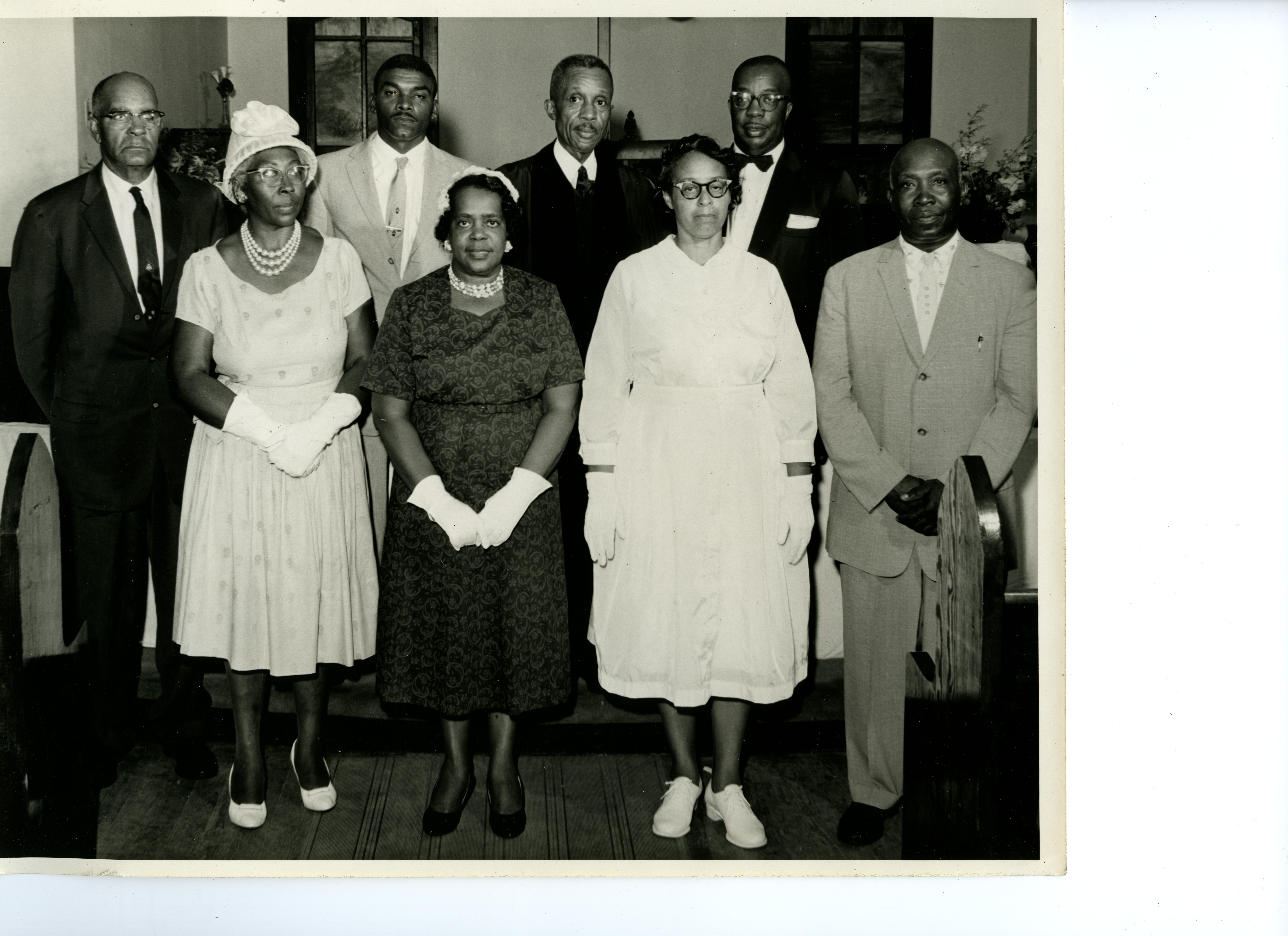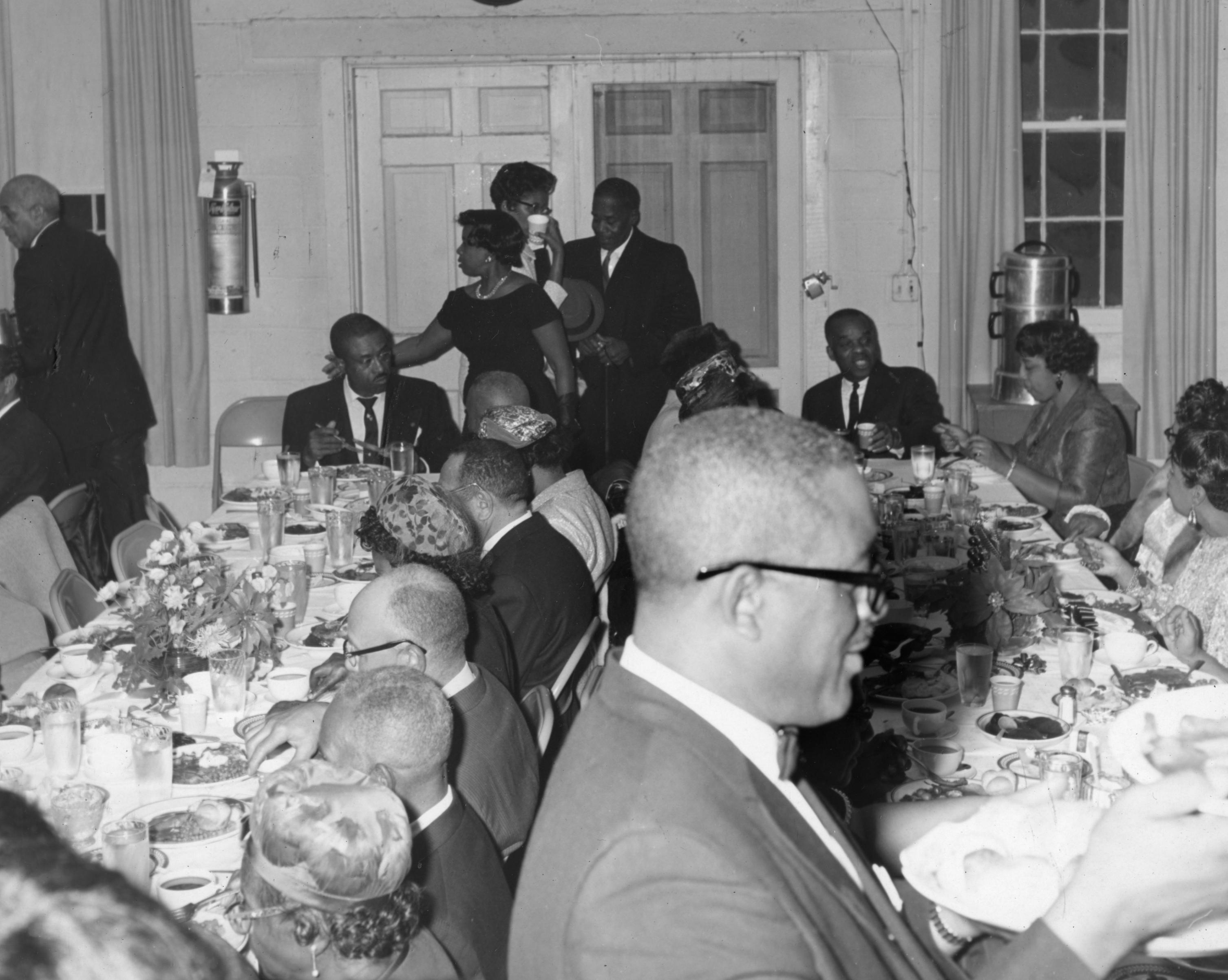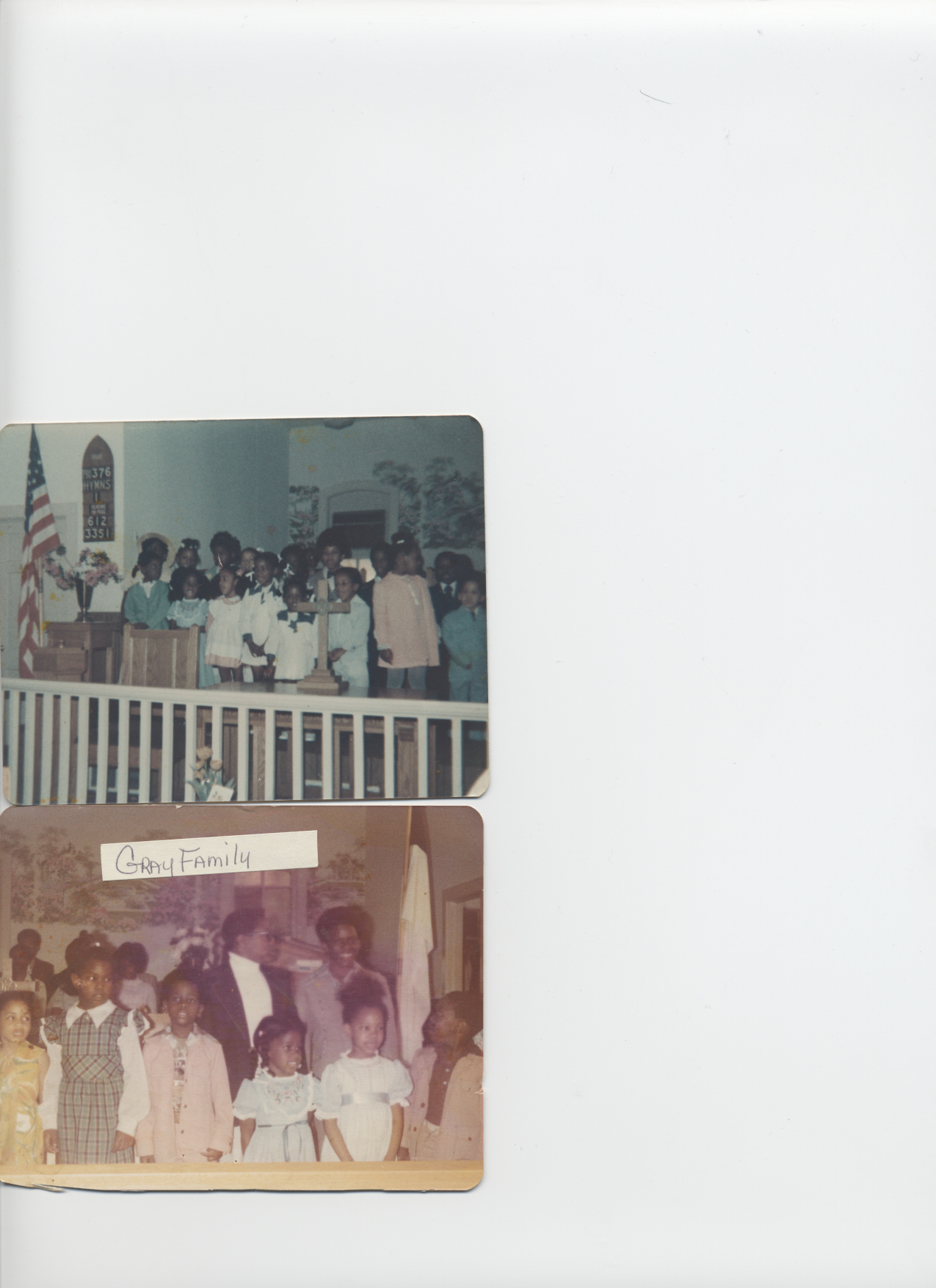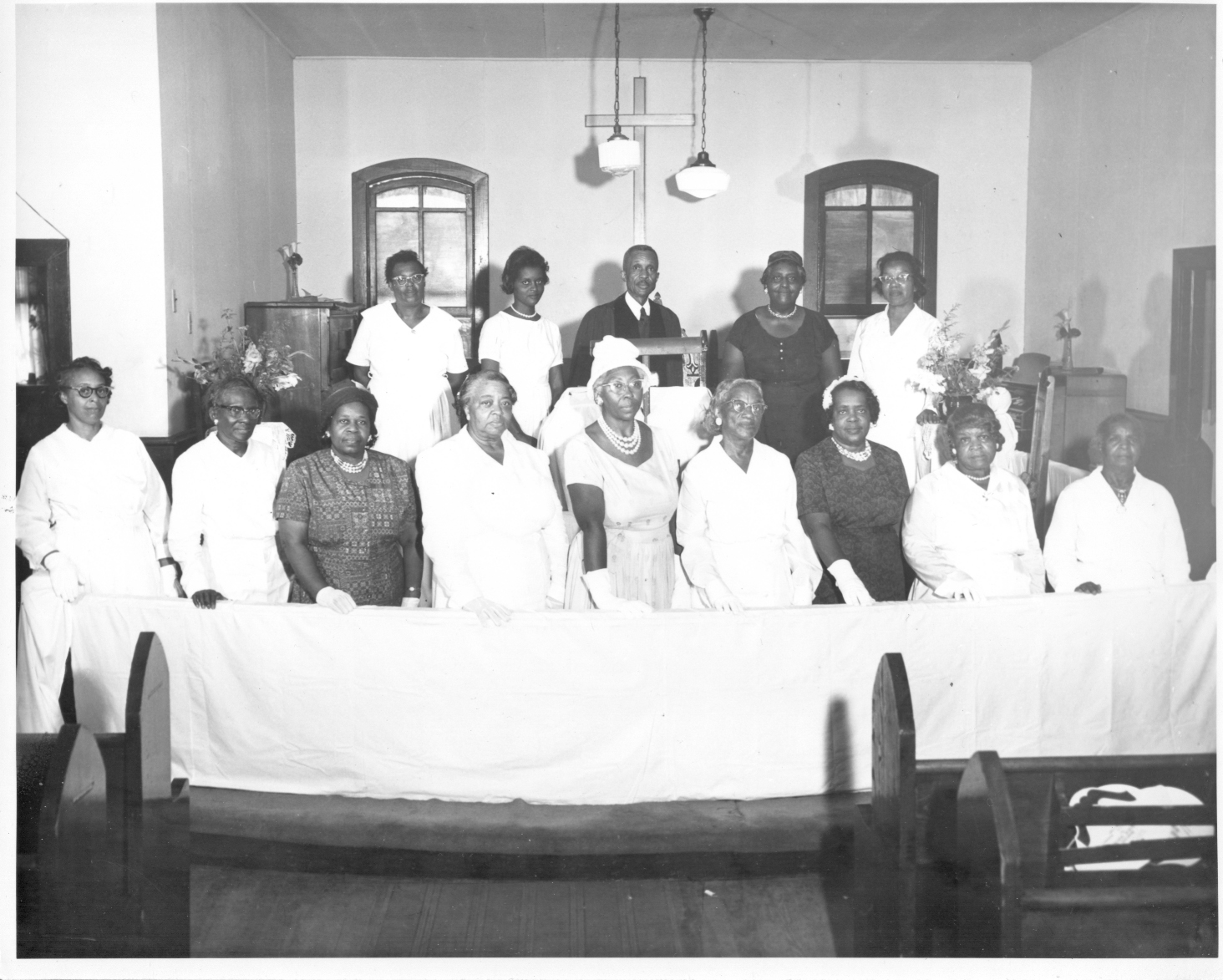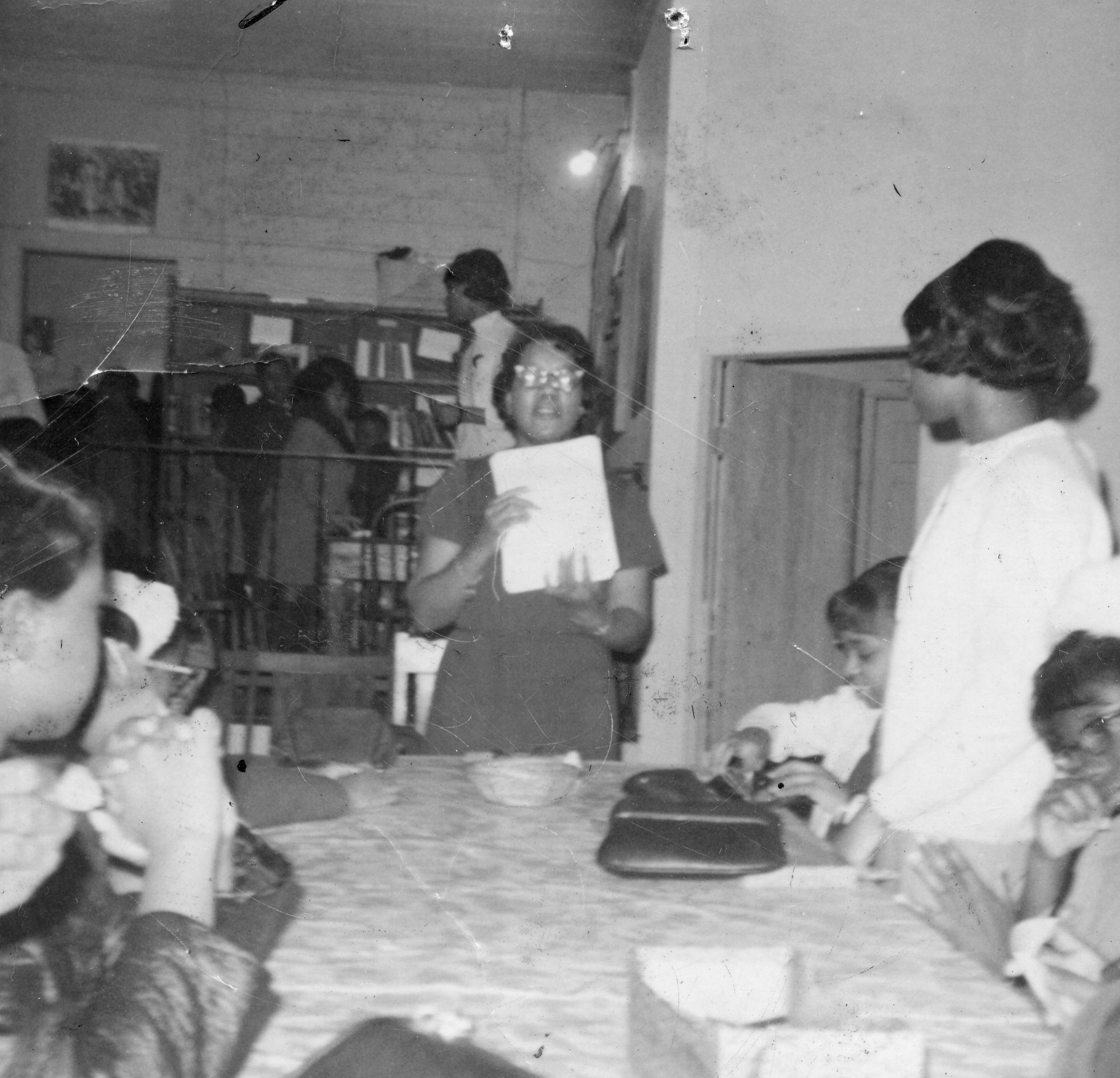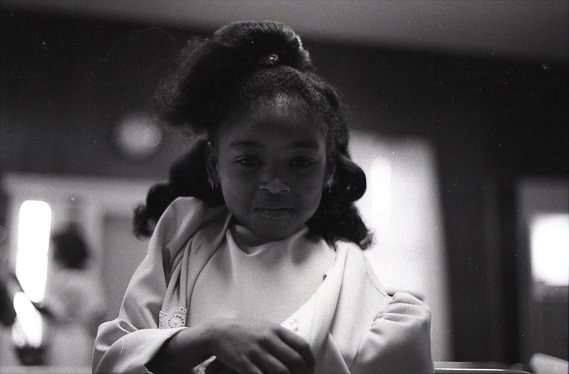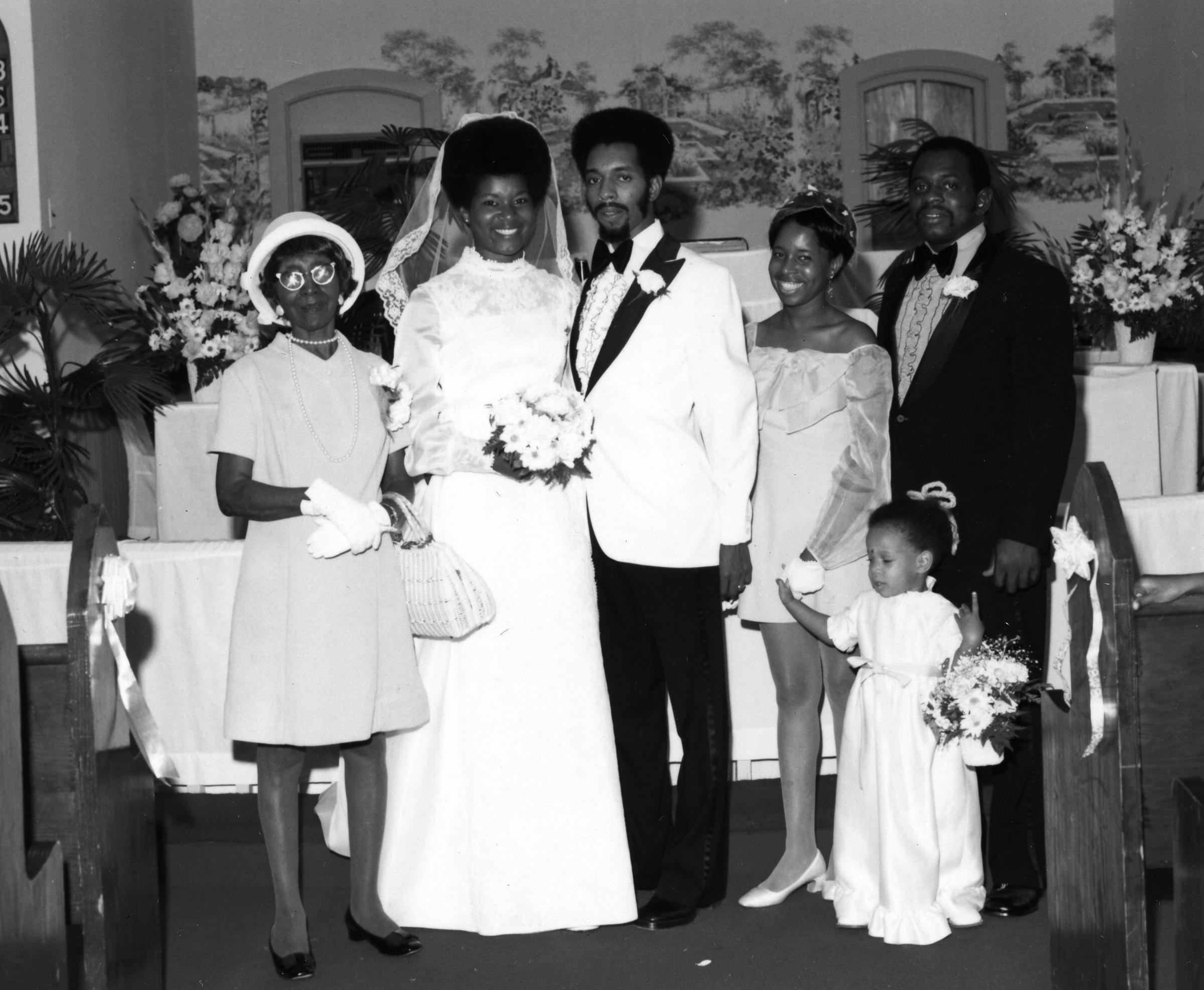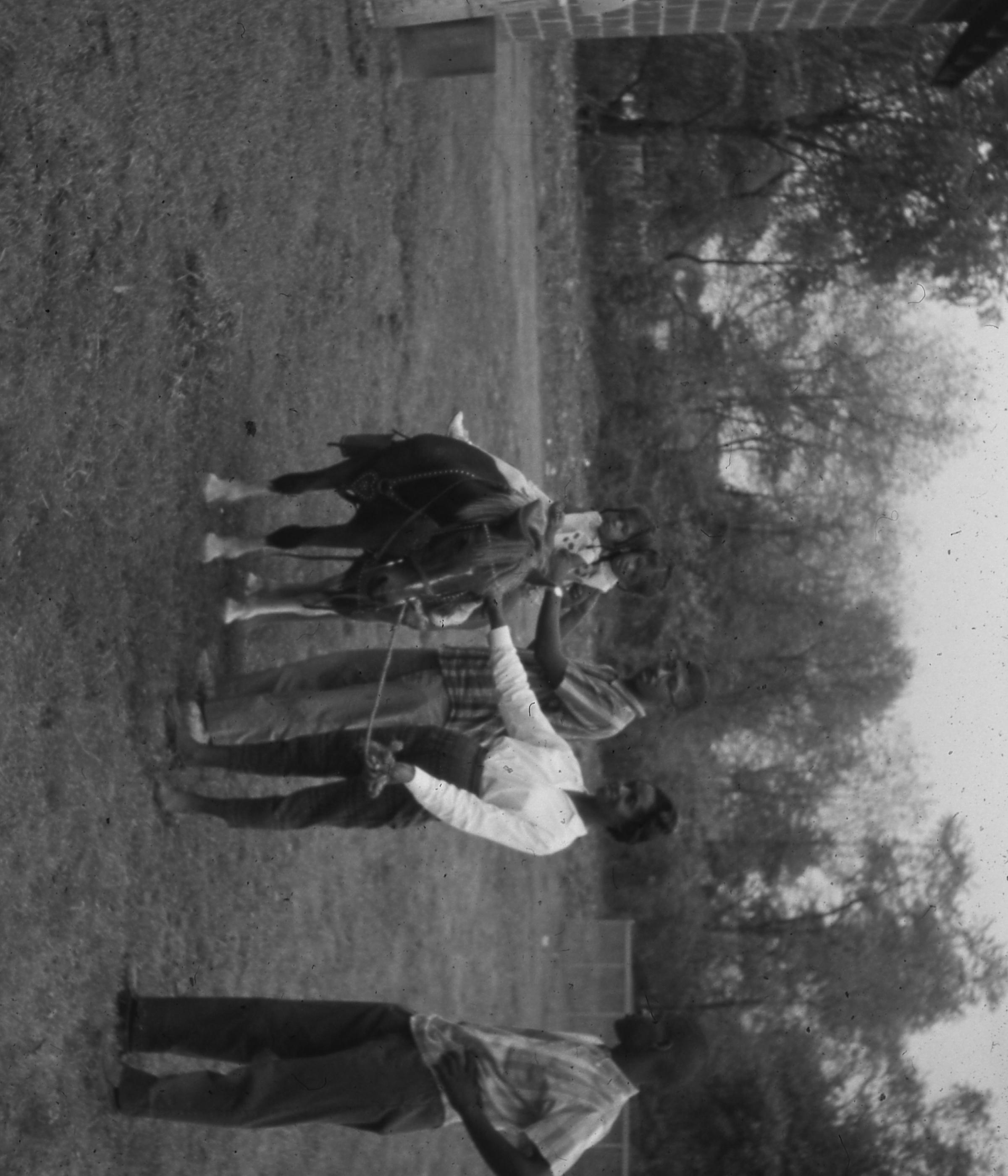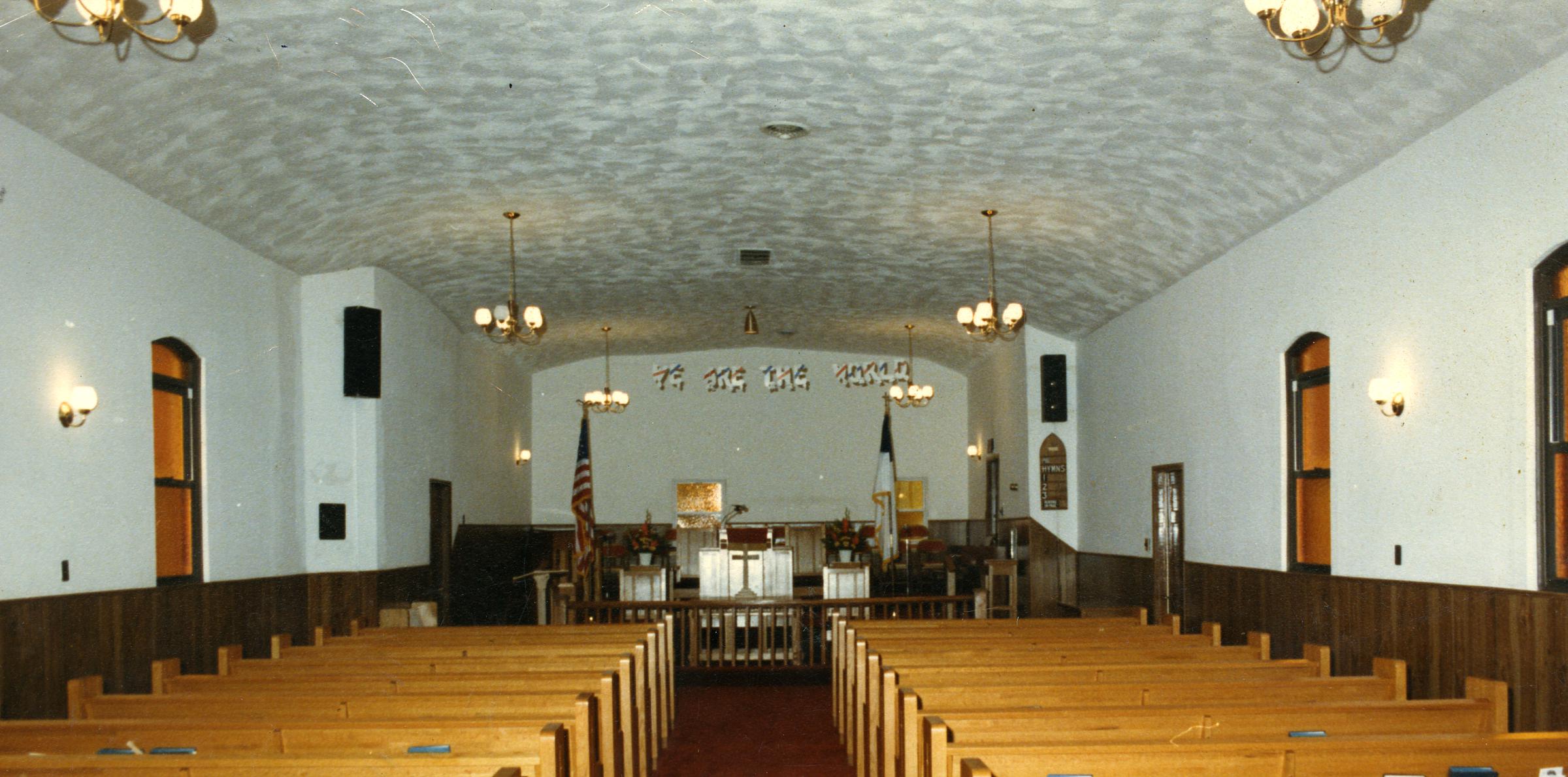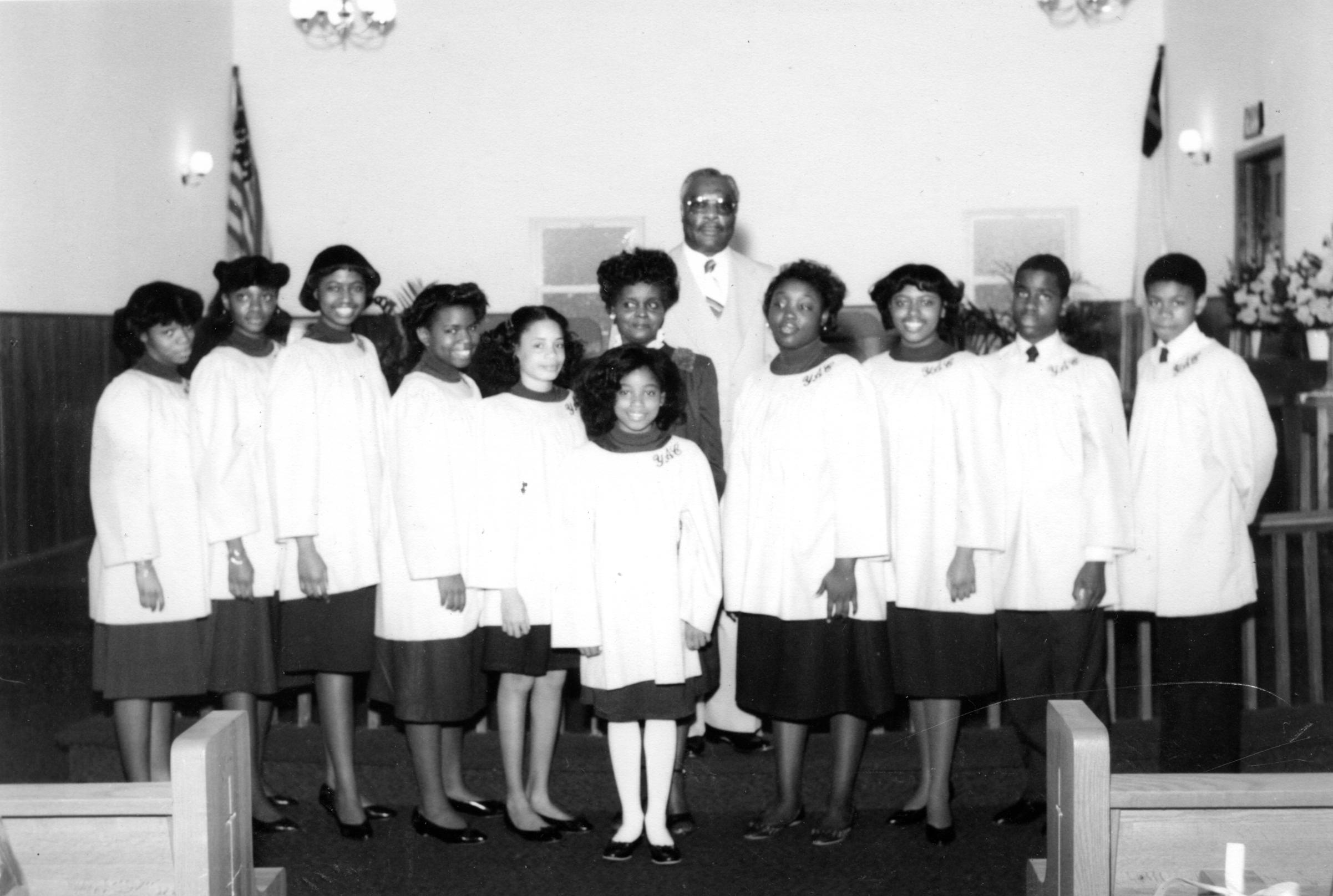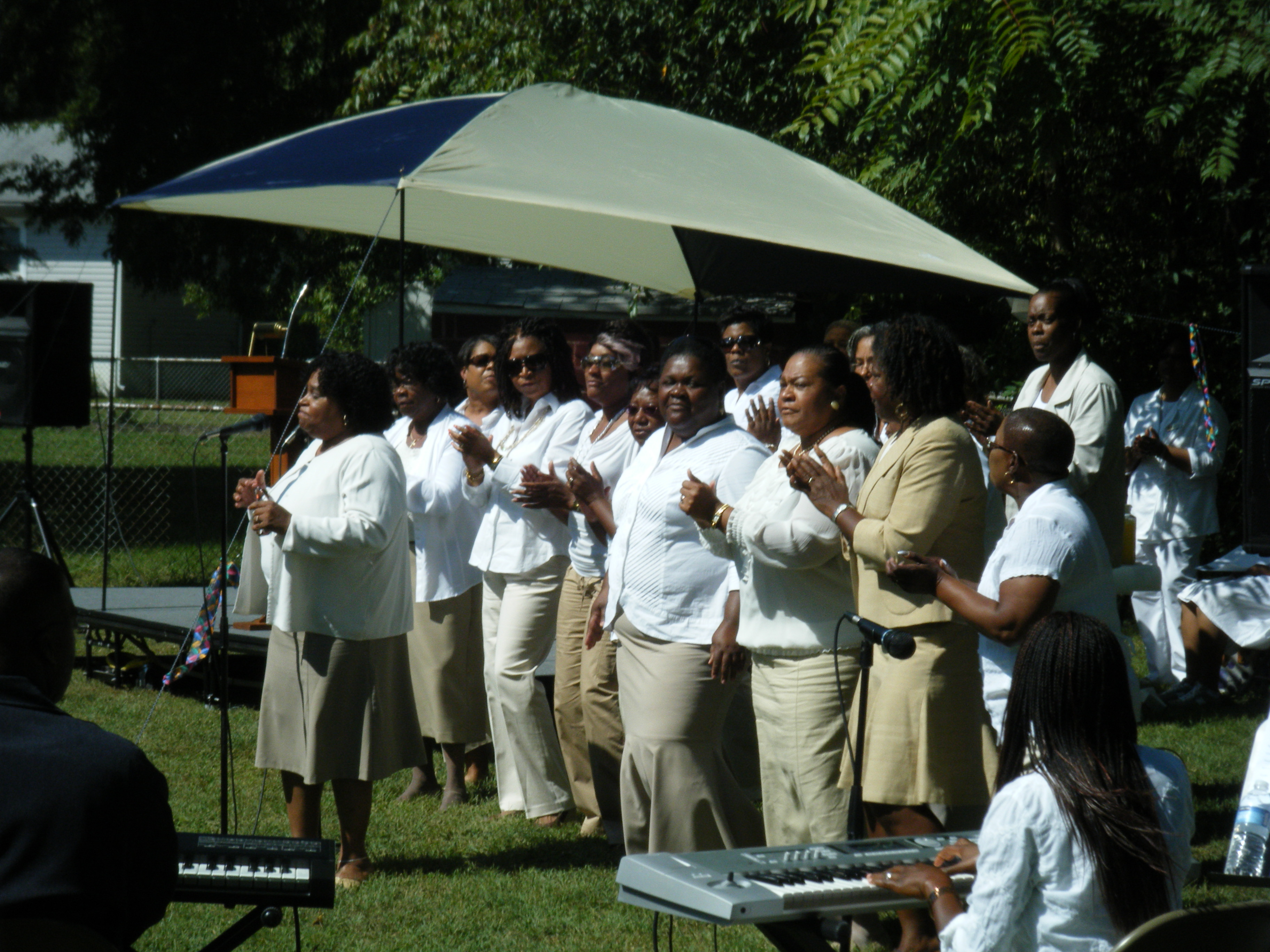Personal Background
Attended Lakeland Elementary School, Greenbelt Junior High School, and Parkdale High School in Riverdale, Maryland.
Mother worked as a housekeeper for the Maryland University
Father was in the Government Bureau of Mines located at the Maryland University Campus
• Parents also raised in Lakeland
Lakeland Community Participation
Attended Sunday school with Ms. Dessie Thomas
Sunday school was an important part of education
Parents were greatly involved in PTA and education of children
Lakelanders were also involved with the Lakeland Civic Association
There were summer activities for children such as the Girls Club, Boys Club in College Park, as well as the Girl Scouts
Understood Lakeland as separate from College Park
Desegregation in PG County
Ms. Weaver was the first white teacher at Lakeland Elementary
Lakeland students were bused to Greenbelt Junior High, where they were the only African American children there
There were both African American and white teachers at Greenbelt.
Was apprehensive about going to an integrated school: about making friends, fitting in, etc.
There were some small incidents of racist name calling in middle school, but generally people were inclusive
Some of the best athletes at Greenbelt were African Americans like Georgie Rounder, Jeff Briscoe, who went on to Parkdale High.
Race became a more conscious issue in high school as more incidents of racism arose and students segregated themselves
There were two violent walkouts (refusal to attend class) at Parkdale when the principal, Dr. ,made a racist remark about one of the students
Through negotiations and conversations between parents, the community was able to work the whole thing out.
There were also walkouts at the University of Maryland until they made the school more comfortable for African American students
What Made Lakeland Different
â young man whose last name was Webster was the first Lakelander to attend the University of Maryland.
African American students whom the Lakelanders met at school were from different communities with different upbringings and culture. For example, the students from East Pines were disrespectful and lacked a strong religious upbringing.
Neighbors were very active in parenting other people's as children in Lakeland
All of the homes were single-family homes, not apartments or the town houses that are on Lakeland Road today
Many of the younger Lakelanders have moved away and now there are many students who rent houses in the neighborhood
There used to be two general stores here and one was called Mr. Black's Store and the Mack's Store where Lakelanders purchased food and congregated. The Black's Store also had a dance hall attended by local youth.
Success in Lakeland
Ms. Middleton did not attend university because her favorite teacher at Parkdale High, a white woman named Dr. Lake, arranged an interview for her with the FBI and she worked there for 37 years.
Personal and collective Lakeland success attributed to the strength of the community and support of parents and religious leaders
Lakeland teachers made do with materials, even though they were substandard, and educated students well as
Gregory Lomax and other Lakeland families with some influence used their power or class status to send their children to all white schools,
Integrated schools might have better materials, but they did not have the same community feel as Lakeland schools
Memories of a Community in Decline
Used to live on Lakeland Road before urban renewal, when she moved with her parents to Pierce Avenue
After urban renewal, the neighborhood changed drastically as the community fabric weakened
Ms. Briscoe-Middleton believes that the community will continue to dissipate until eventually the University of Maryland will acquire all of Lakeland.
Playing sports in the community allowed Lakeland children to interact with non-African Americans and become more comfortable in an integrated environment
Mayday was the biggest celebration in Lakeland
The regular flooding of the community was a perennial source of anxiety for residents
However, they also had fun with roller skating, movies, a big parade every summer etc.
High school prom was an important event for Lakeland youth
There were instances of integrated couples, especially young women who wanted to take African American athletes as dates; you just didn't take anybody home.
Janet Winnatin
• Patricia was very good friends with a white girl named Janet. She asked her mother if she could visit Janet's house and after some reluctance, her mother let her. When she arrived, Janet's mother would not let her enter the house. At first Patricia did not understand, but Janet explained that it was because she was African American.
Janet was very upset because she worried that Patricia would not like her anymore and because she was disappointed in her mother.
Patricia assured her that she understood and they continued to be friends
Thoughts on the Future
Patricia has a granddaughter who is 13 who doesn't understand what segregation and discrimination were like, especially because Black History is not taught well enough in public schools.
Because of the disintegration of community in Lakeland, the area is becoming less safe and children do not have a good understanding of their heritage.
Whereas before, the area was safe and nurturing, now there is danger of muggings and an emergency light box has been installed similar to those on the University of Maryland campus.
The only anchors that may tie the community together are the Embry AME and First Baptist churches; as long as they stand and the history of Lakeland continues to be spoken, the memory of this community will survive.


